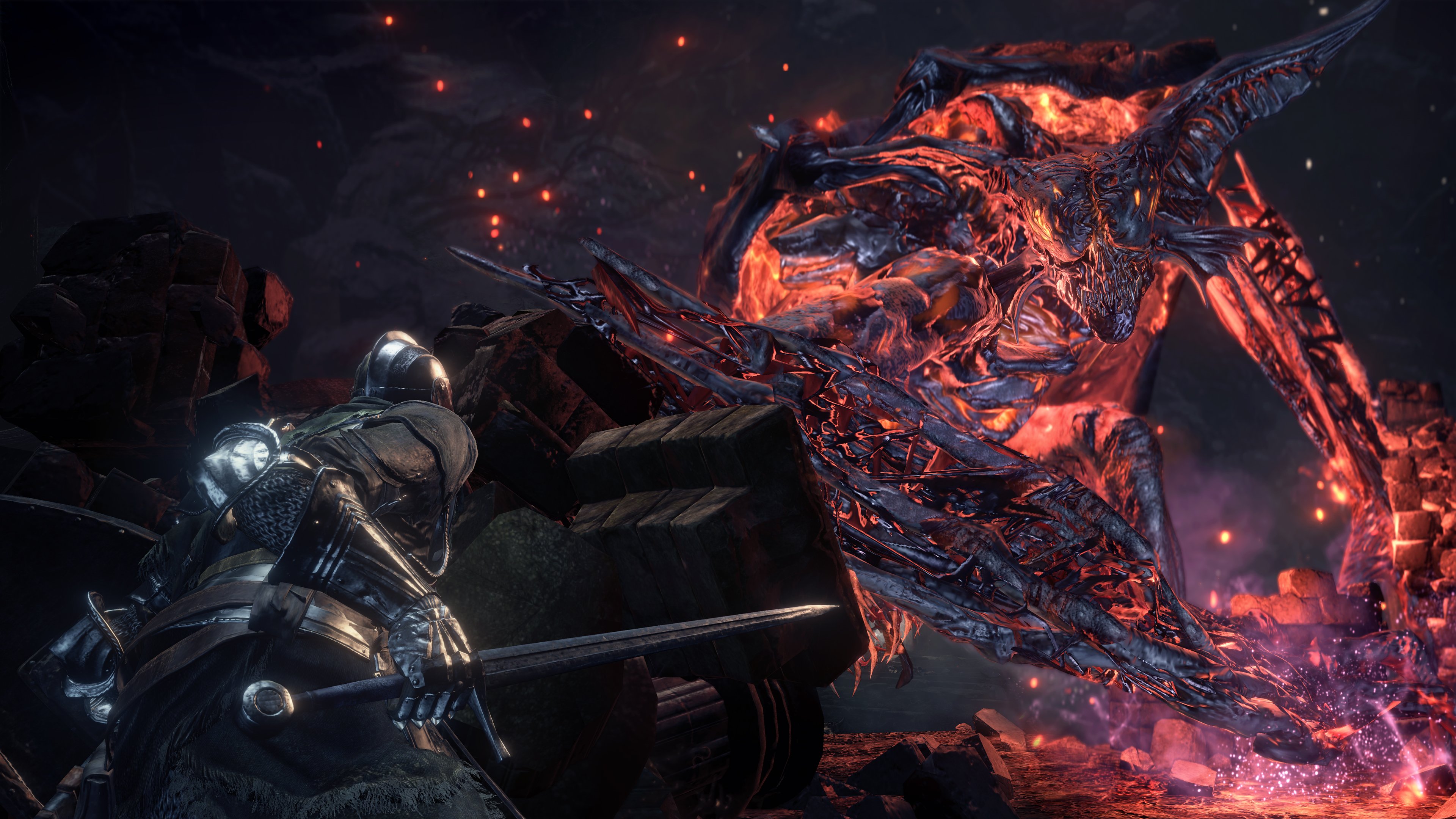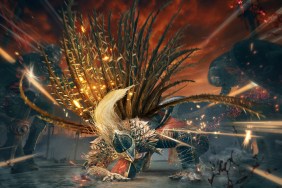Drawn like a moth to a bonfire.
The Soulsborne series is more than a feeling—it's a philosophy. Not only does it have a pervasive sense of foreboding, encumbrance, and desolation, but it's about challenge, perseverance, and a respect for old-school design that favors the death-driven trial by fire. Here, the last flickers of humanity are tested in a world of perpetual decline and confrontation, darkness in more than merely a lack of hope, light, and color, but in battle-hardened purgatory. Dark Souls III is a continuation of this philosophy—and that's more than enough.
After a quick jaunt through the robust customization options, the tutorial section, and the first boss (well, maybe not a "quick jaunt" if you're new to the series), you'll head to your home base of Firelink Shrine. Similar to its function in the first Dark Souls, it serves as a hub to the rest of the inhospitable world and a safe haven for the Fire Keeper, blacksmith, and a vendor to upgrade your weapons as well as your character through the sacrifice of accumulated souls. Its largely empty chambers will eventually be filled by numerous NPCs who you'll discover across Lothric.
Firelink Shrine also makes plainly apparent the backbone of the game's progression. With four out of five thrones empty above the shrine's bonfire, it is your quest as an Unkindled, an Ashen One, an Undead, a pitiful soul by any other name, to seek the Lords of Cinder and, through their defeat, return them to their thrones and link the fire from the ages of old. Along the way, you'll need to best more than several Heirs of Fire who will block your passage, testing your mettle and ensuring that you have mastered combat before facing the final boss.
Fusing together the more aggressively action-oriented Bloodborne with the environments and feature set of the Souls series, Dark Souls III fits snugly. How challenging it is will depend on how experienced you are with past Soulsborne series of course and how agile you are in reacting to attack animations. Veterans will likely finish the game in roughly 20 hours, whereas newcomers might find themselves stuck halfway through the game after 40 hours. That's just an indication of how stark the difference in experience can be depending on your skill level.
But no matter your ability, Dark Souls III will reward you for tenacity and learning from your mistakes. It is, as the Soulsborne games before it, a game of inches, getting further and further with each death even if it just means opening a shortcut or whittling a boss down to a quarter-health instead of half-health before returning to the dust. Most of Dark Souls III treads familiar ground when it comes to baiting enemies, rolling to the side or forward when necessary, restoring your “ember” in the same way as humanity from past titles, looking around cautiously when an item or chest seems too easy, locking on an enemy and circle-strafing properly, and keeping your distance when you need a moment for healing with an estus flask. So long as you keep these core tenets in mind fastidiously—while upgrading the quantity and quality of your estus flask, of course—you'll survive in due time.
That said, Dark Souls III takes a cue from its immediate Soulsborne predecessor, Bloodborne, by encouraging builds that are light and either dual-wield weapons or hold a single powerful upgraded weapon with two hands. Moving around an enemy with a shield raised isn't as effective as it is in Dark Souls II as multiple enemies and bosses here have attacks that will go through the shield or have multiple combo strikes that will deplete your stamina and break your poise if you're over-reliant on the shield. Now, the shield does have its uses in spots, but taking advantage of the invincibility frames of the roll dodge and lowering your equip load so that you can roll further and faster are more heavily encouraged.
This is in part due to Dark Souls III raising the difficulty one notch higher. Knights, in particular, appear earlier in the game and numerous enemy types, especially in the late-game areas, have attack patterns that aren't obvious and have a bit more speed than you might expect. They'll still succumb to a solid dodge and poke strategy, but you'll be punished for careless mistakes and mistimed rolls. It's a tad harder to find the exact spot to nail a backstab during combat and circle-strafing too close to an enemy can lead to a quick bash.
Pure magic builds, however, isn't as much of a viable option here, requiring at least 30 points (some would say much more that) in their respective scaling stats to be effective. Most of the new FP bar will be used for buffing spells or weapon arts that help strength and dexterity builds. It's not impossible to make a mage build, but it will take heavy investment in the attunement stat as well without ignoring vigor too much for health.
Most of these difficulty tweaks also applies to bosses, many of which are at least three times bigger than your character and have some elemental affinity. In fact, if it weren't for a few bosses that fire spirit magic everywhere or use a lightning-infused long-range weapon, I would have dubbed this game "The Soul of Ice and Fire." For veterans, the first several bosses will be a breeze given their lower health pool, though they will still be challenging for newcomers, but the final string of bosses will be a challenge to defeat given their extremely high attack power and are quite memorable in their phase changes. If we're being nitpicky, though, about three or so bosses can be defeated using a similar attack strategy.
If you're lucky enough to have your ember restored, you might need to join forces with another player in co-operative play, though you run the risk of facing up to two PvP invaders, likely of the Rosaria's Fingers covenant. Luckily, the Blue Sentinels along with the Way of Blue return as well to help you battle against invaders. Purple phantoms from the Mount-Makers covenant can either join or fight invaders depending on their mood. This along with four other covenants, all of which are related to PvP, will satisfy fans who revel in the Soulsborne' online world.
The main criticism of Dark Souls III is that its world isn't as encapsulating and flexible as past Soulsborne games. Apart from a handful of branches that lead to dead-ends, the path is laid before you in a rather straightforward manner. While the environments aren't lifted straight from past Souls games, they go through the gamut of washed-out castles, temples, forests, and sewers in an inoffensive but ordinary way. On a better front, if the sky for the final boss fight isn't an homage to the Berserk manga (I would link a picture, but I don't want to ruin anything), I don't know what is.
Dark Souls III also has an issue with framerate which can dip regardless of the platform, down to 25 or 20 fps on PS4 in areas with a horde of enemies or when the game is loading environments in the background. The camera isn't as much of an issue this time around, though it still rears its ugly head if you're against a wall or closely locked onto an enemy. A few boss fights are as much a battle with the boss itself as it is with the camera in terms of locking and unlocking in the right spots.
Through climactic boss fights, bewitchingly forsaken landscapes, and heightened combat, Dark Souls III meets the lofty expectations of the Soulsborne series. Even with minor issues with linearity, framerate, and the originality of level design, Dark Souls III is an outstanding send-off for a seminal trilogy that has influenced and legitimized difficulty in games with unapologetic force. Its undying flames will be felt forevermore.
-
Very challenging combat
-
Power stances and weapon arts
-
Gorgeously eerie environments and vistas
-
PvP convenants
-
Solid boss fights, for the most part
-
A bit more linear than other Soulsborne games
-
Occasional framerate drops
dark-souls-iii
-
dark-souls-iii #1
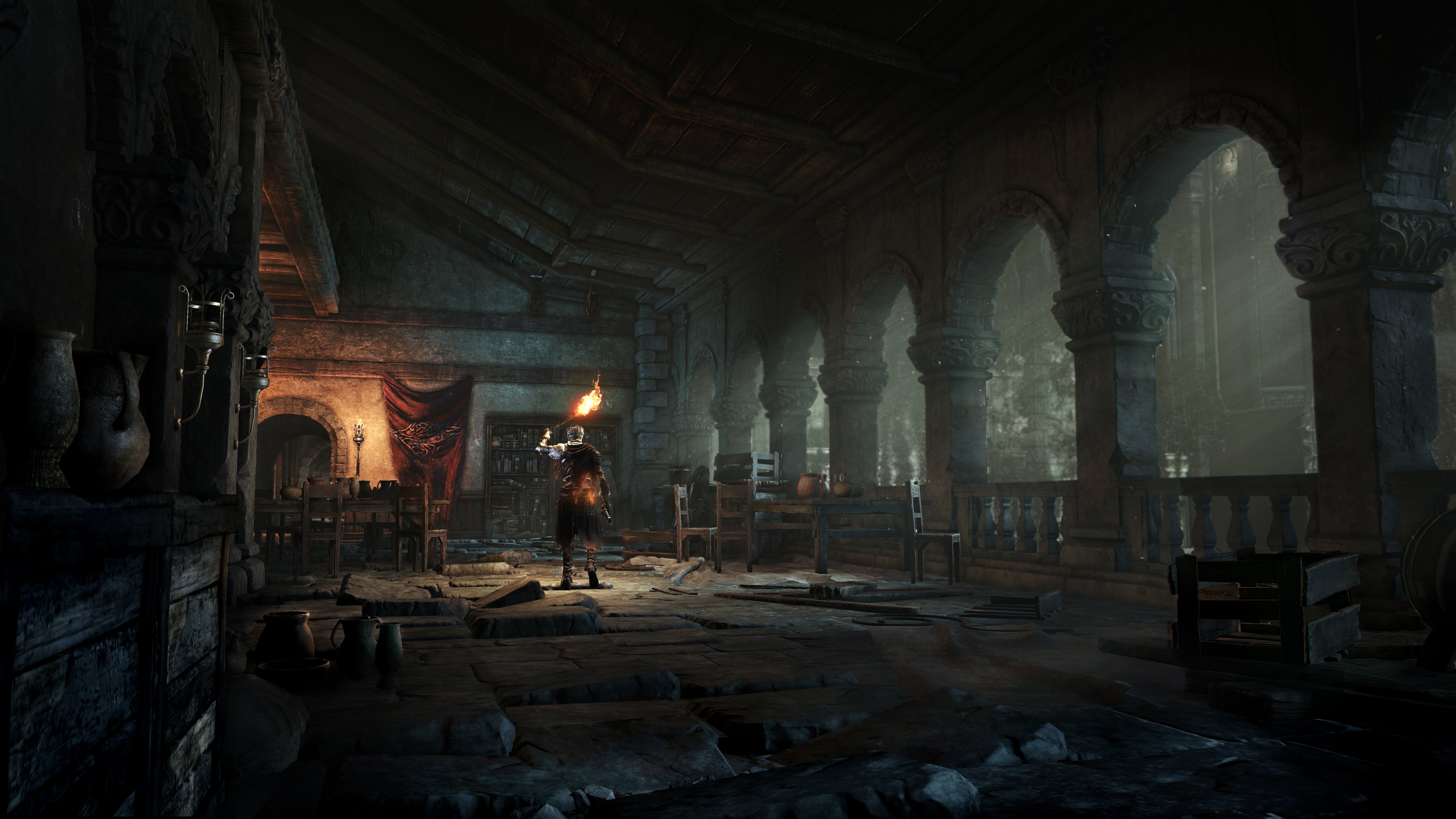
-
dark-souls-iii #2
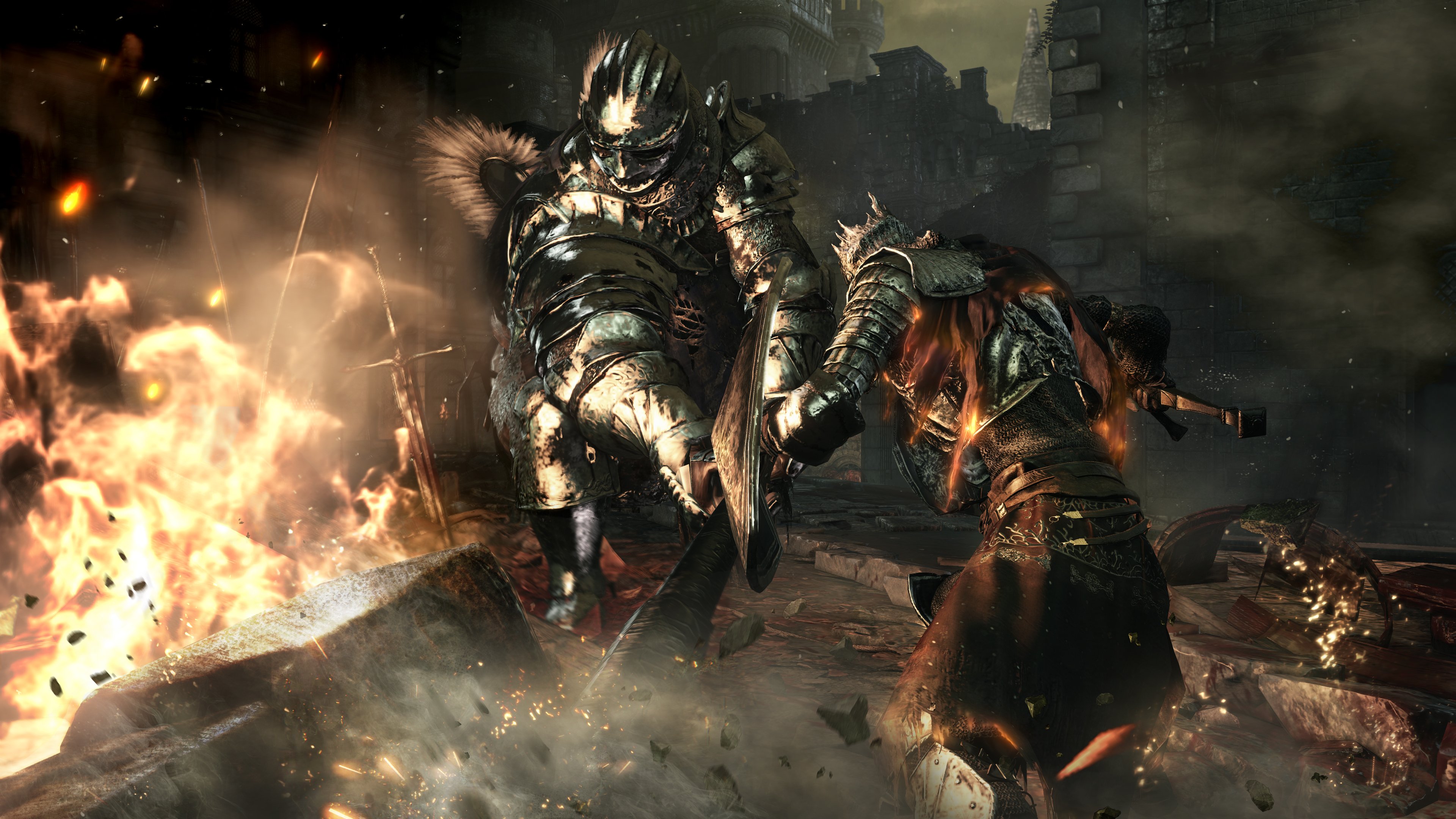
-
dark-souls-iii #3
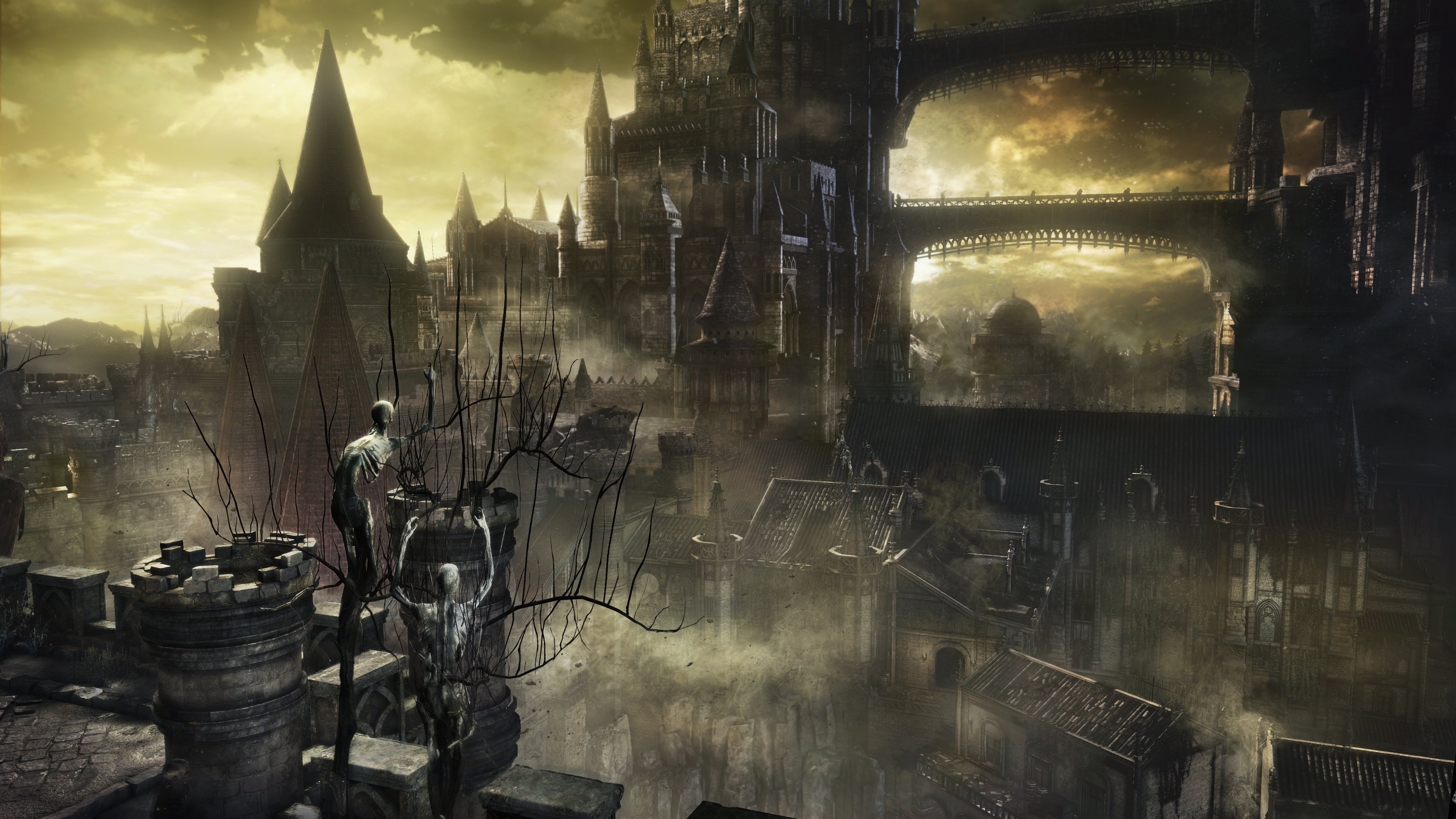
-
dark-souls-iii #4
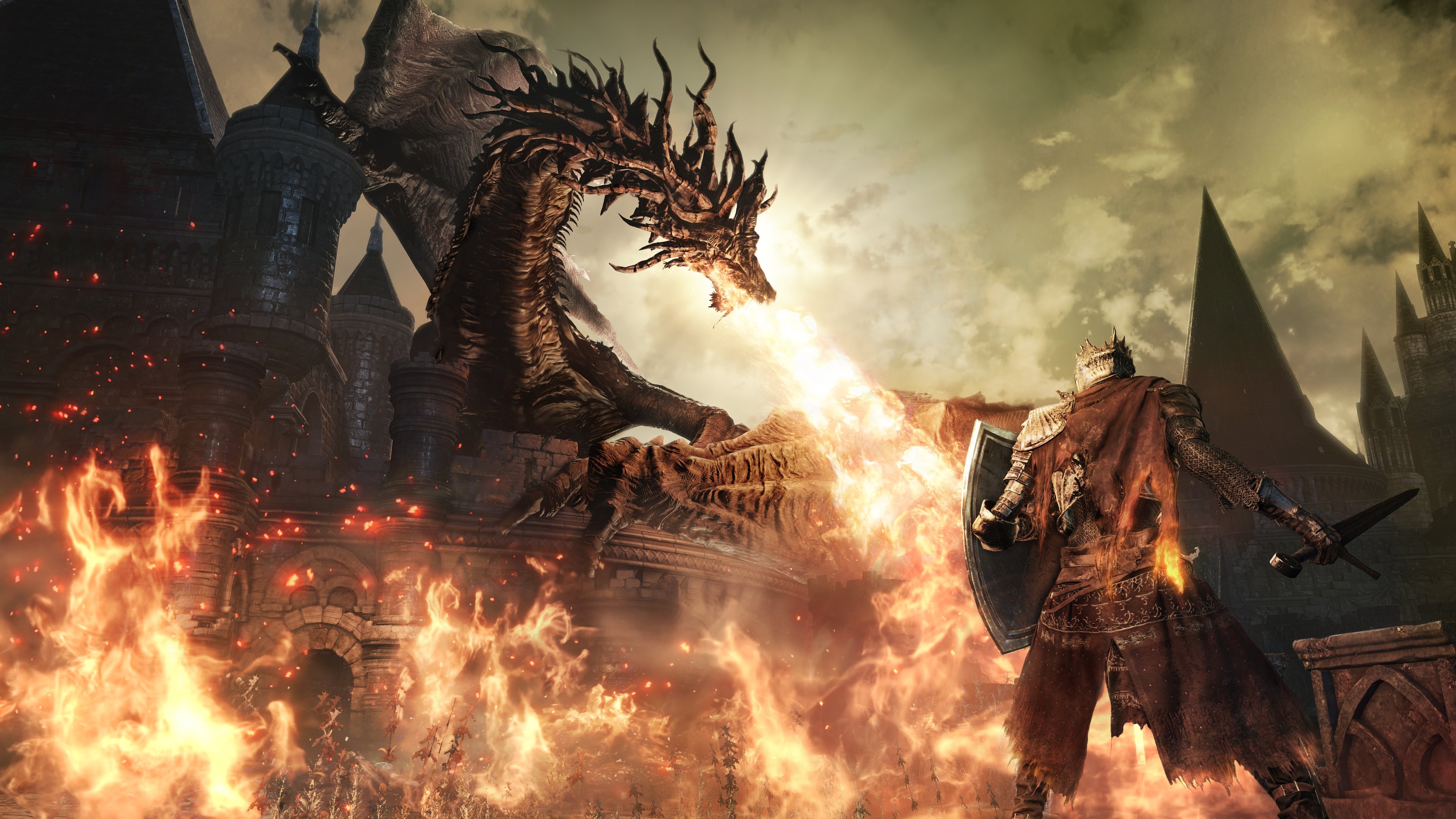
-
dark-souls-iii #5
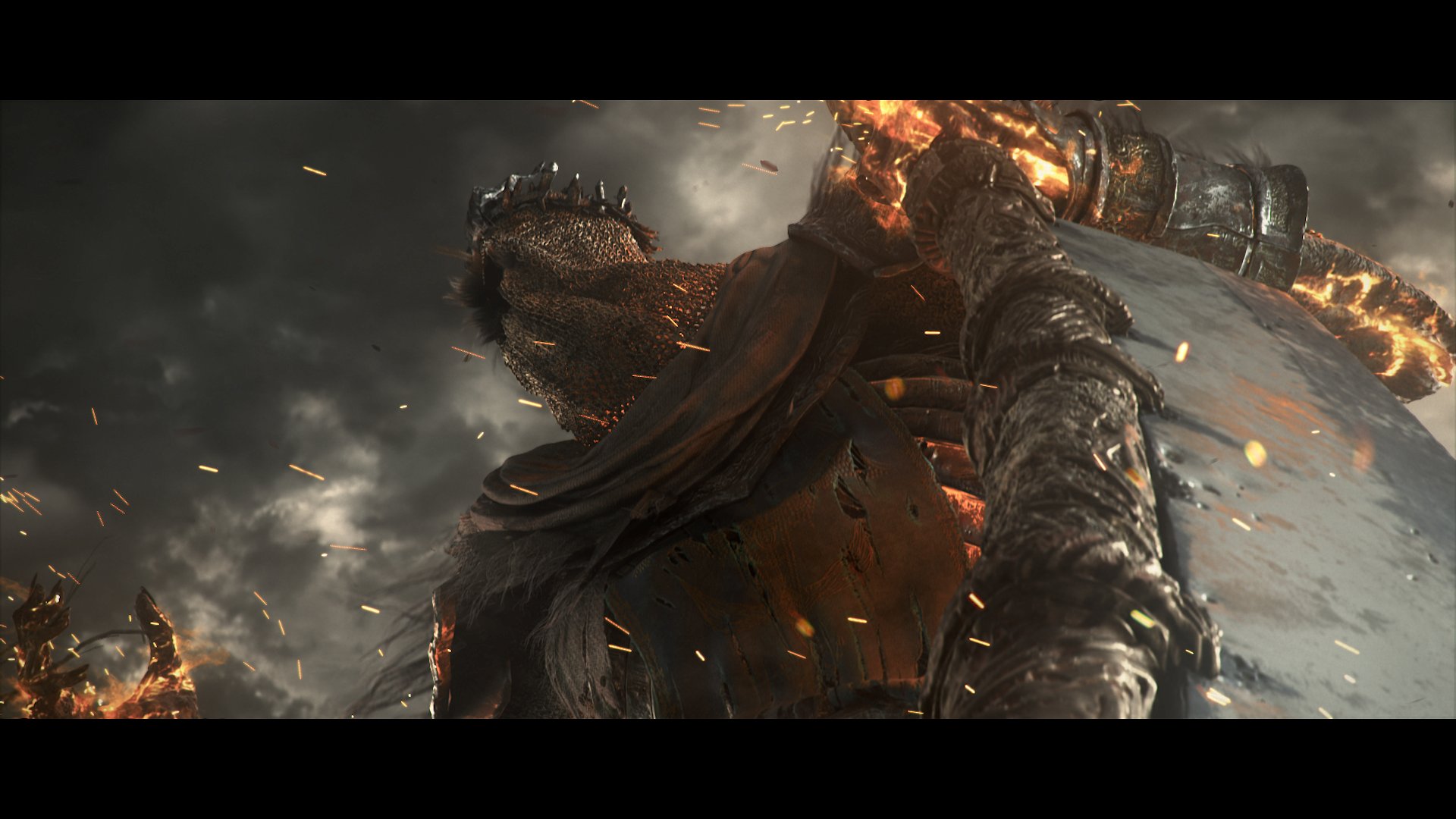
-
dark-souls-iii #6
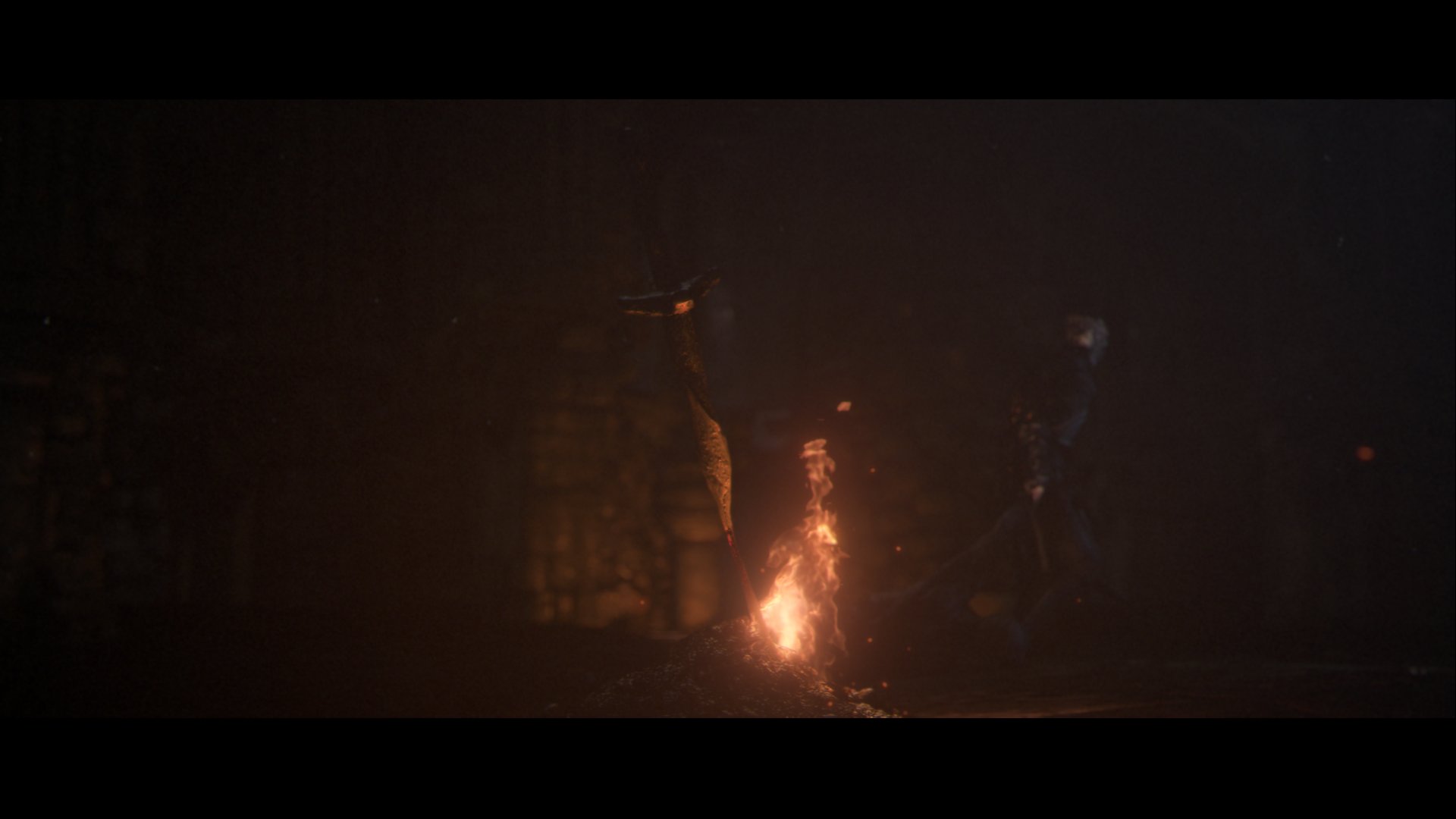
-
dark-souls-iii #7
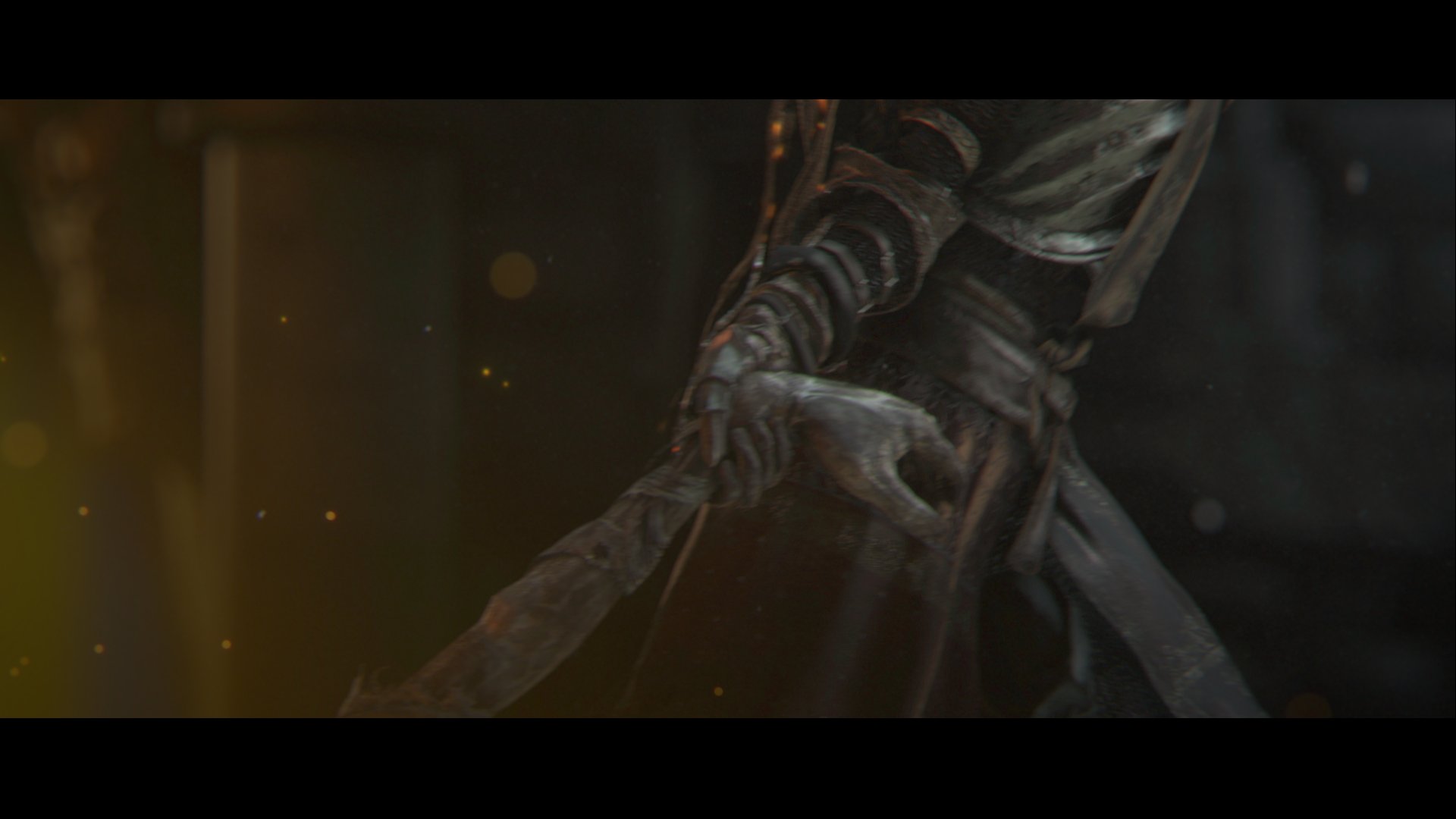
-
dark-souls-iii #8
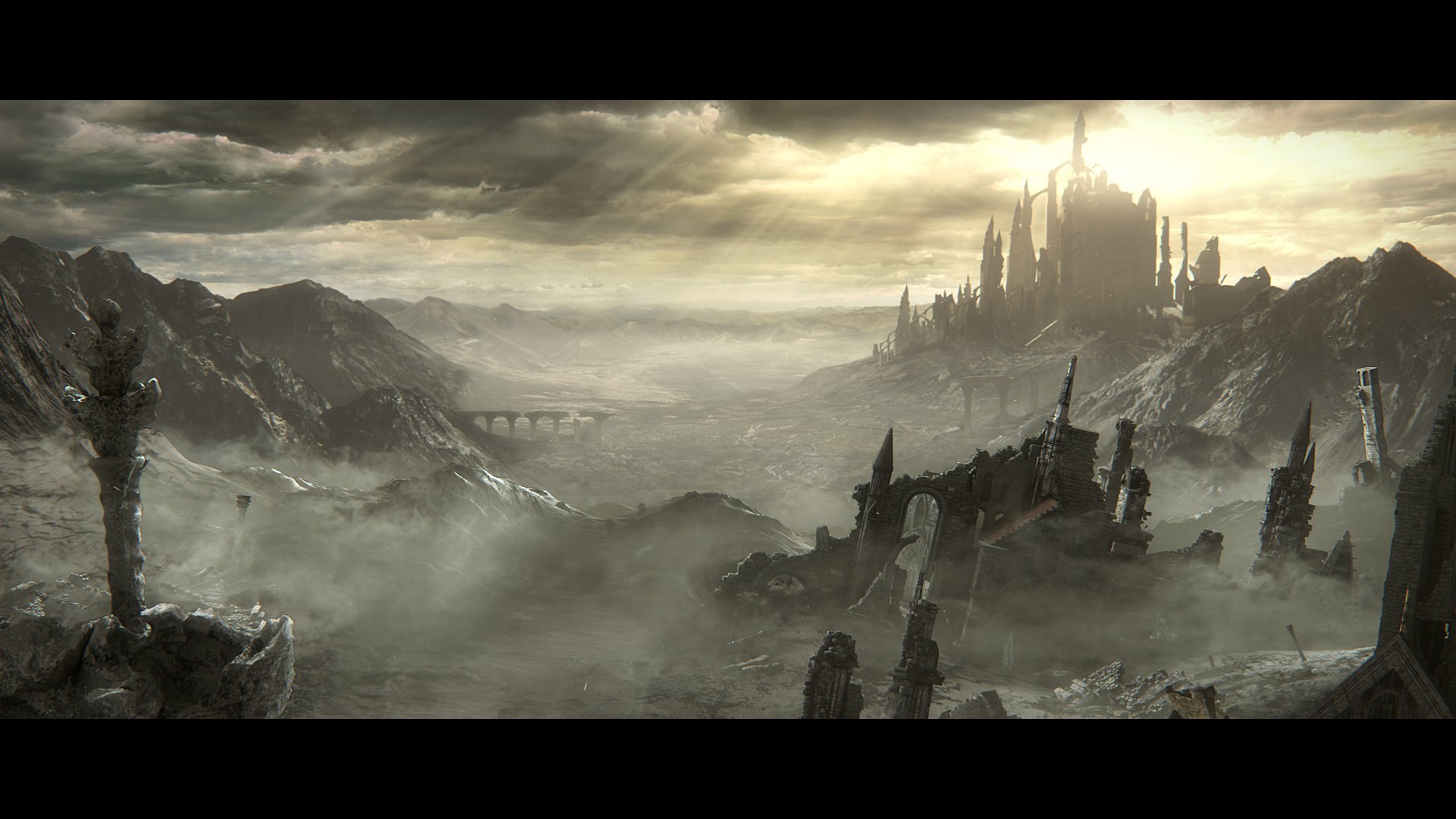
-
dark-souls-iii #9
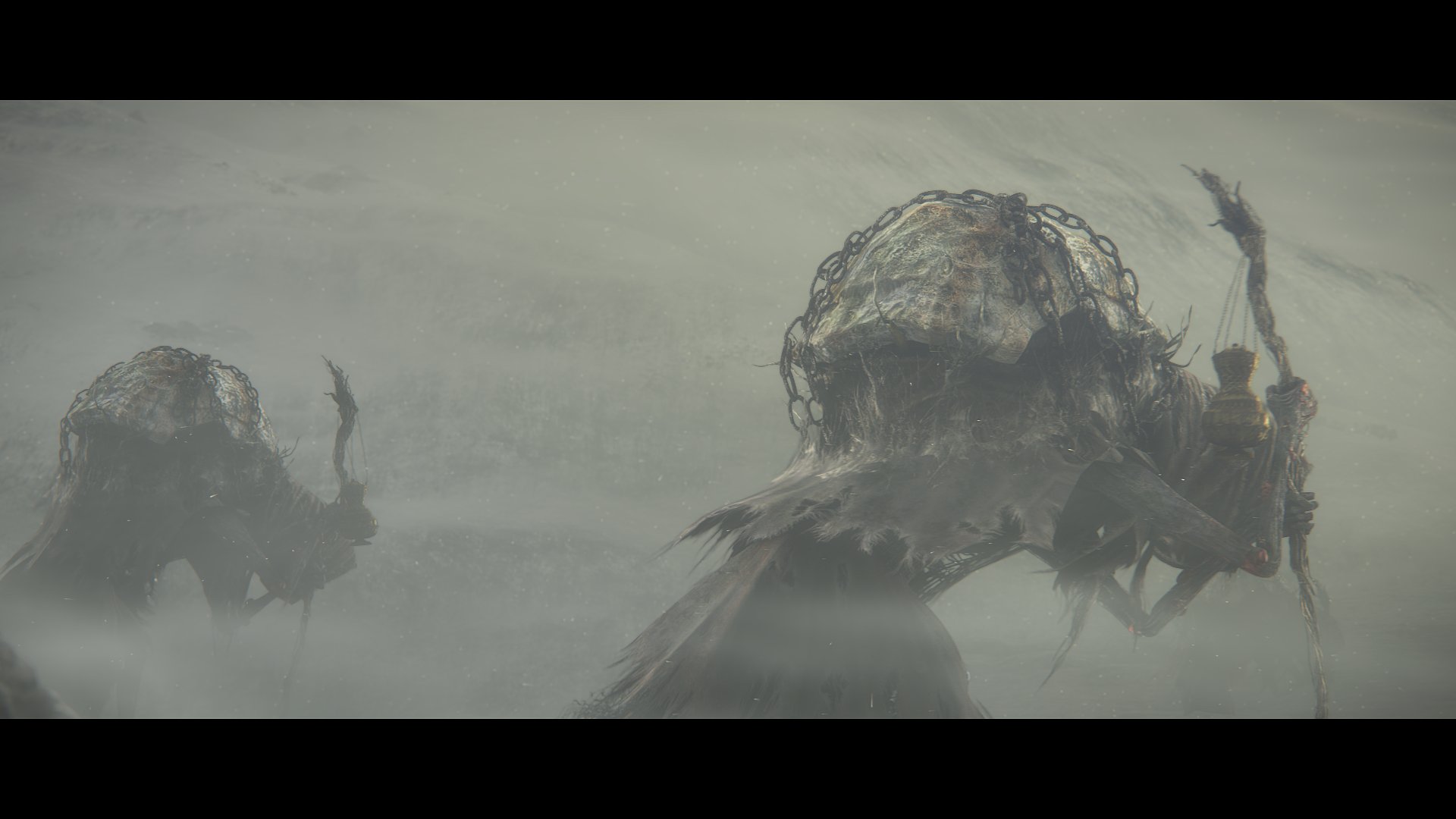
-
dark-souls-iii #10
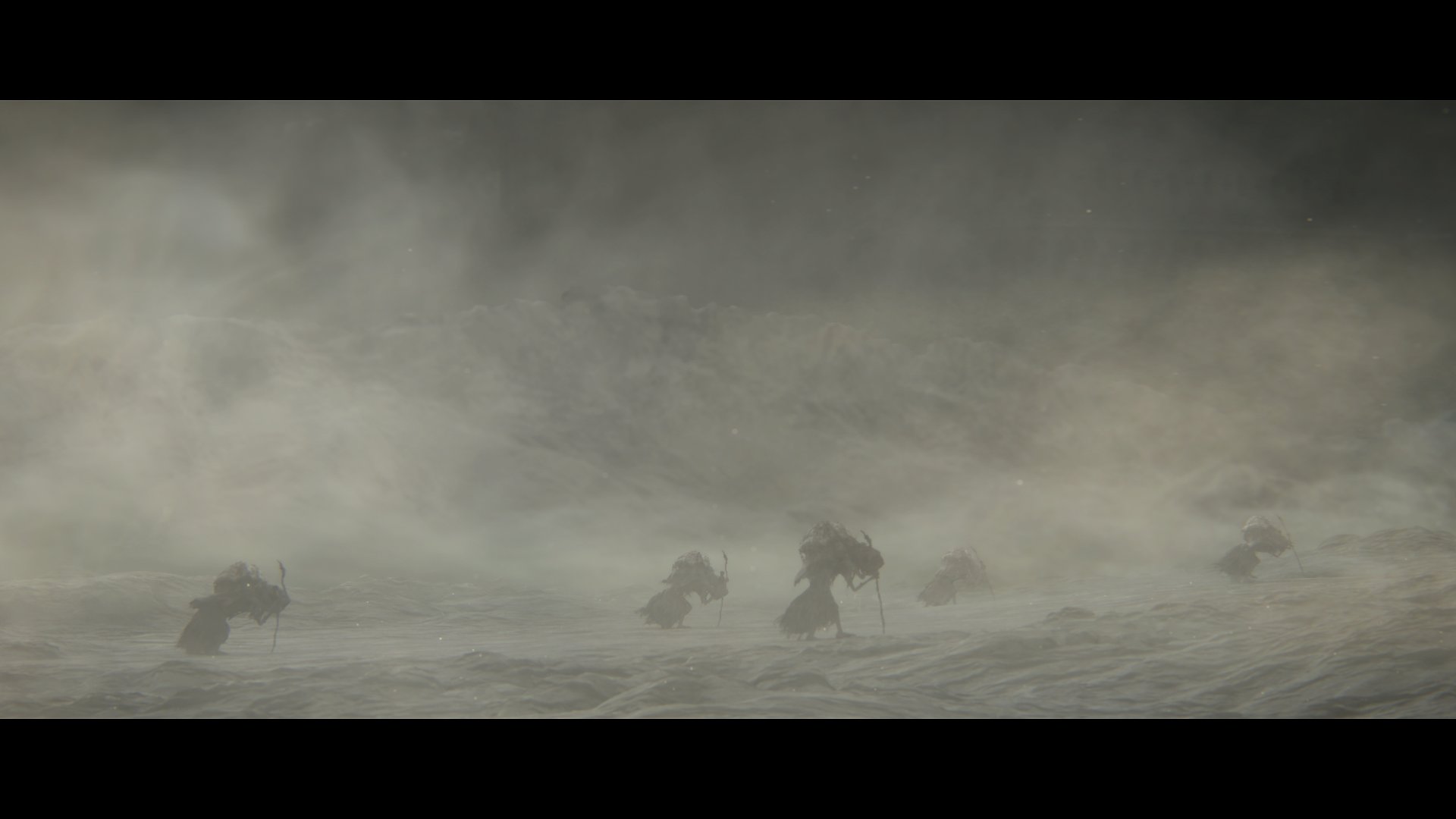
-
dark-souls-iii #11
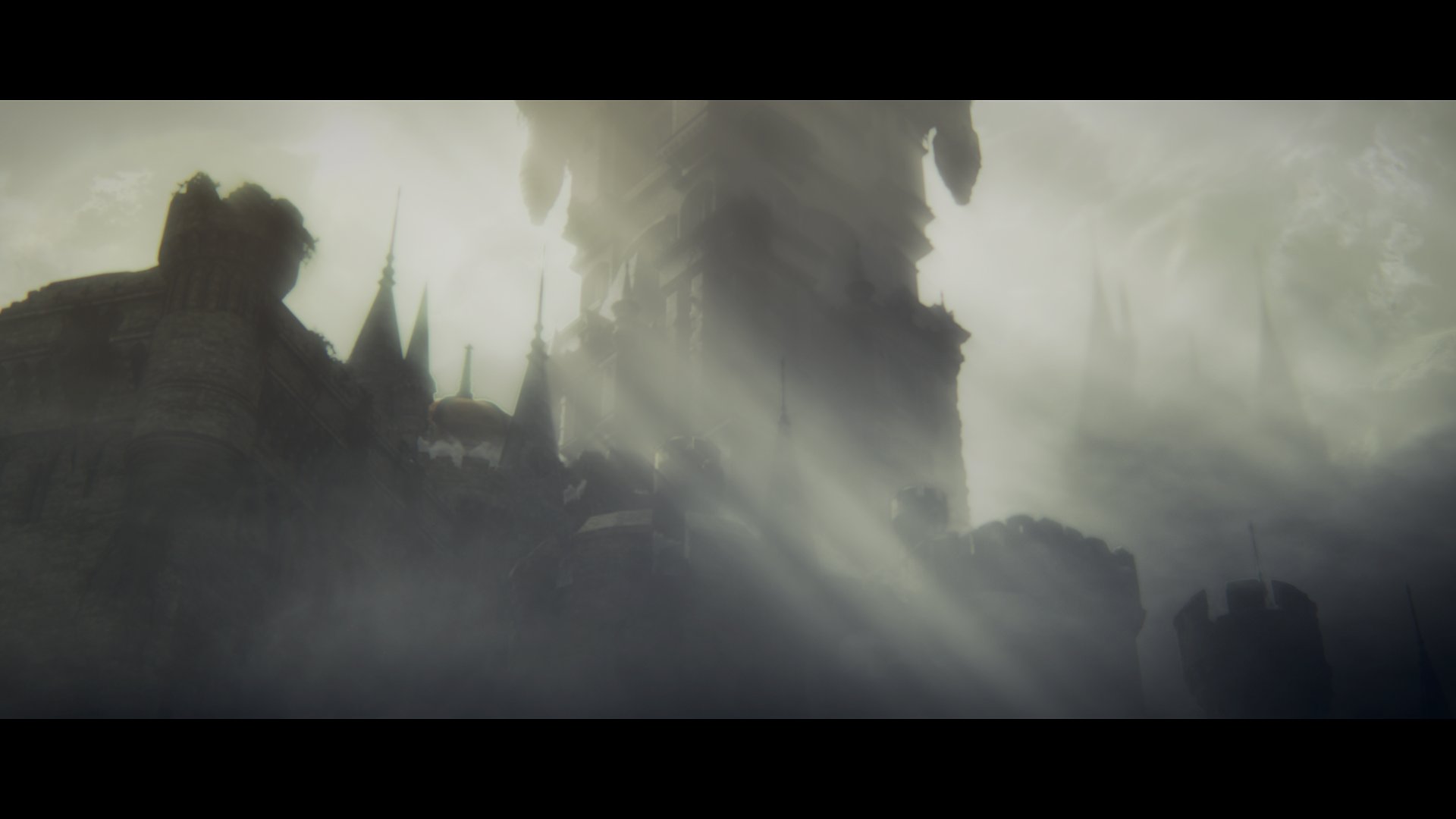
-
dark-souls-iii #12
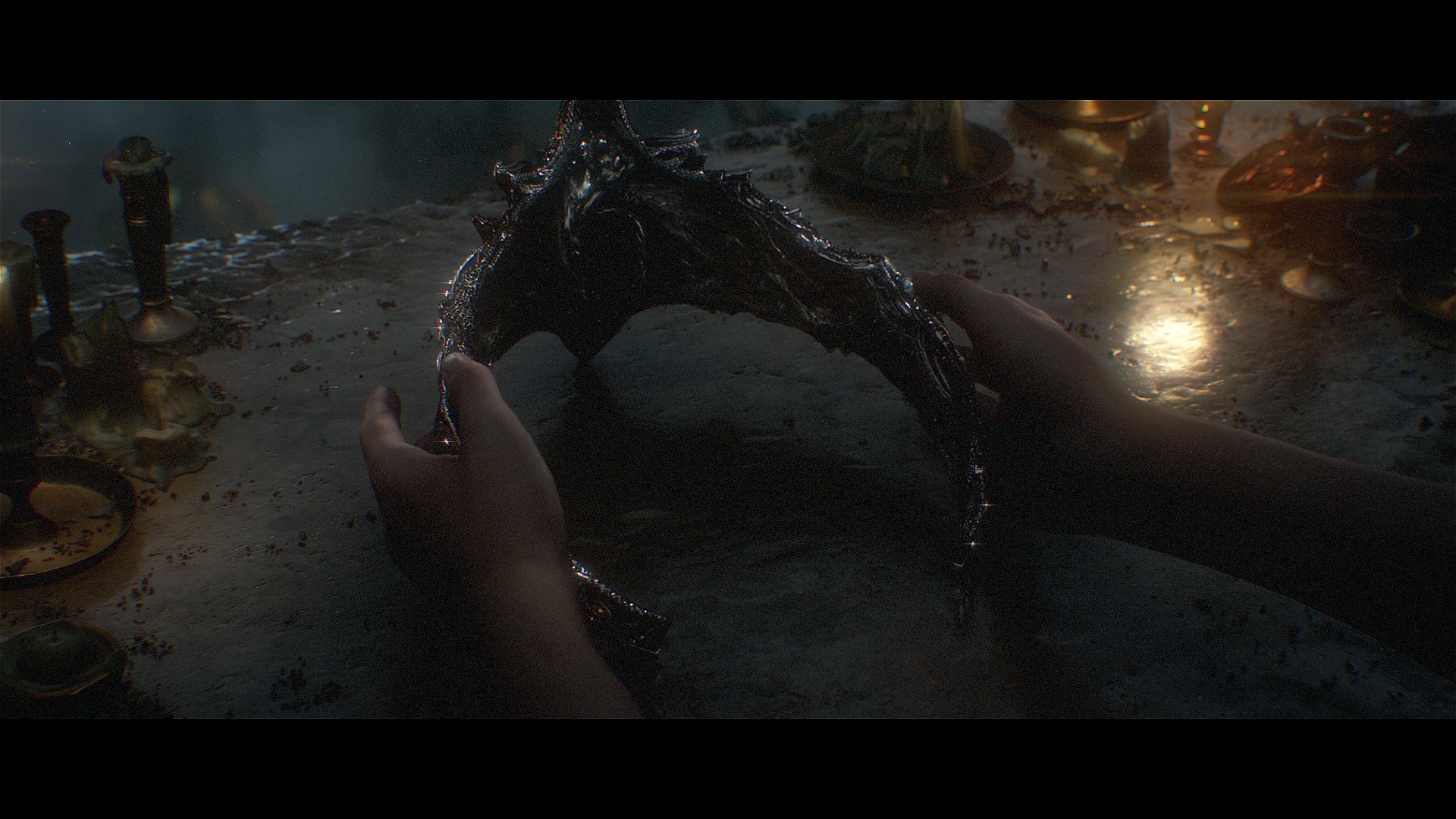
-
dark-souls-iii #13
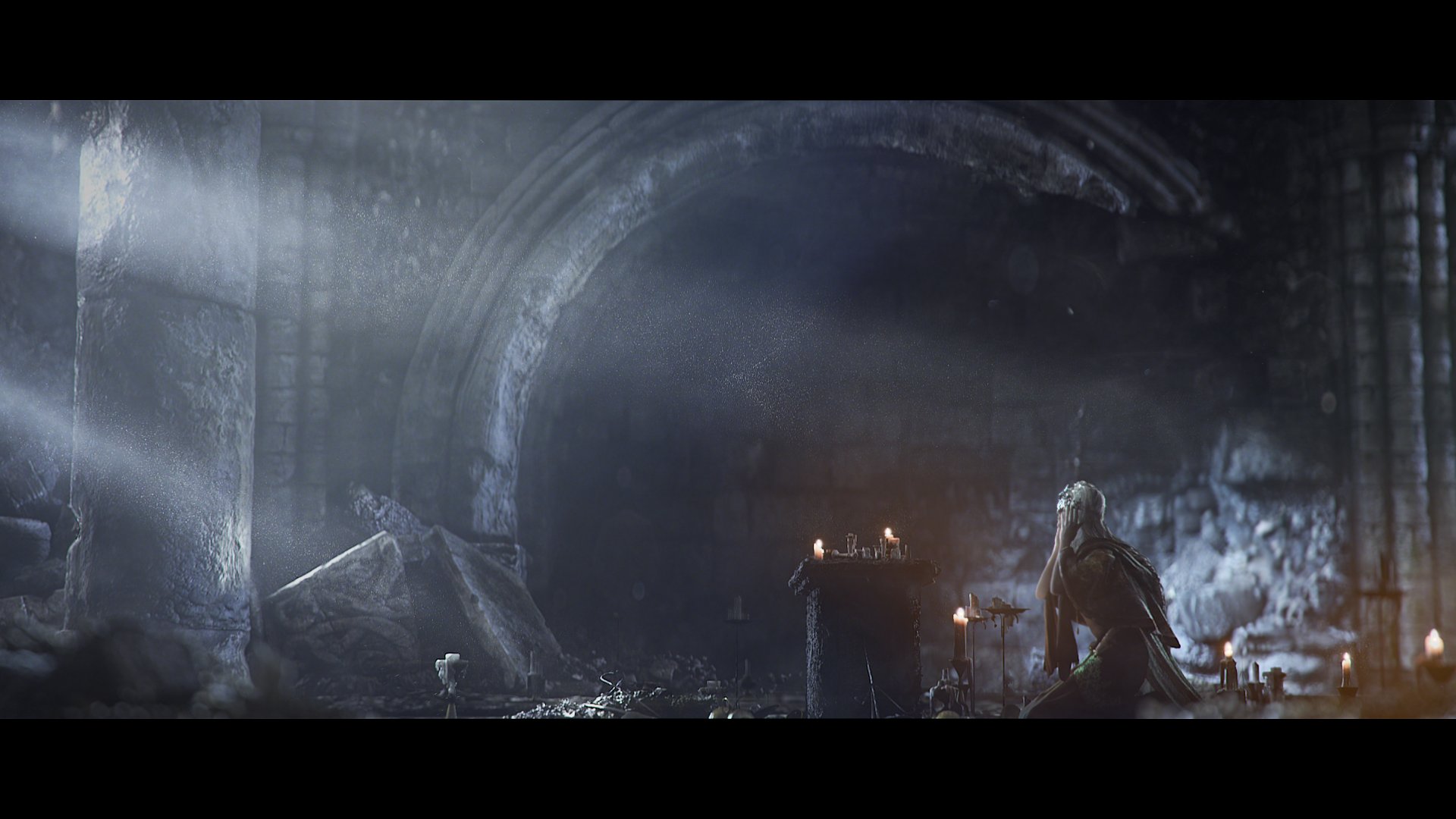
-
dark-souls-iii #14
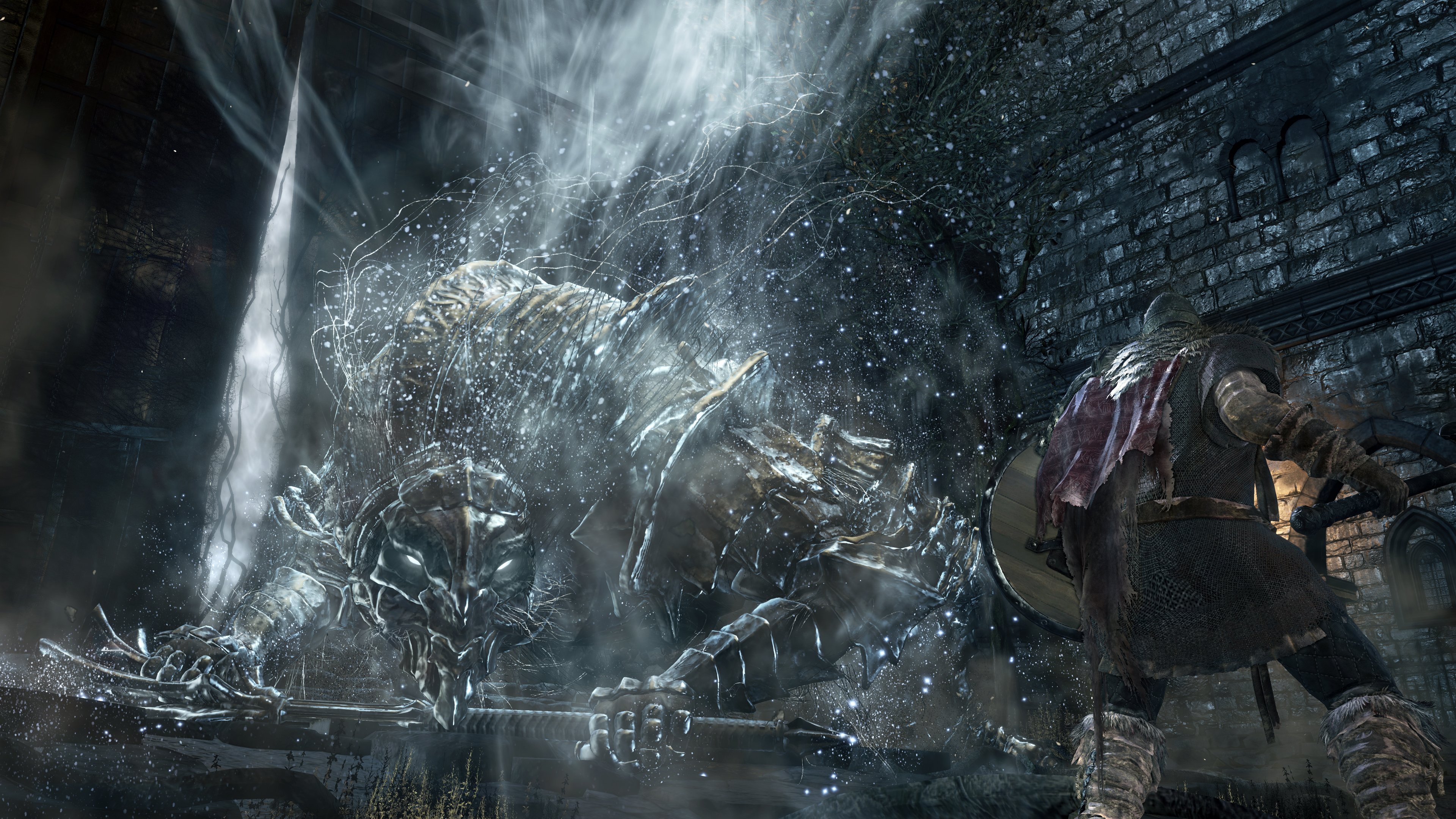
-
dark-souls-iii #15
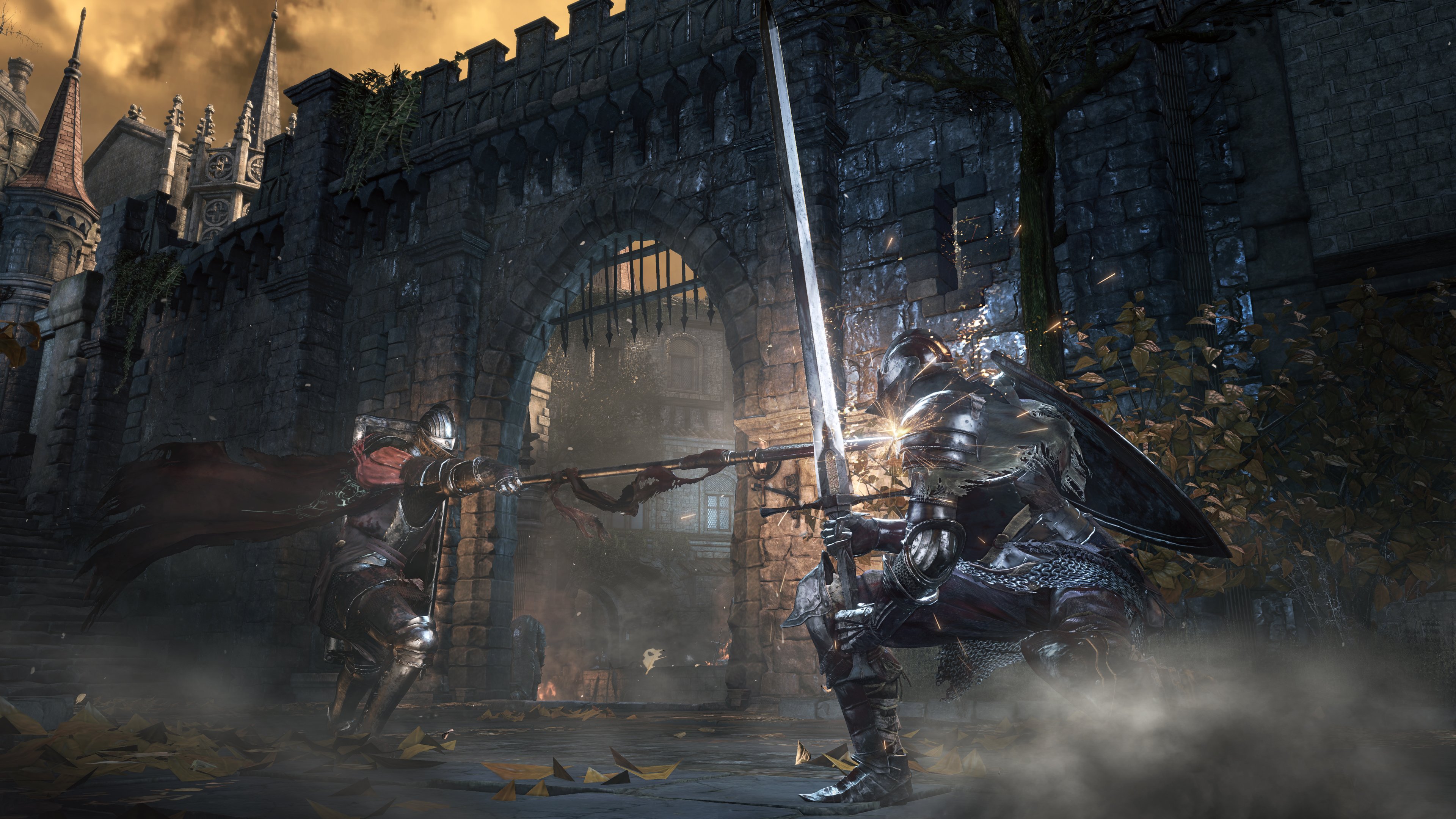
-
dark-souls-iii #16
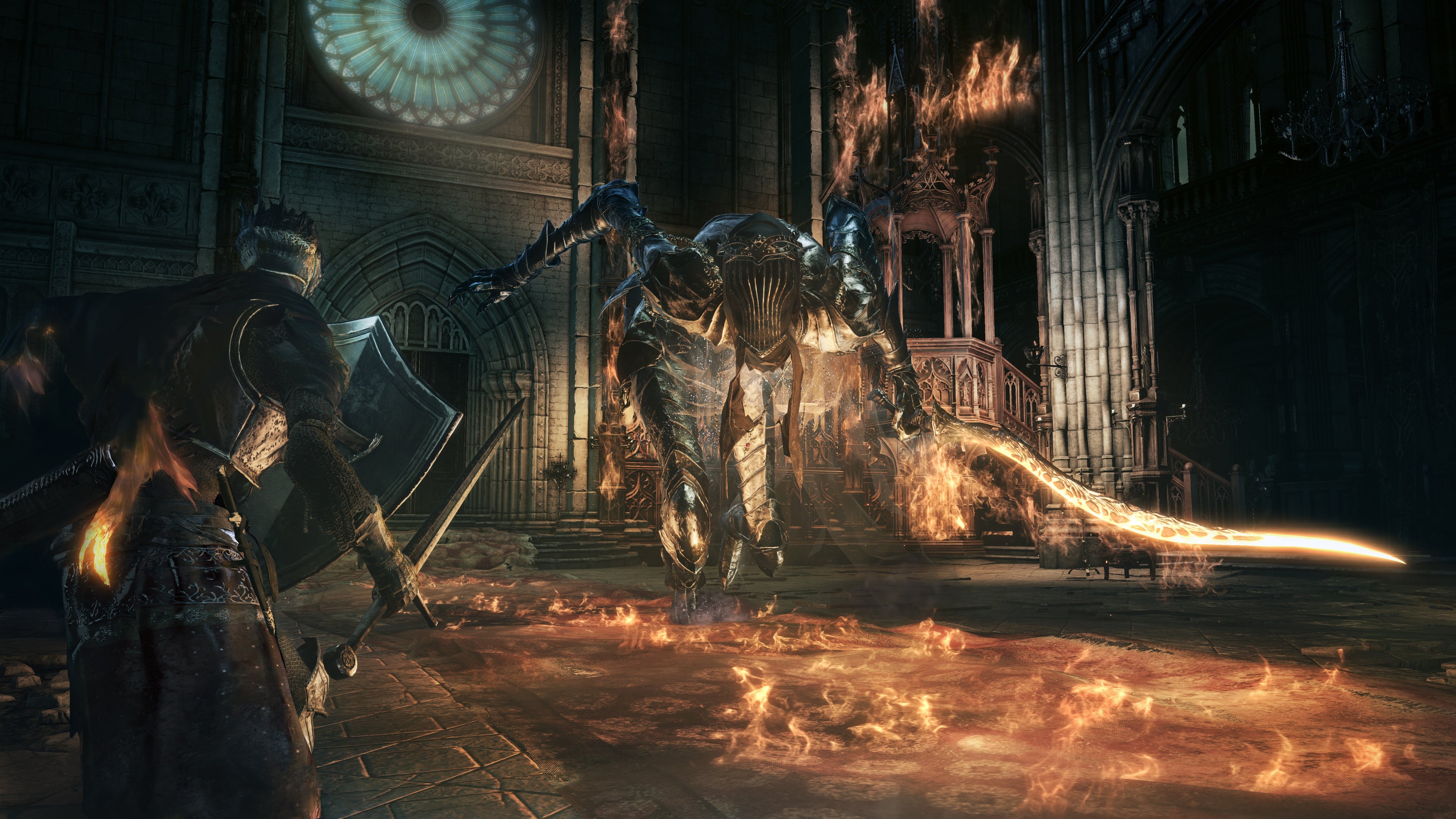
-
dark-souls-iii #17
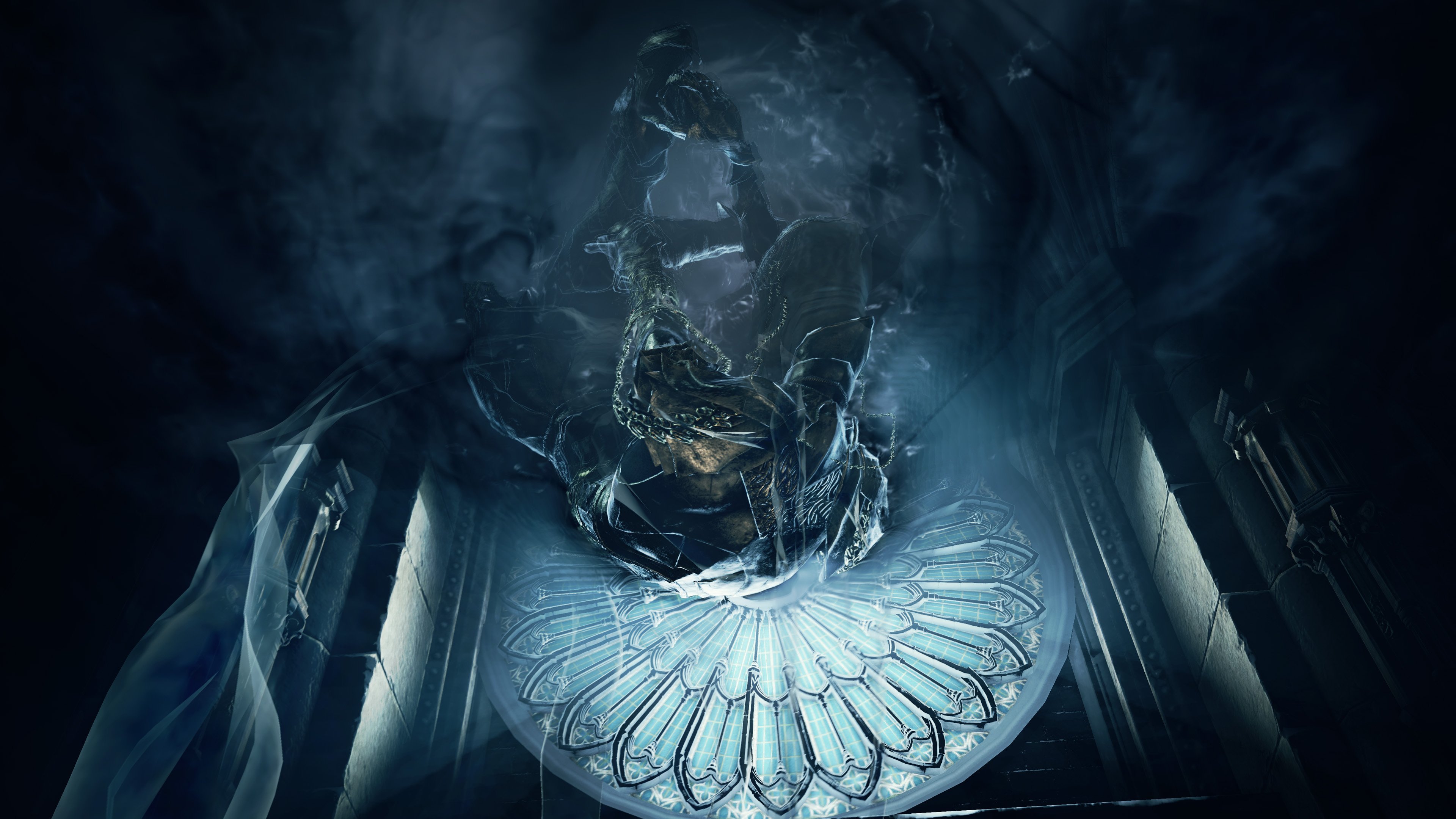
-
dark-souls-iii #18
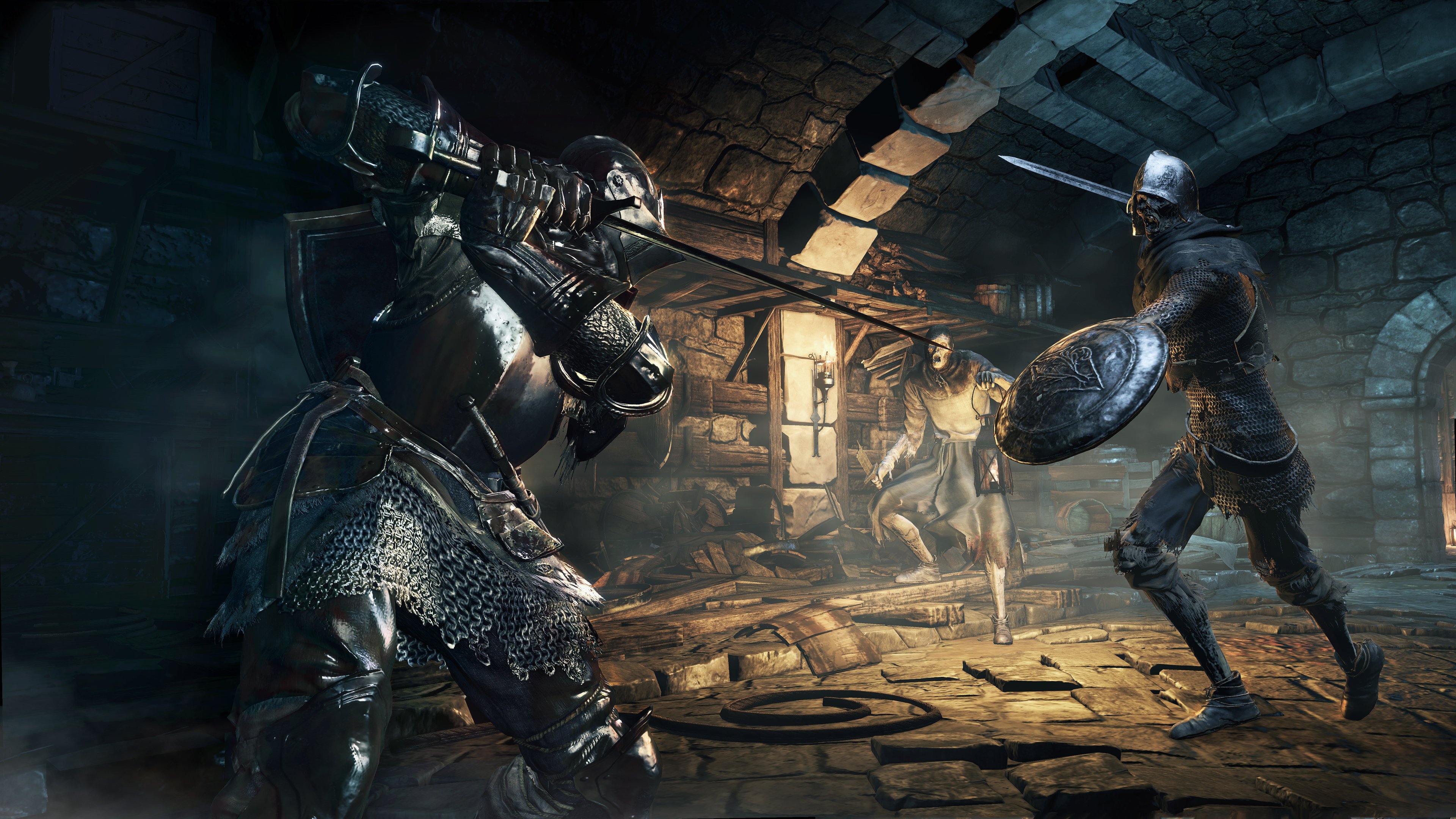
-
dark-souls-iii #19
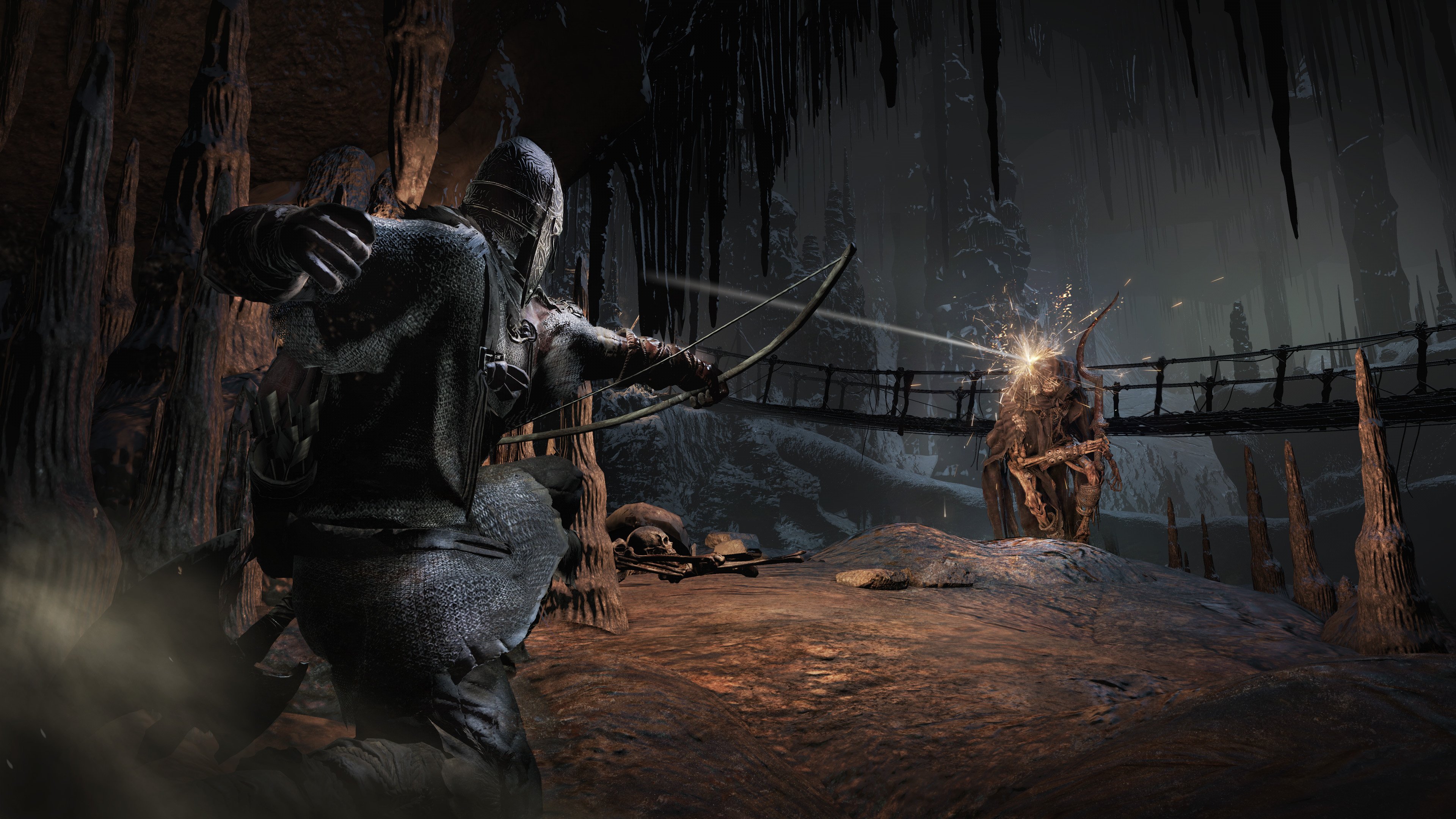
-
dark-souls-iii #20
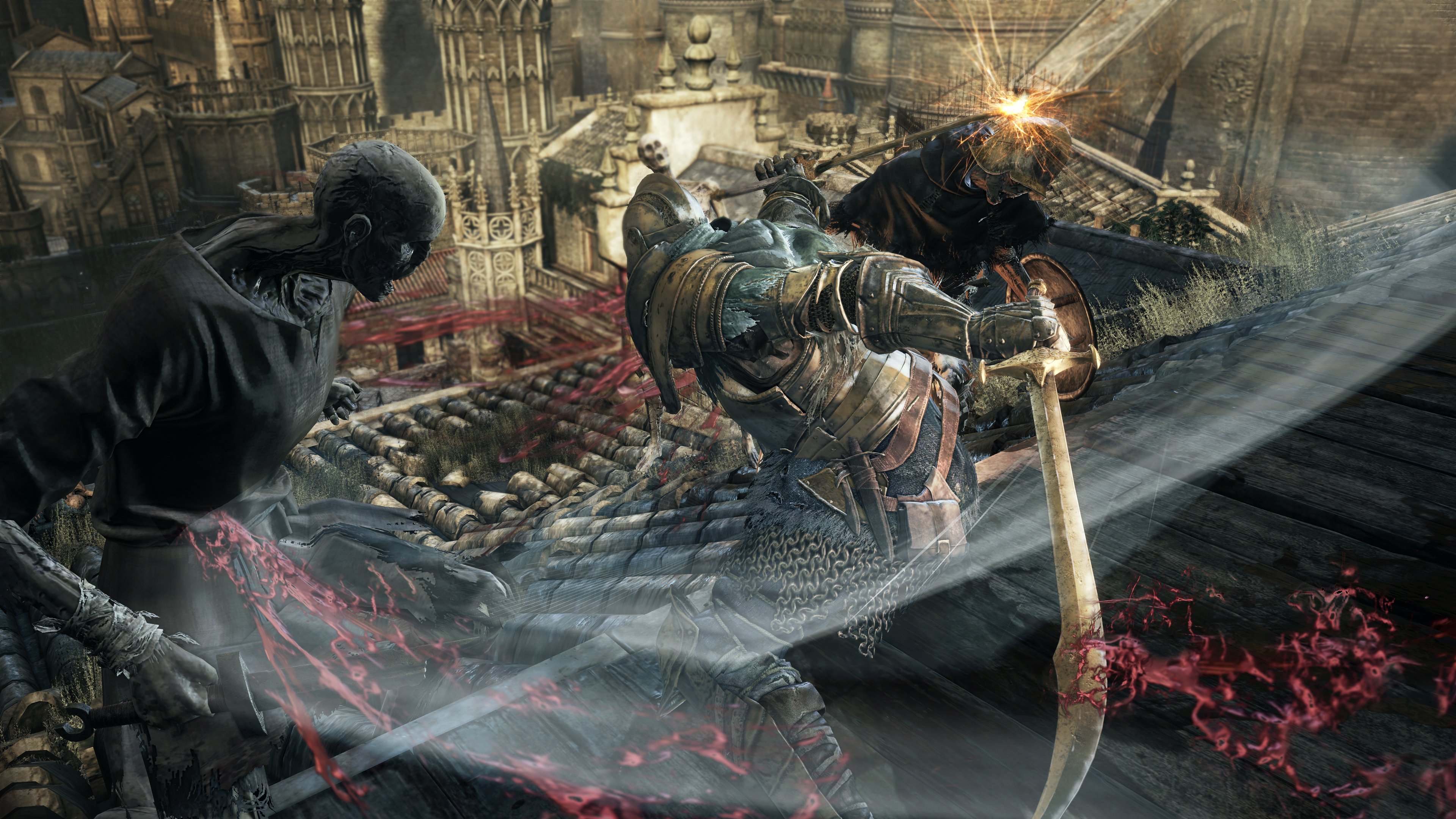
-
dark-souls-iii #21
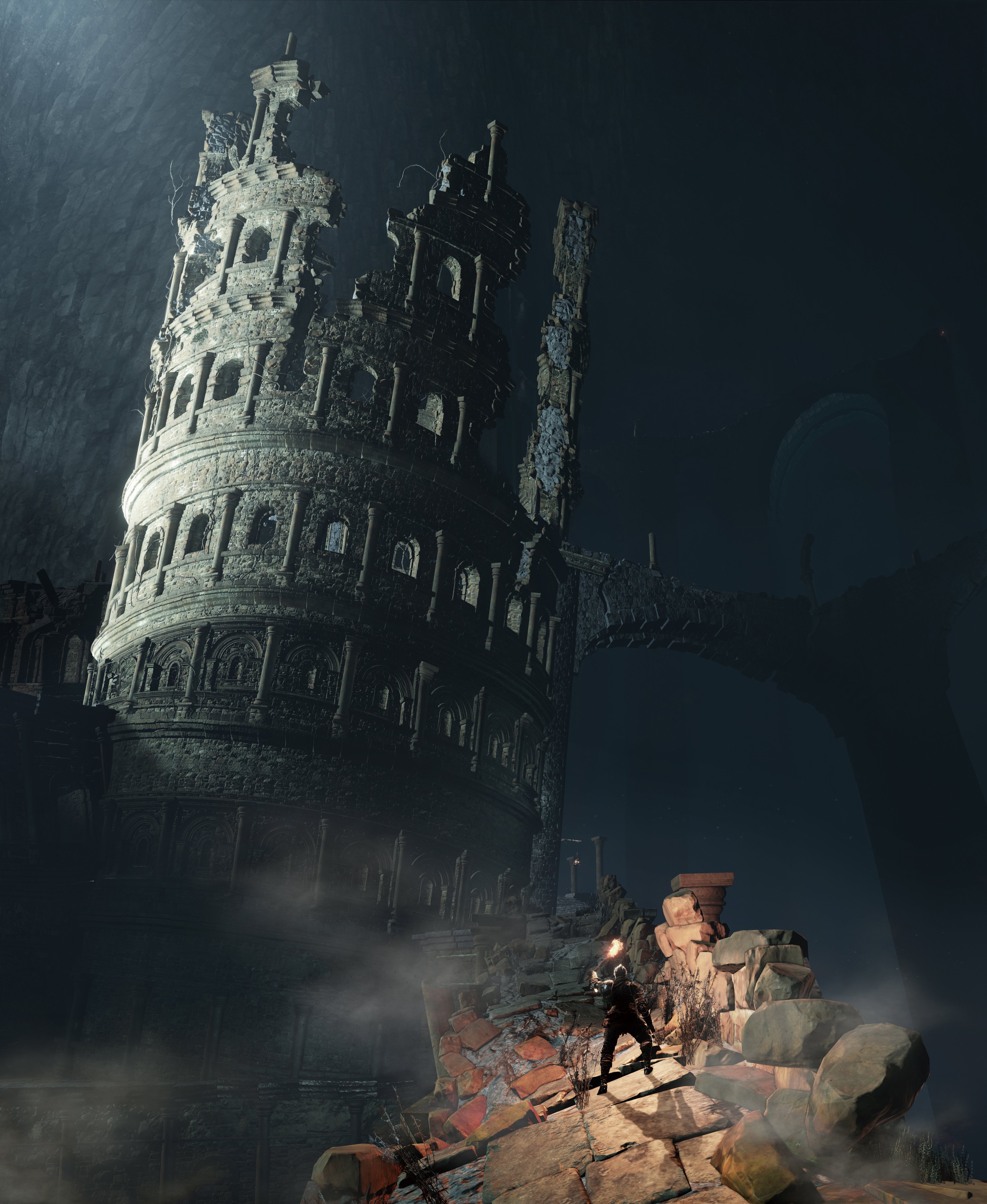
-
dark-souls-iii #22
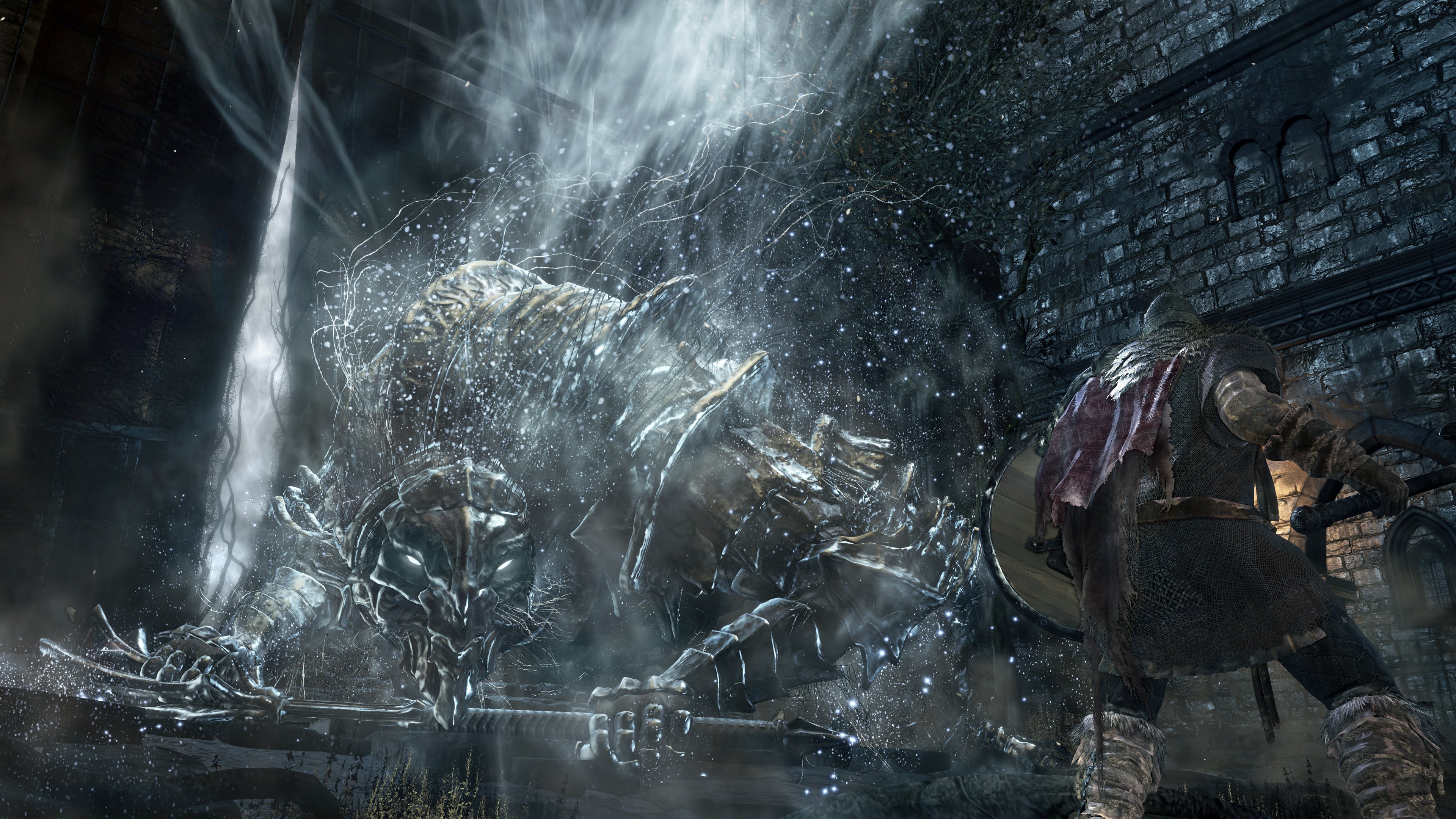
-
dark-souls-iii #23
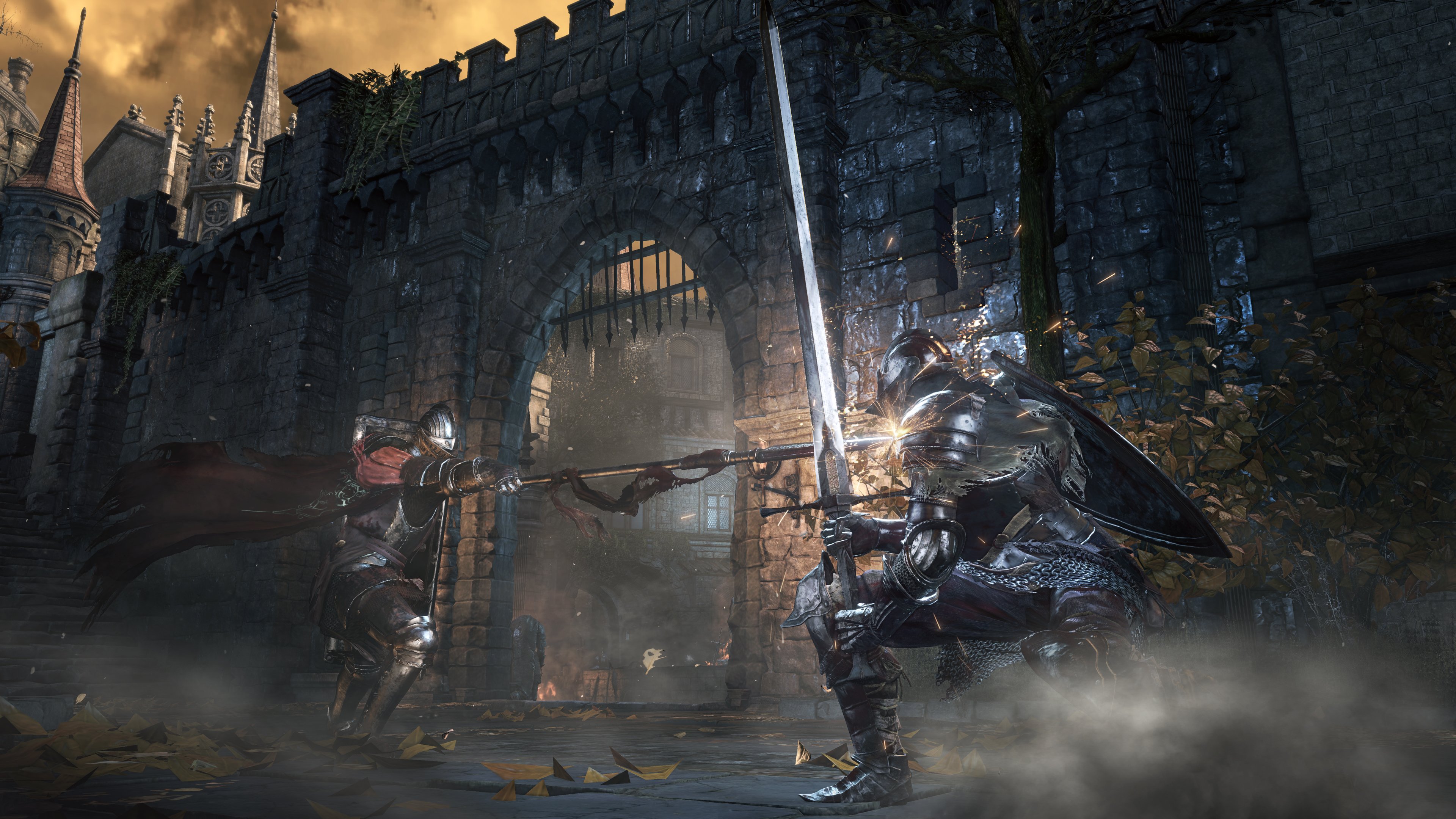
-
dark-souls-iii #24
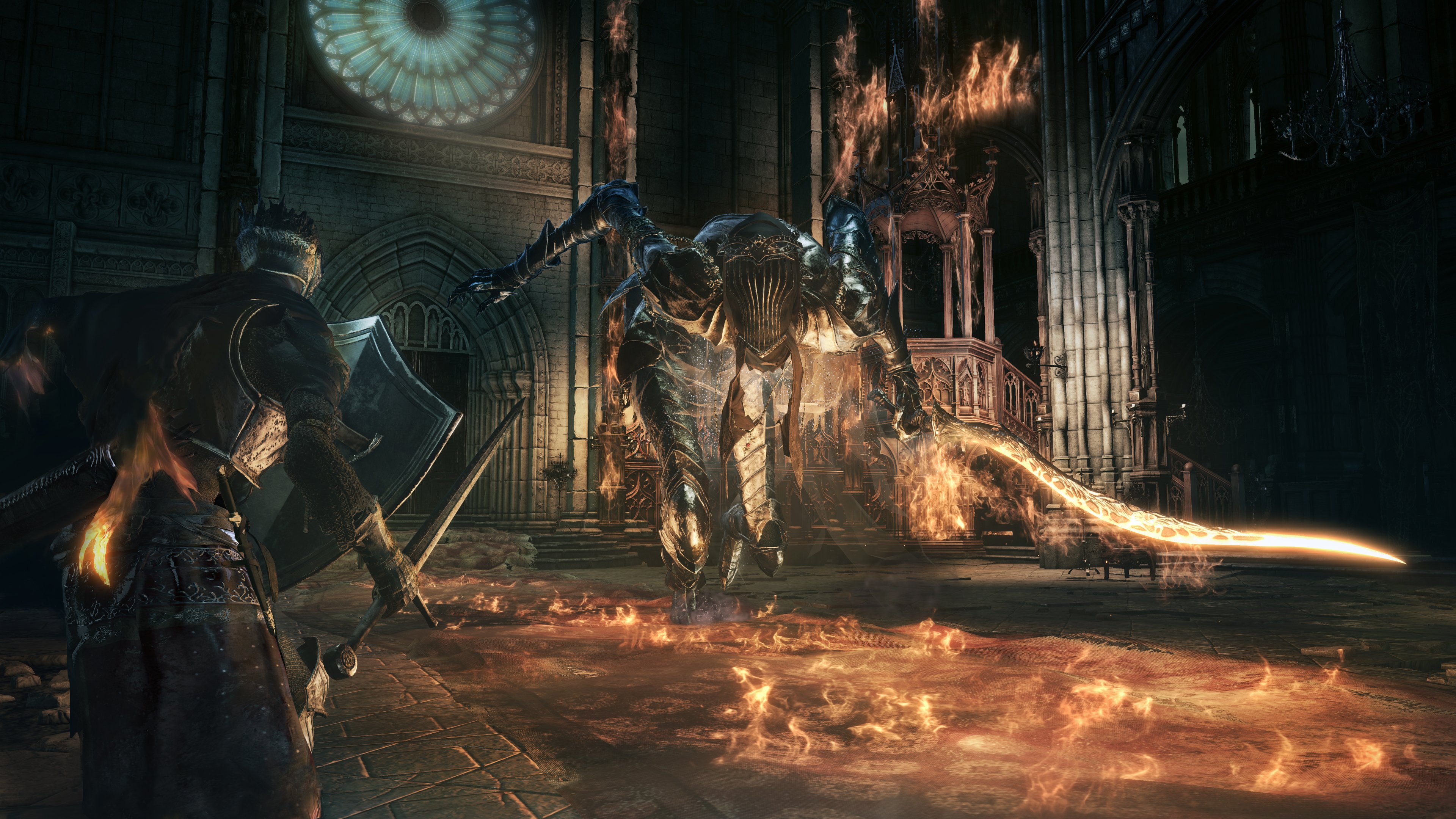
-
dark-souls-iii #25
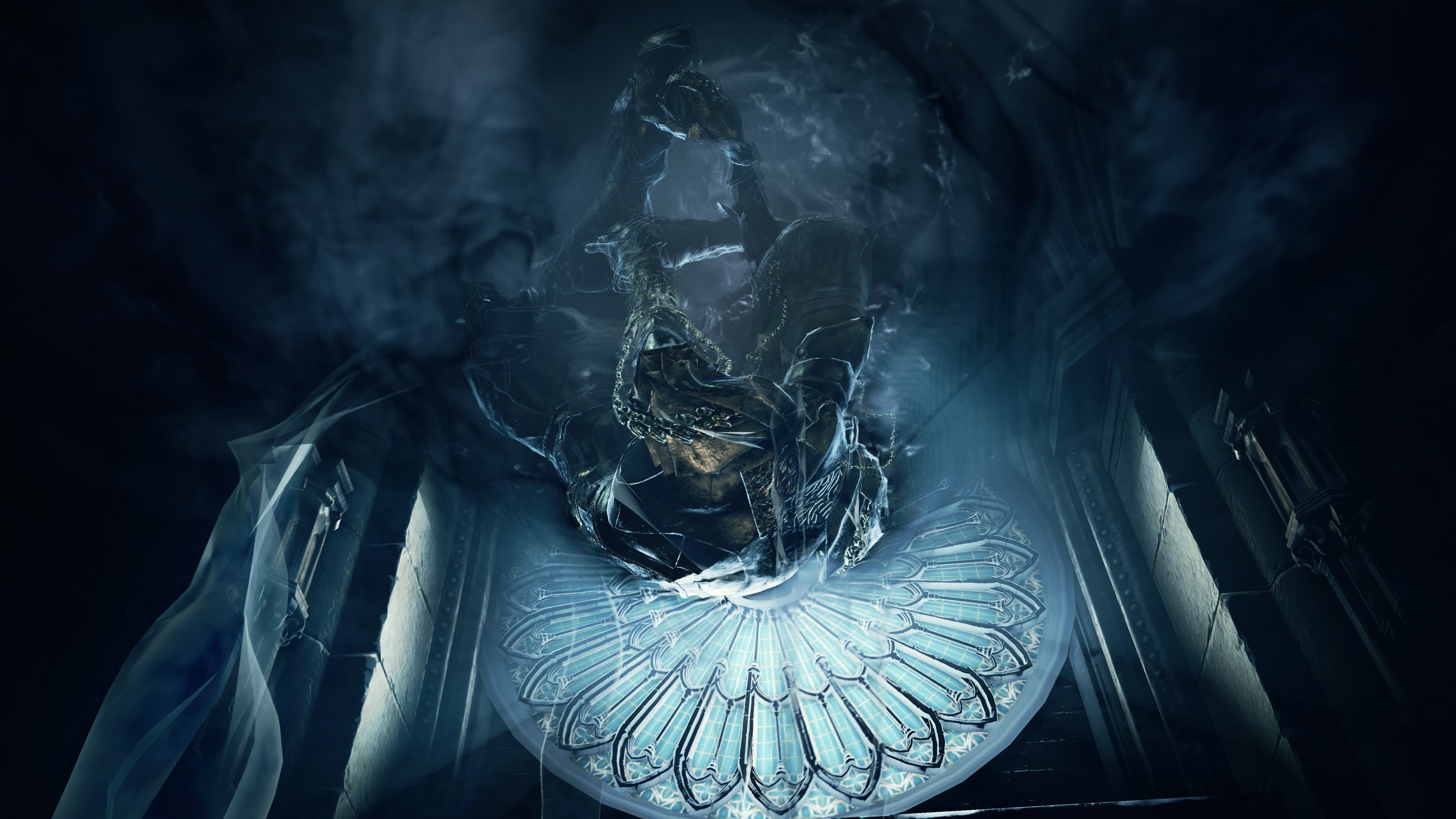
-
dark-souls-iii #26
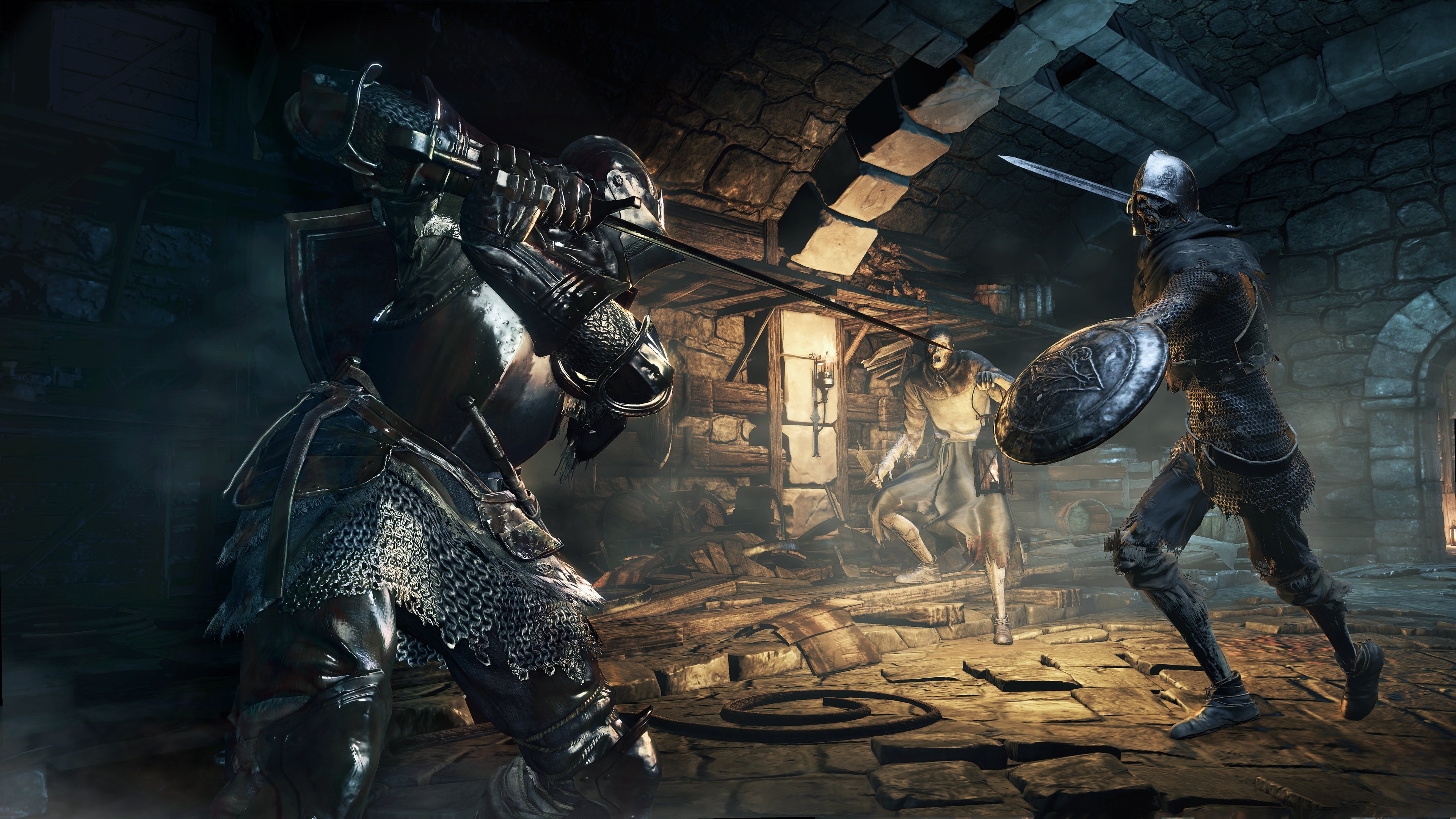
-
dark-souls-iii #27
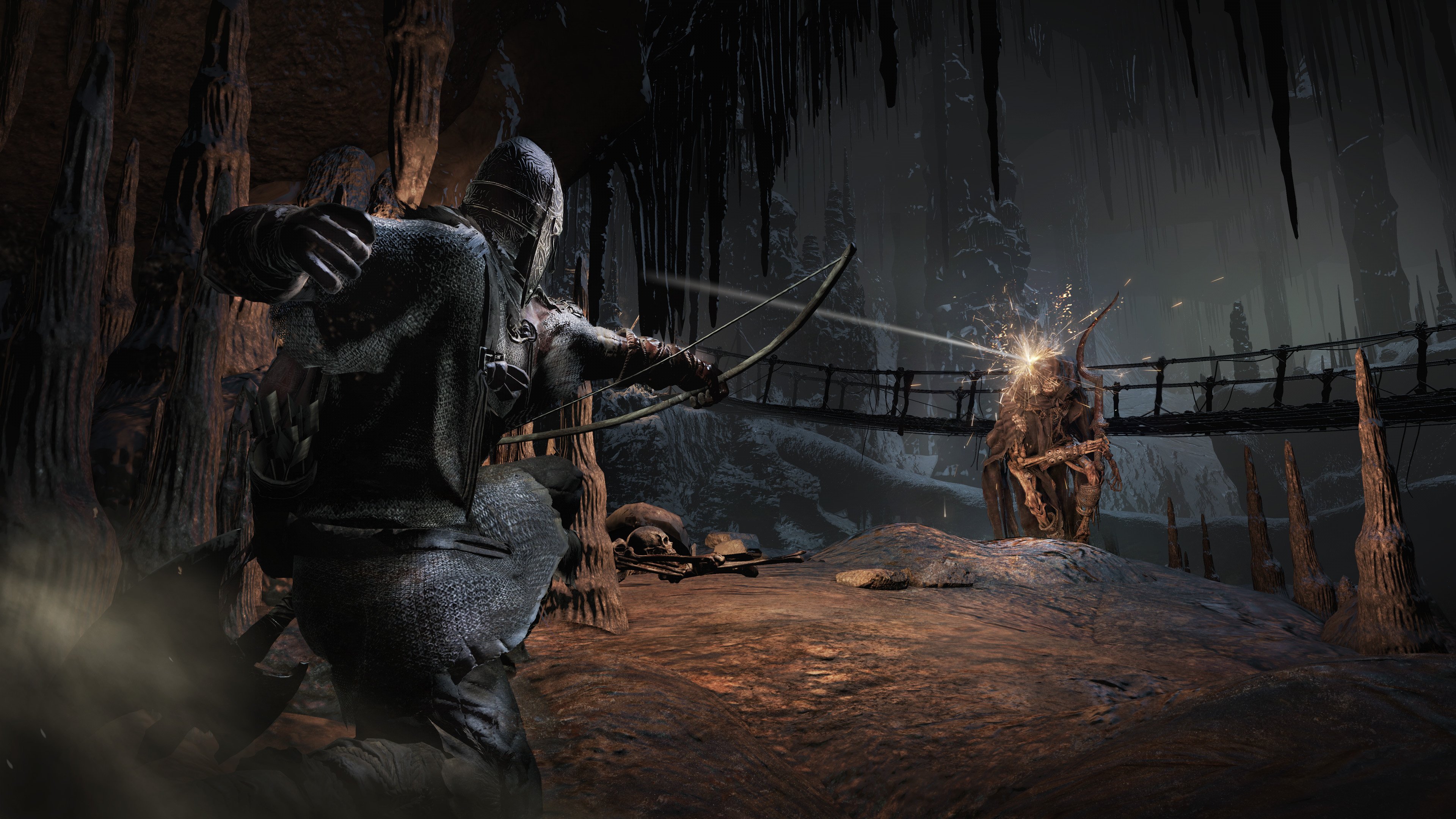
-
dark-souls-iii #28
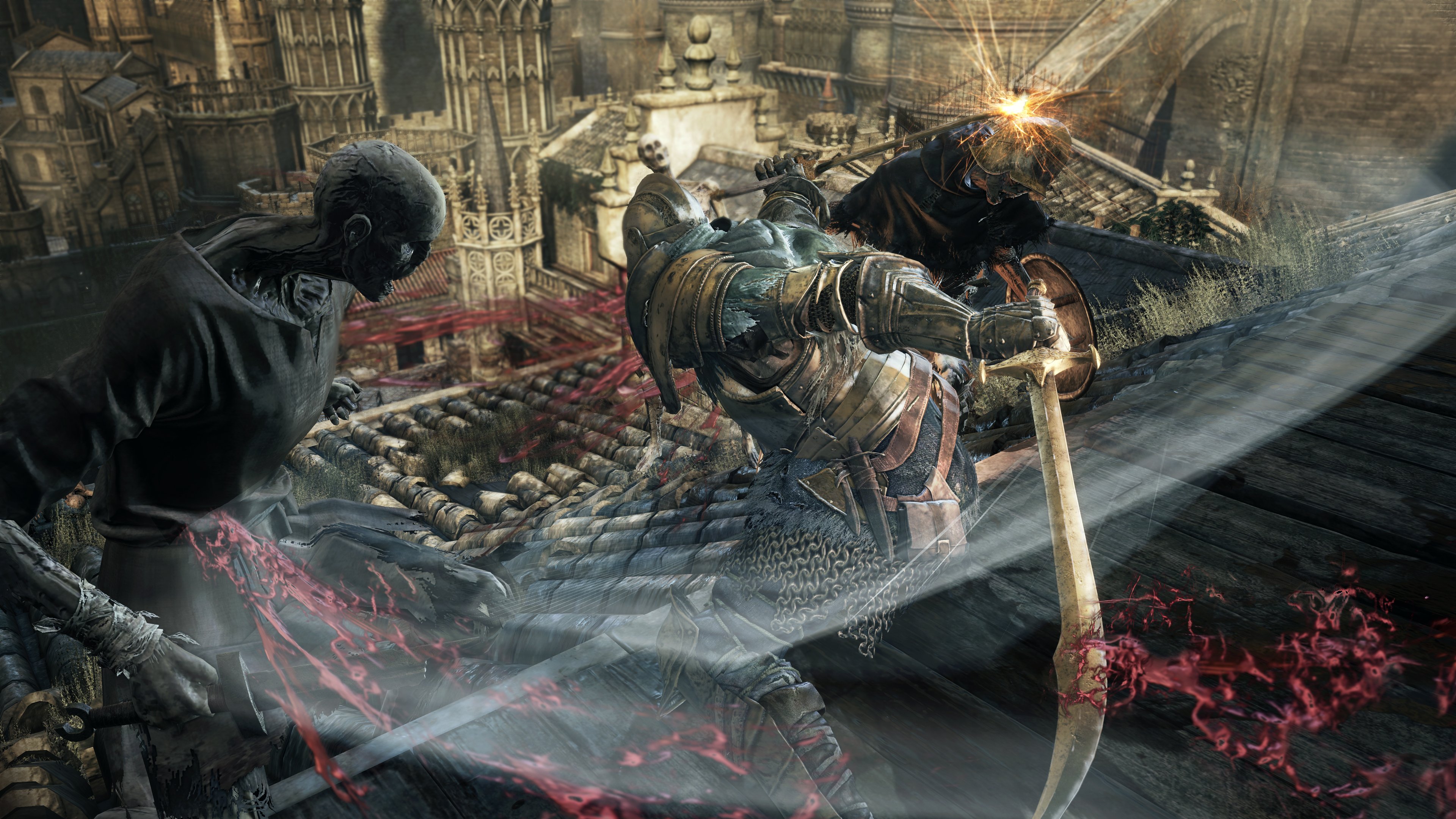
-
dark-souls-iii #29
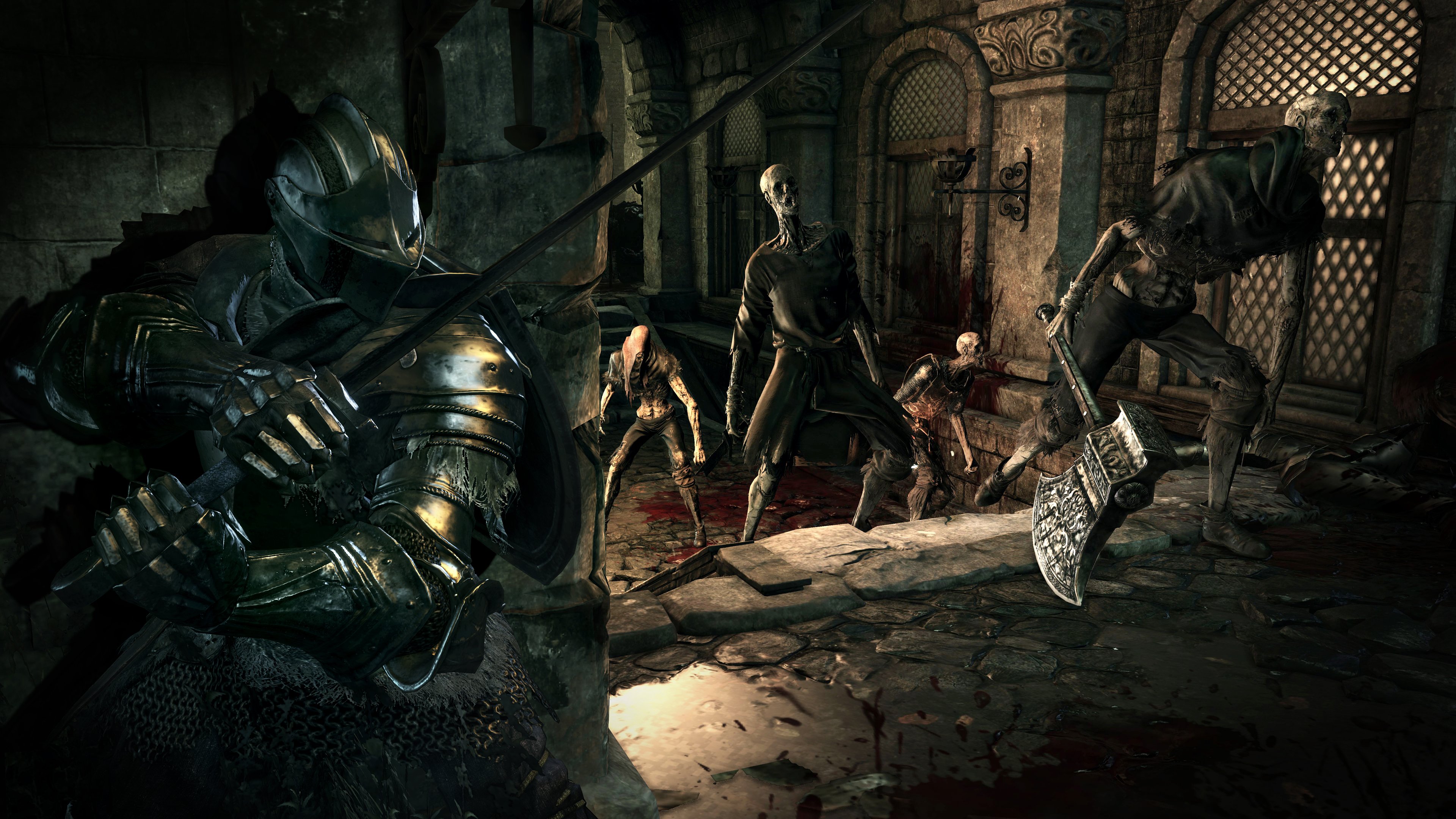
-
dark-souls-iii #30
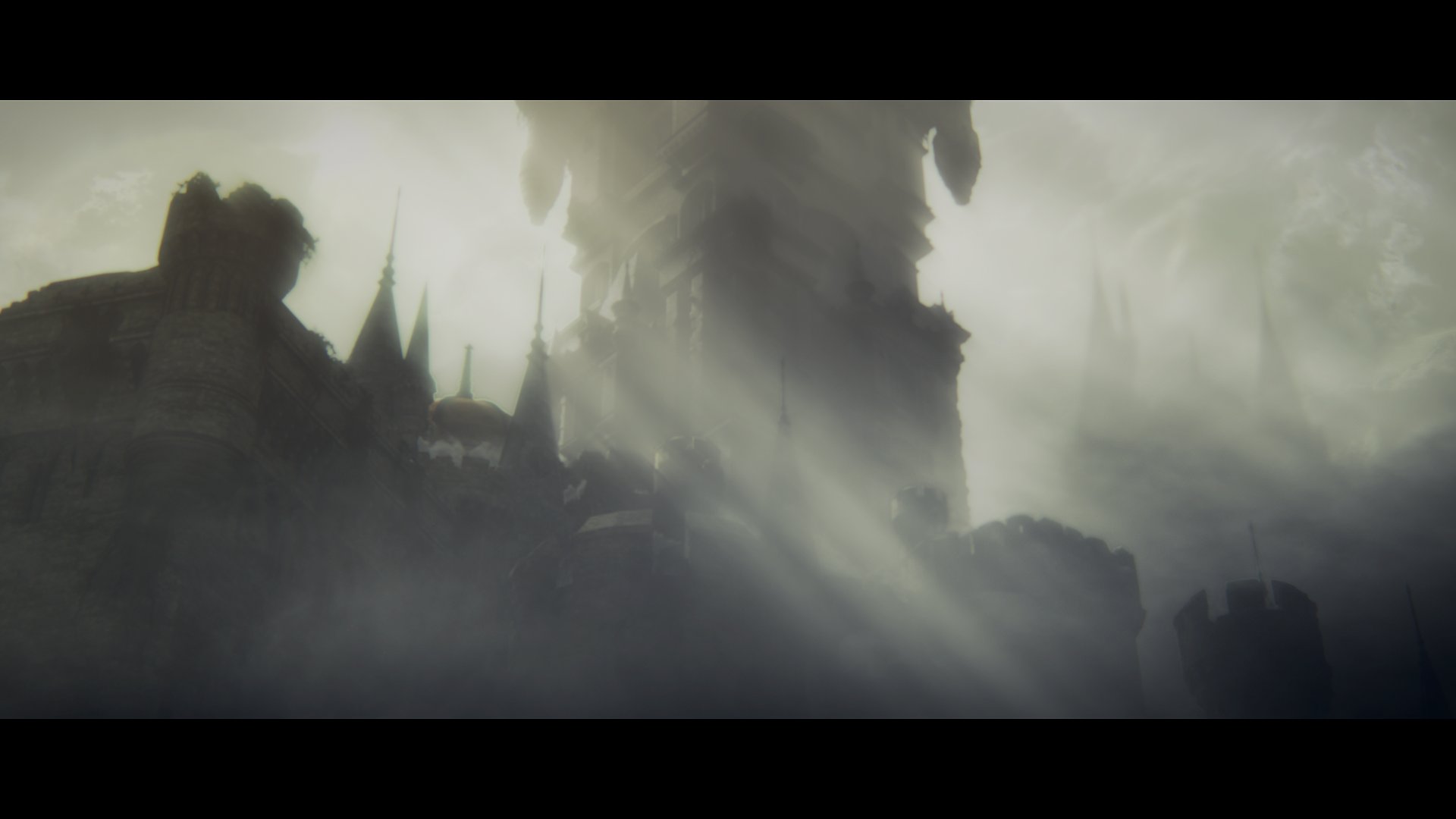
-
dark-souls-iii #31
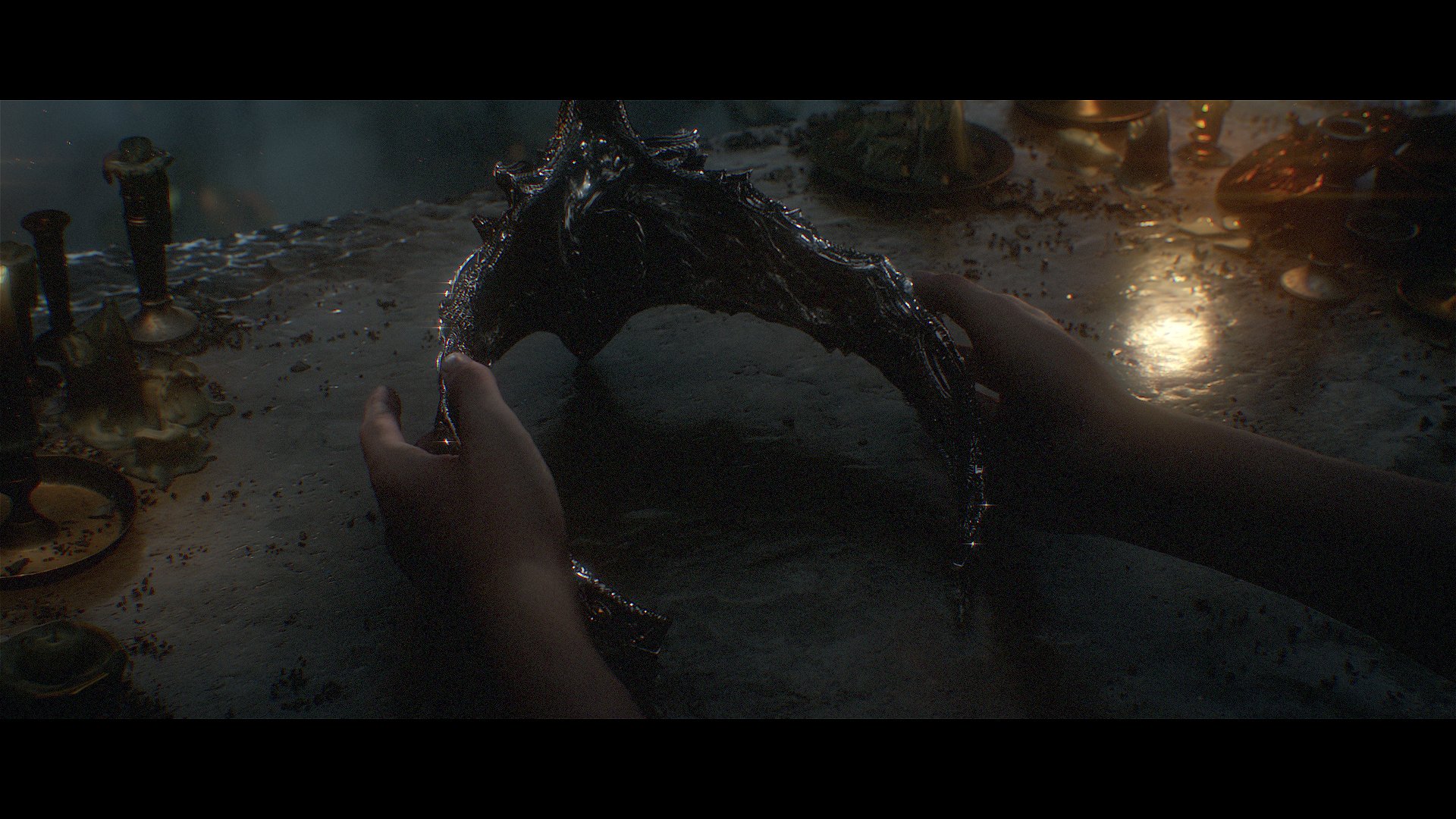
-
dark-souls-iii #32
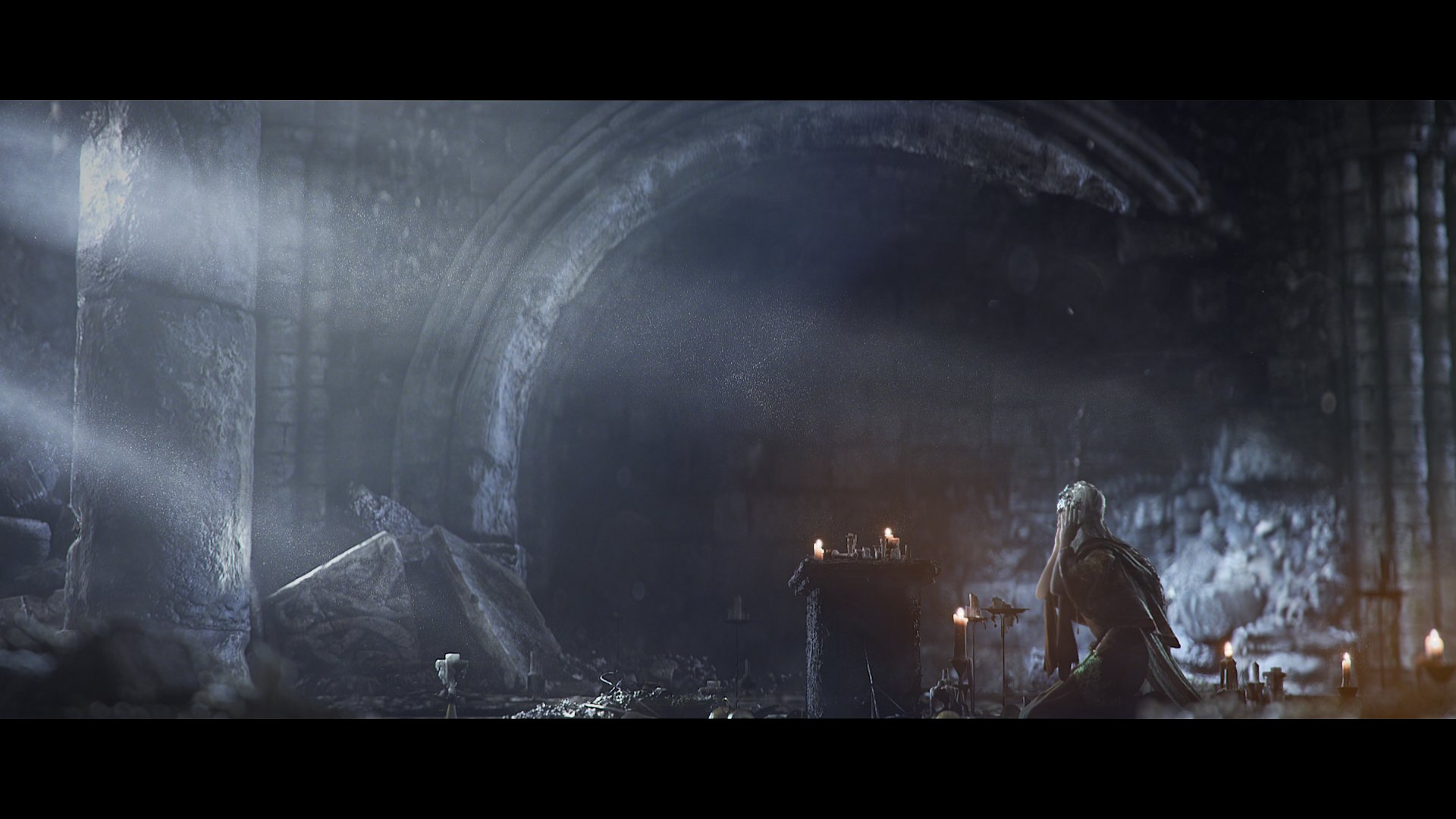
-
dark-souls-iii #33
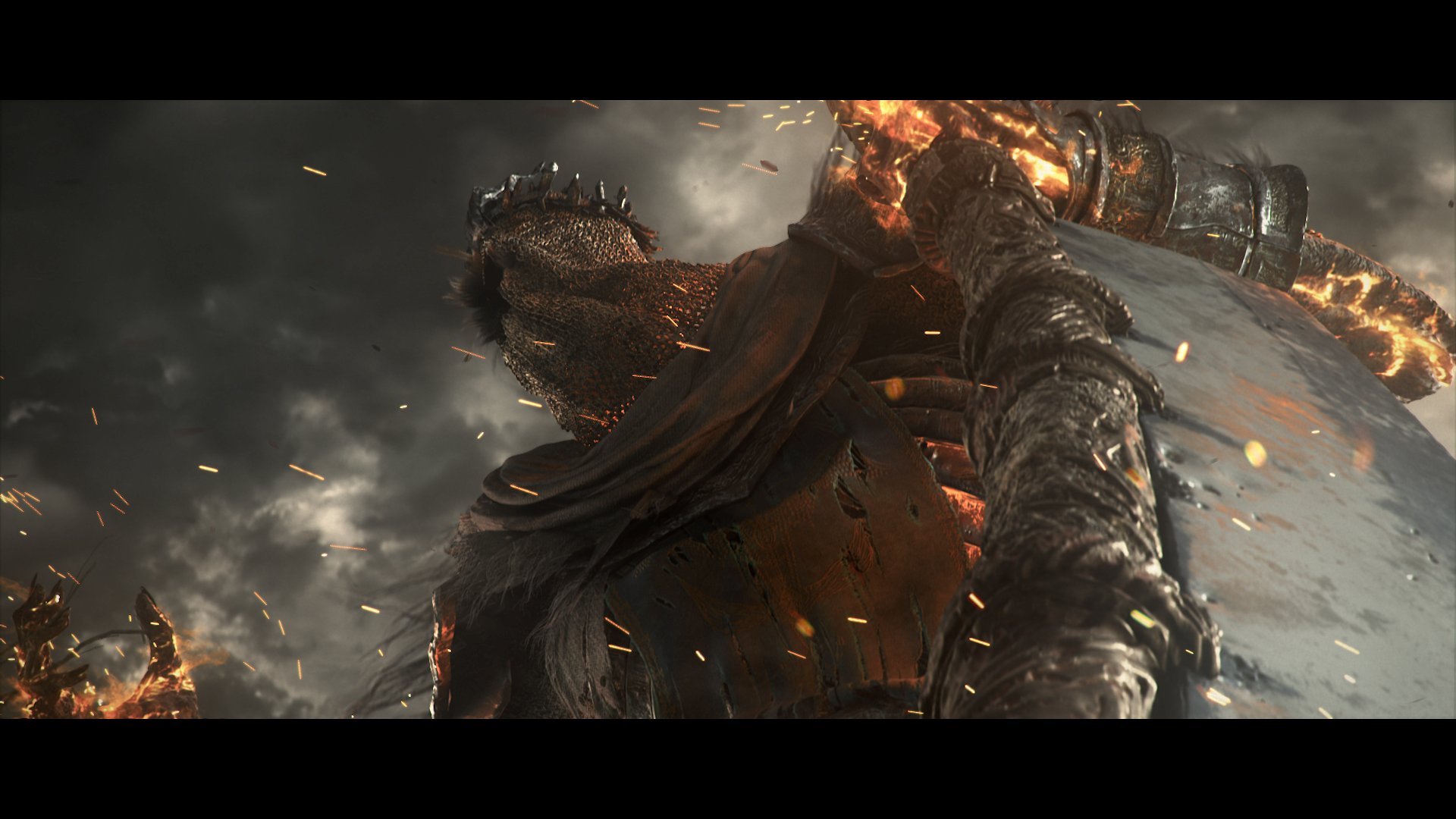
-
dark-souls-iii #34
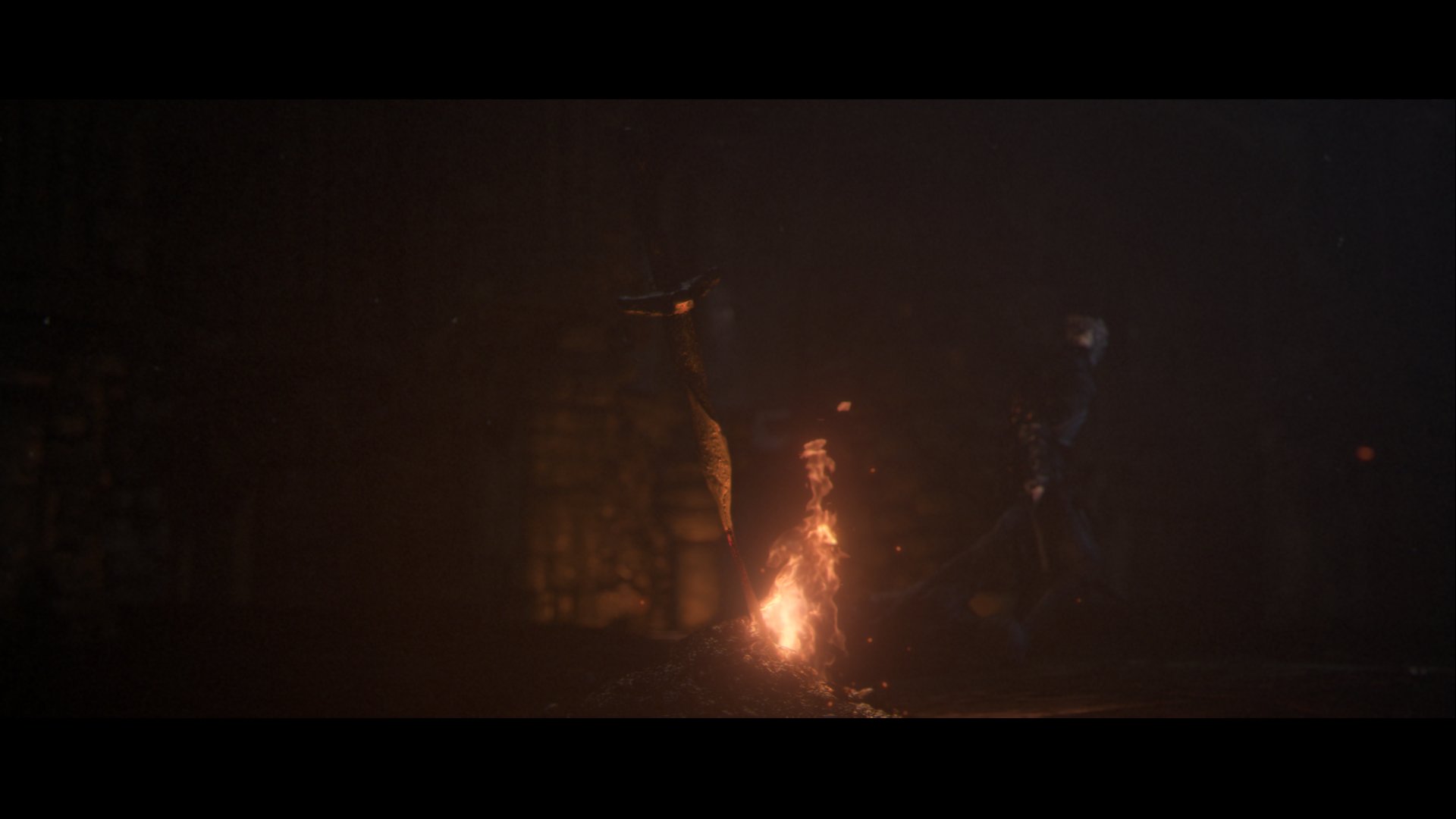
-
dark-souls-iii #35
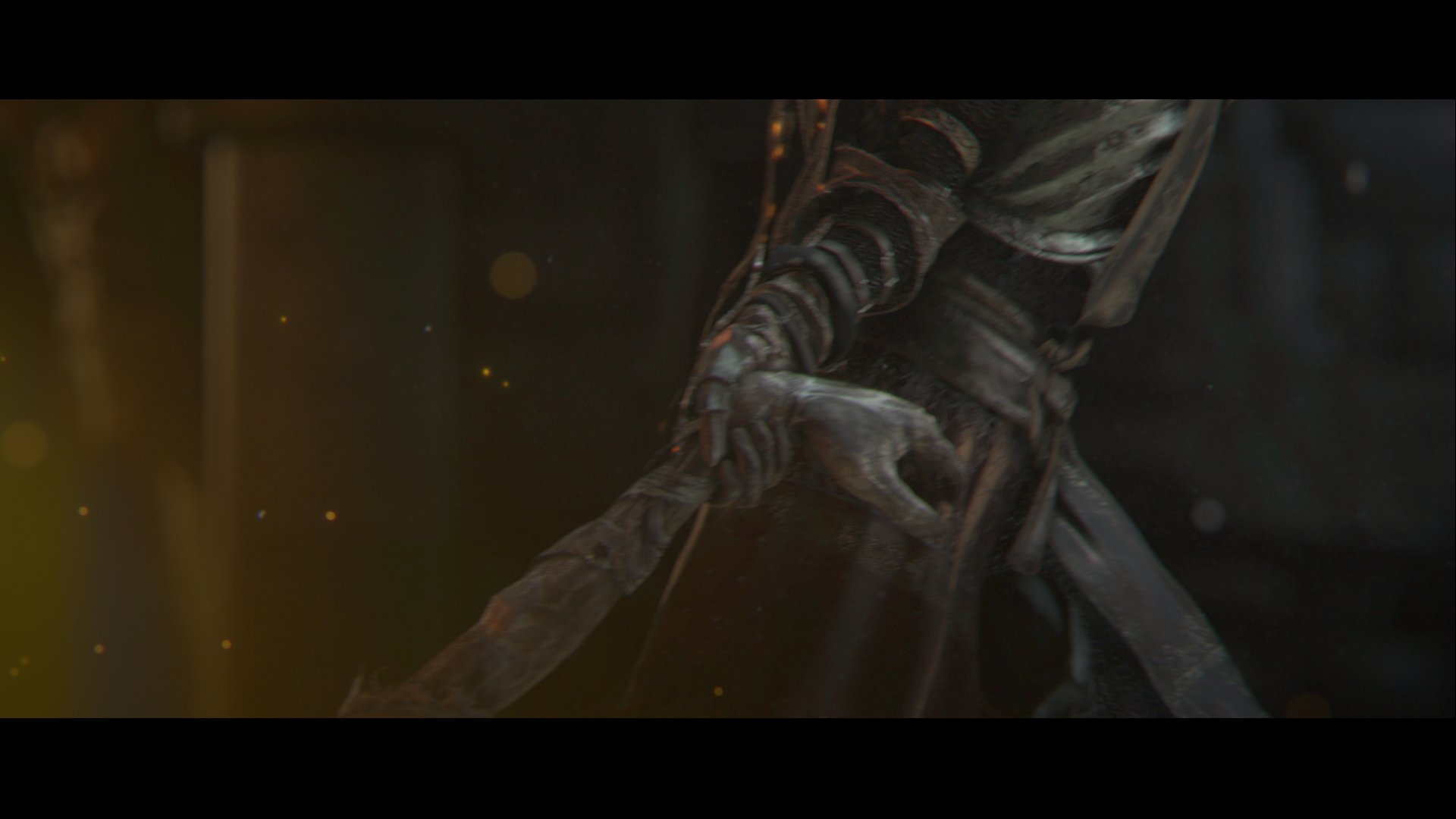
-
dark-souls-iii #36
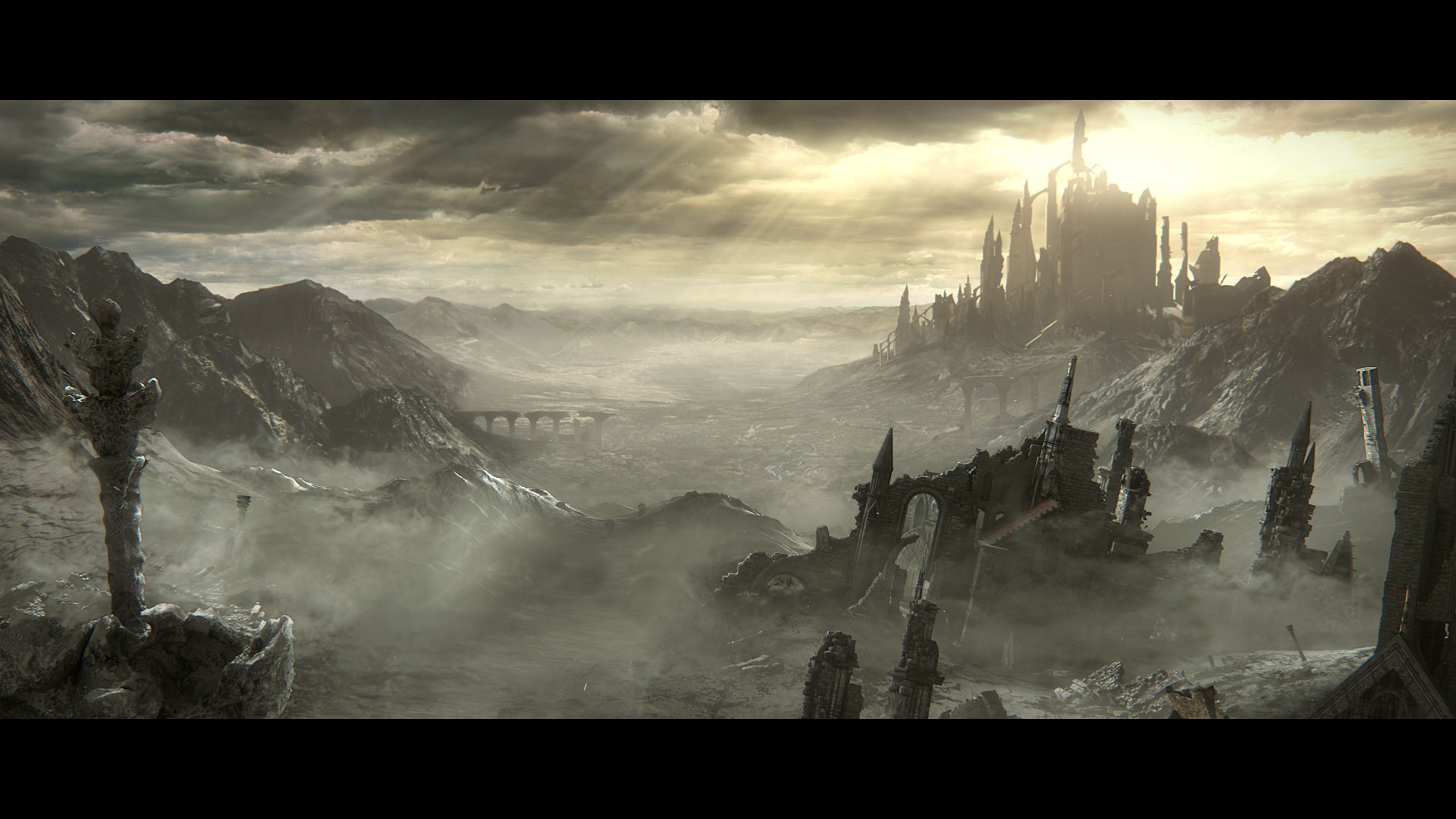
-
dark-souls-iii #37
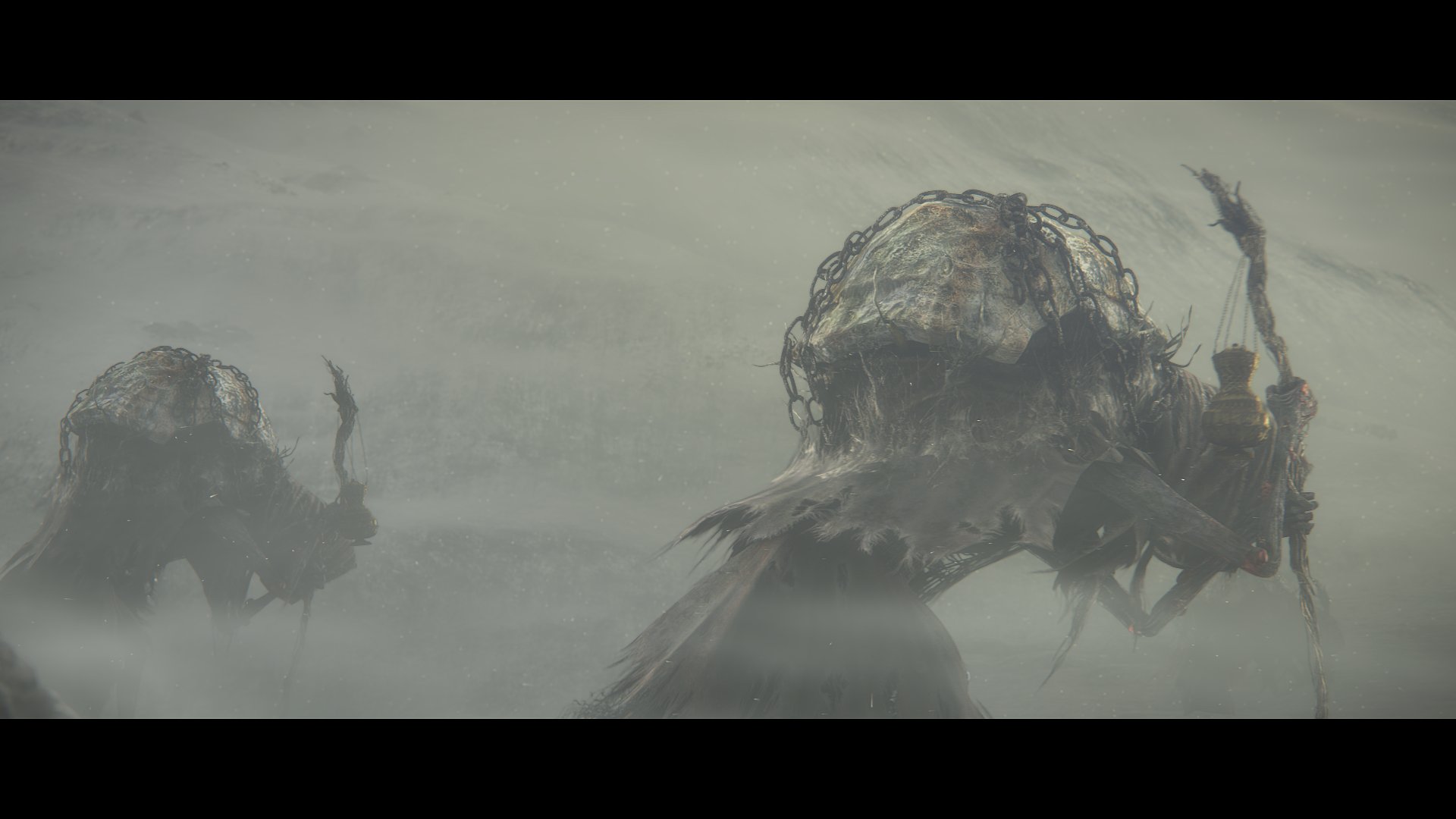
-
dark-souls-iii #38
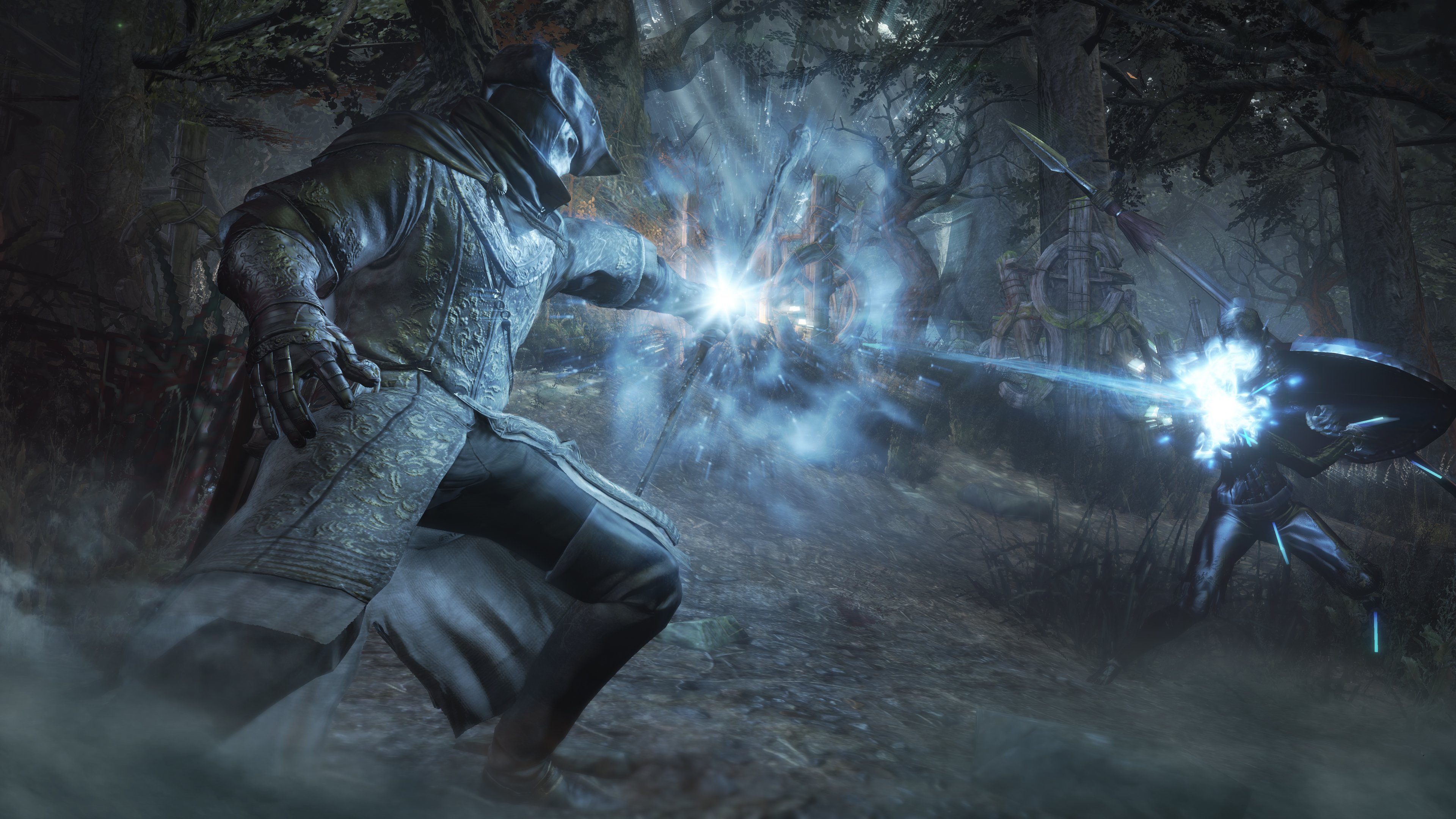
-
dark-souls-iii #39
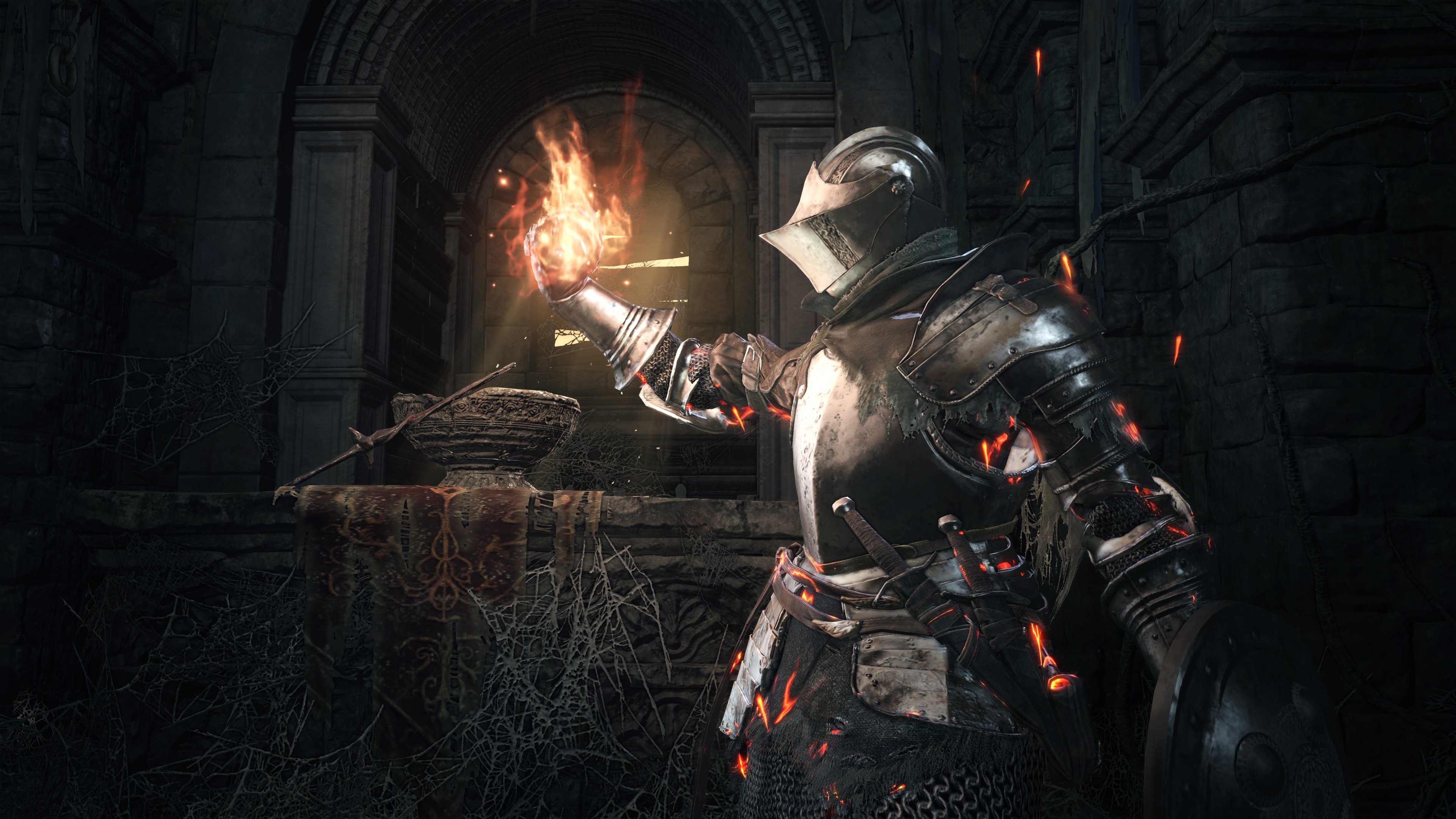
-
dark-souls-iii #40
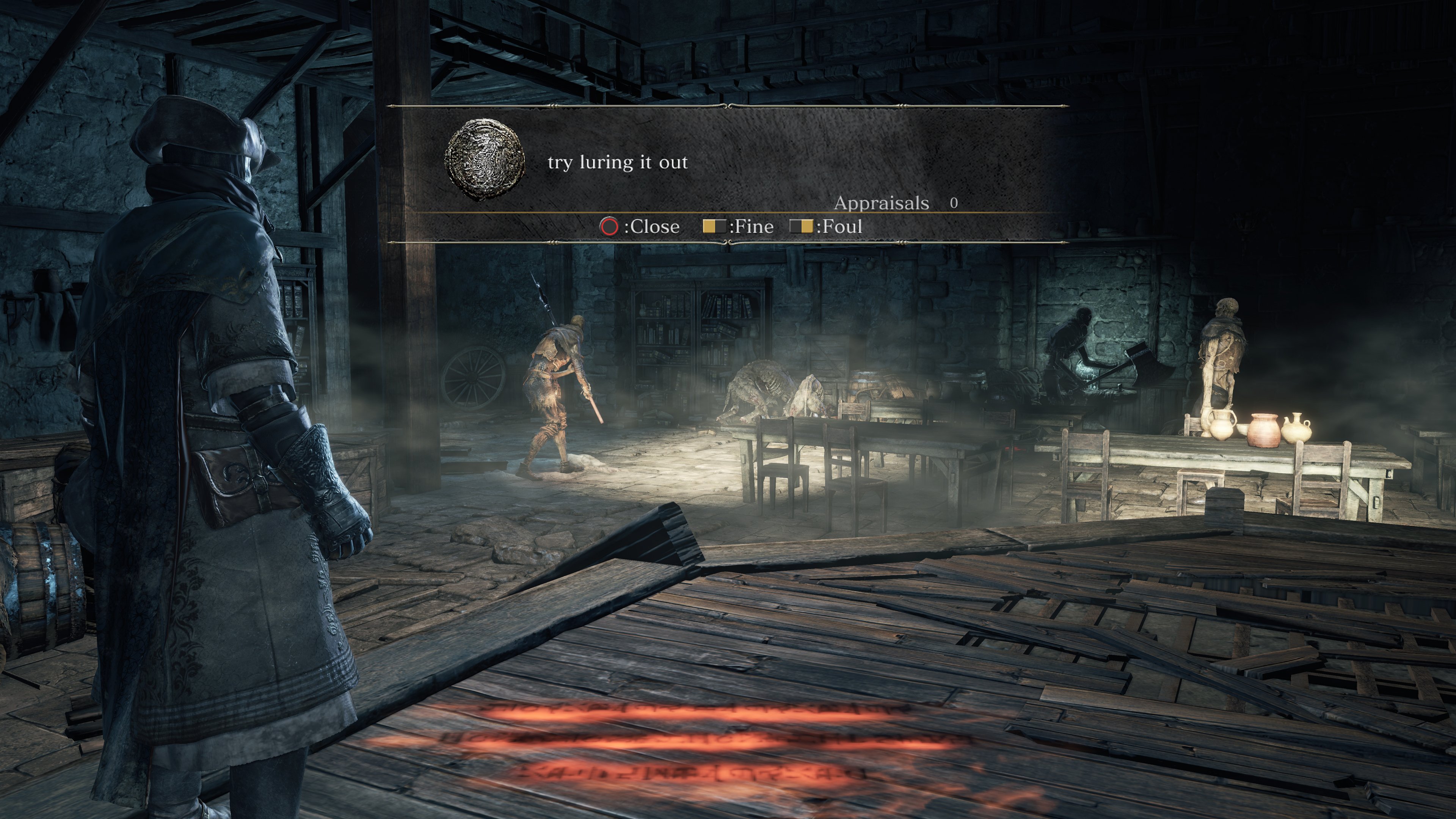
-
dark-souls-iii #41
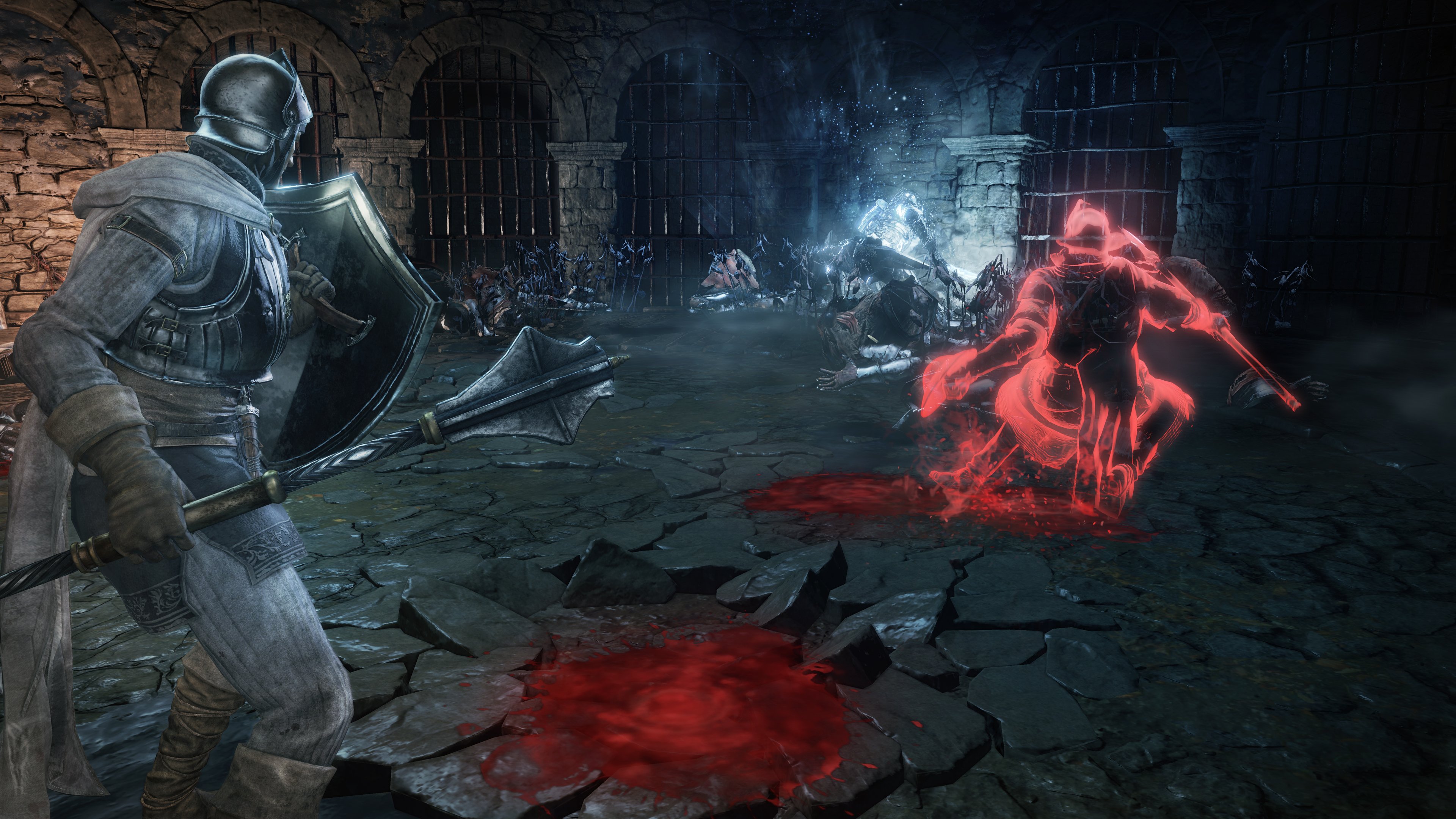
-
dark-souls-iii #42
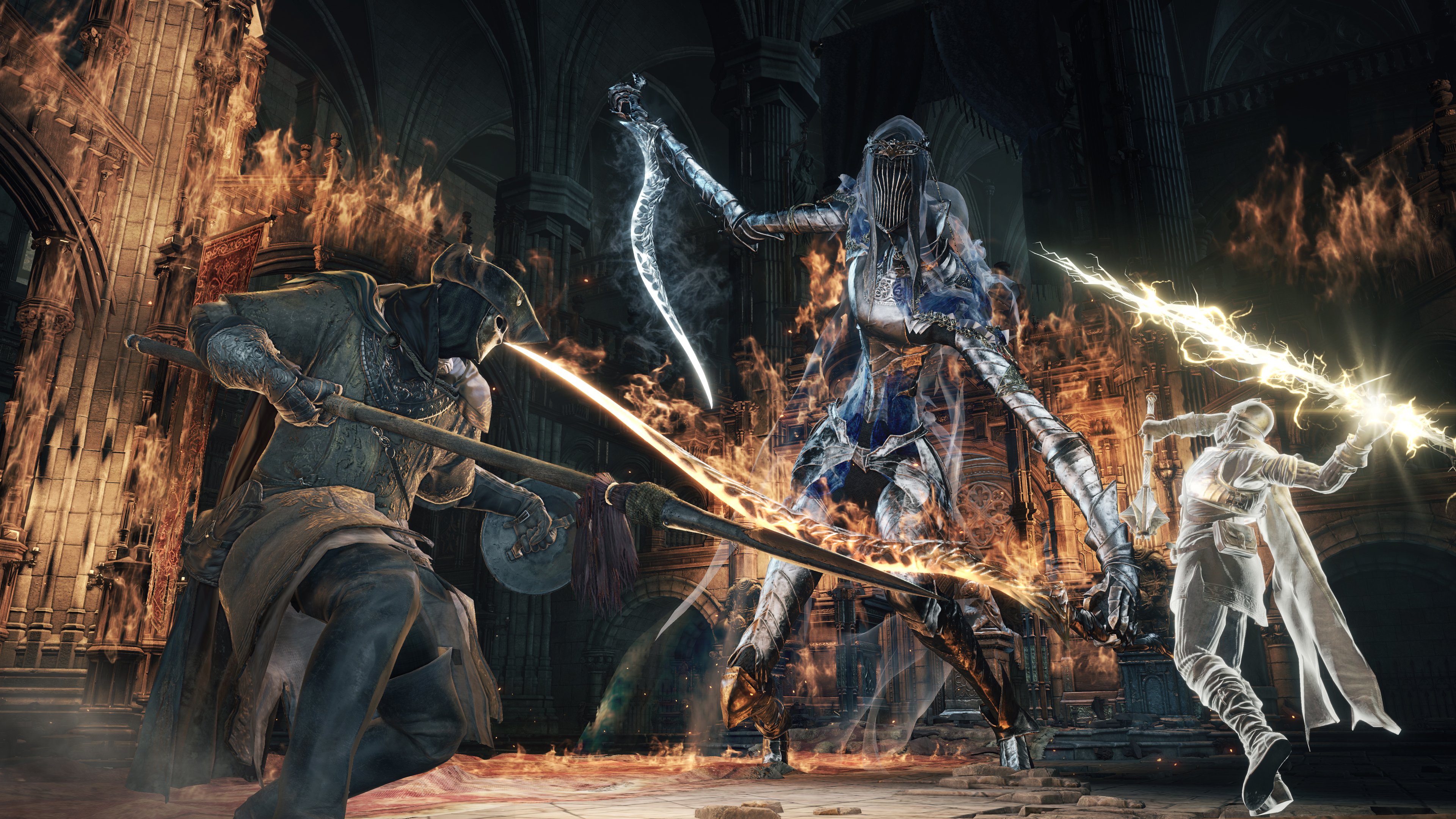
-
dark-souls-iii #43
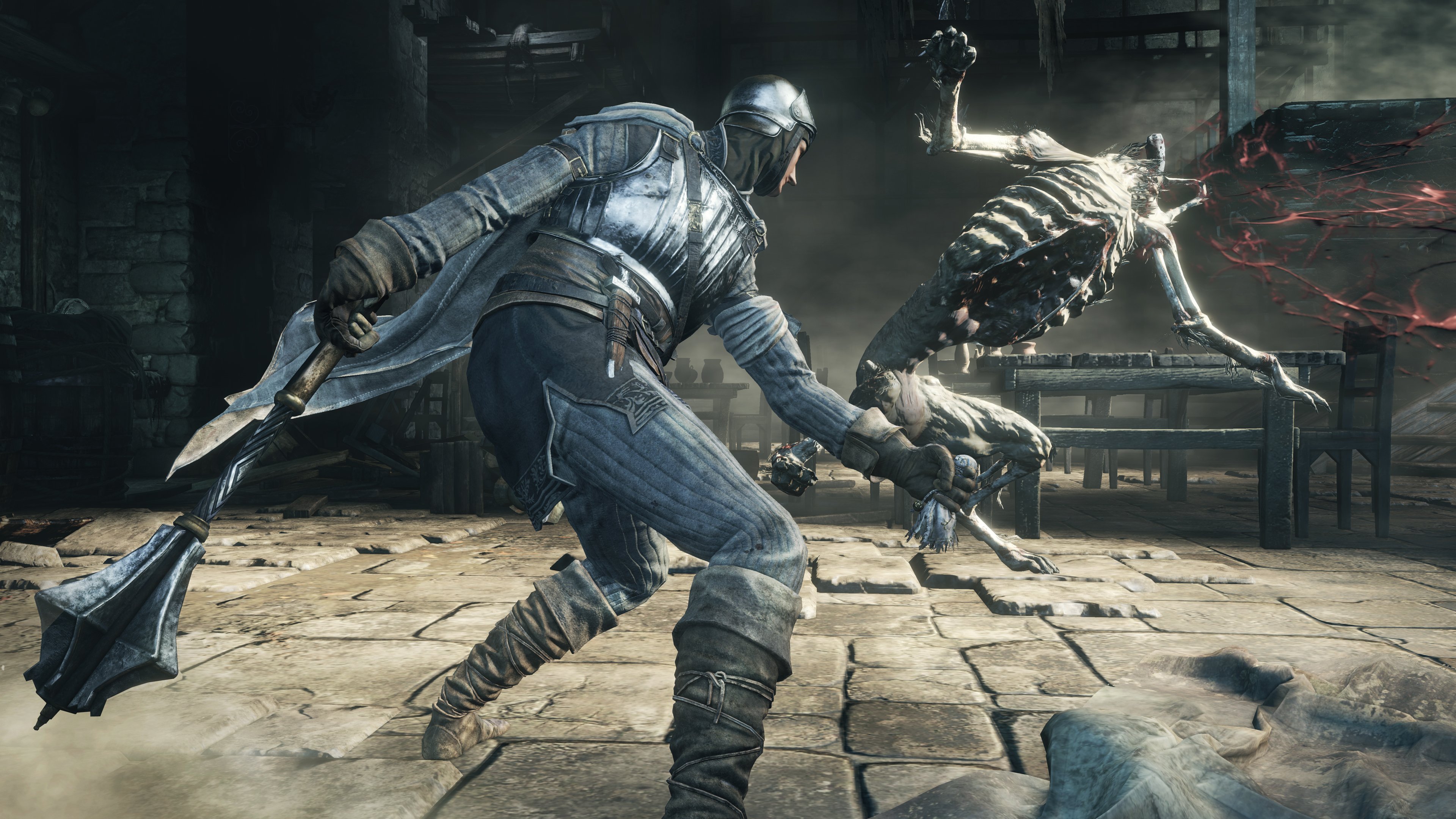
-
dark-souls-iii #44
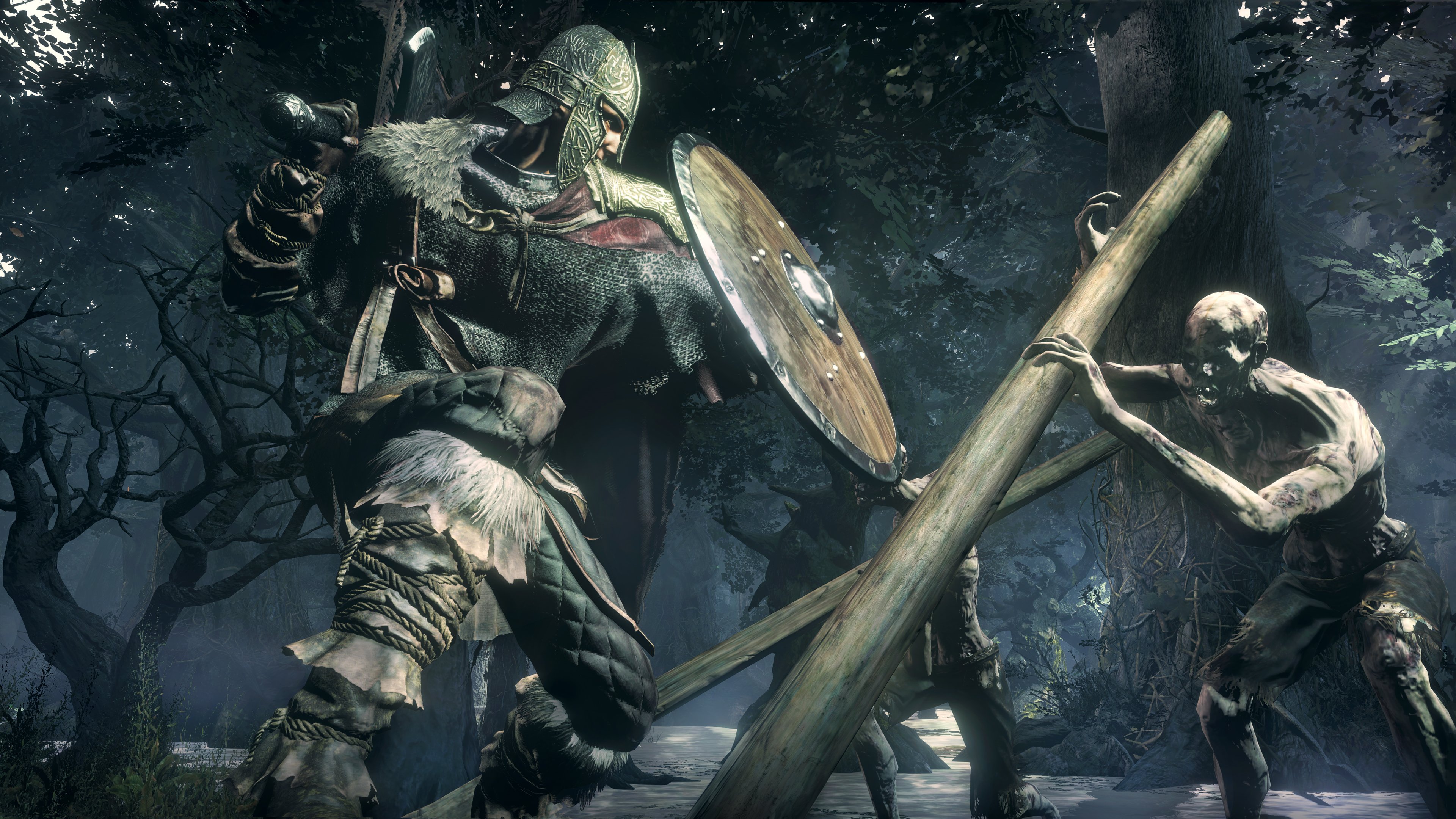
-
dark-souls-iii #45
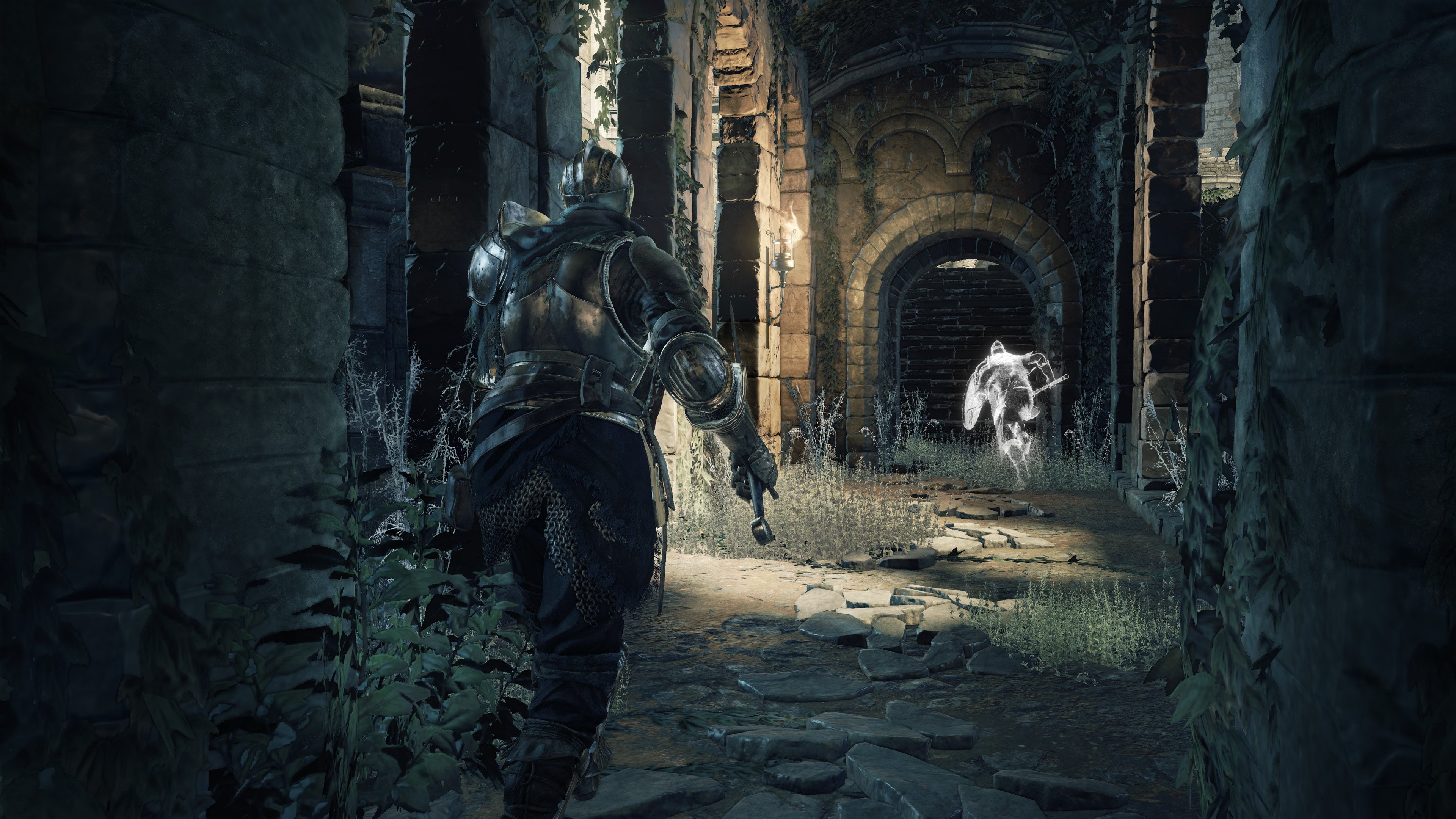
-
dark-souls-iii #46
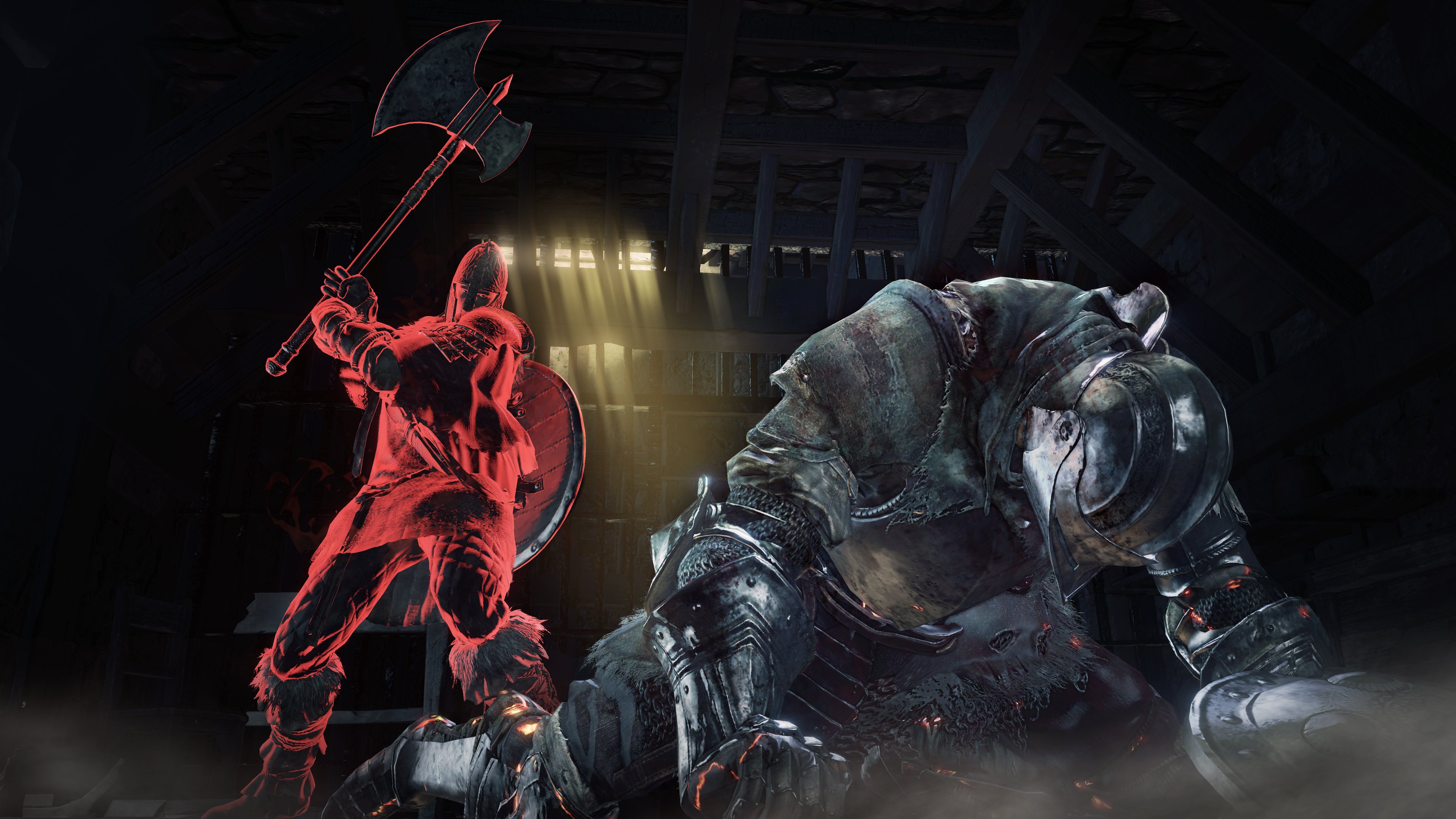
-
dark-souls-iii #47
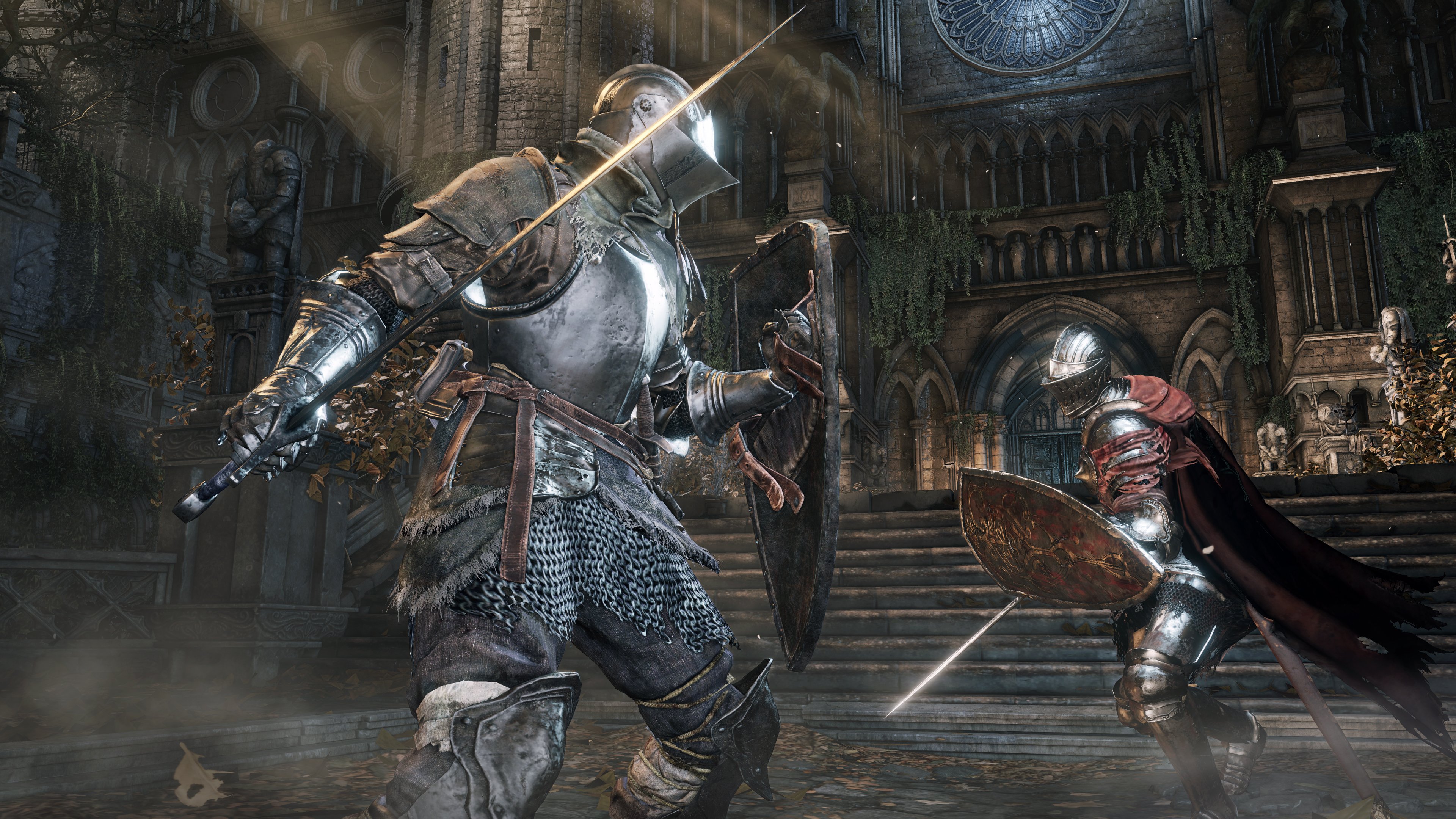
-
dark-souls-iii #48
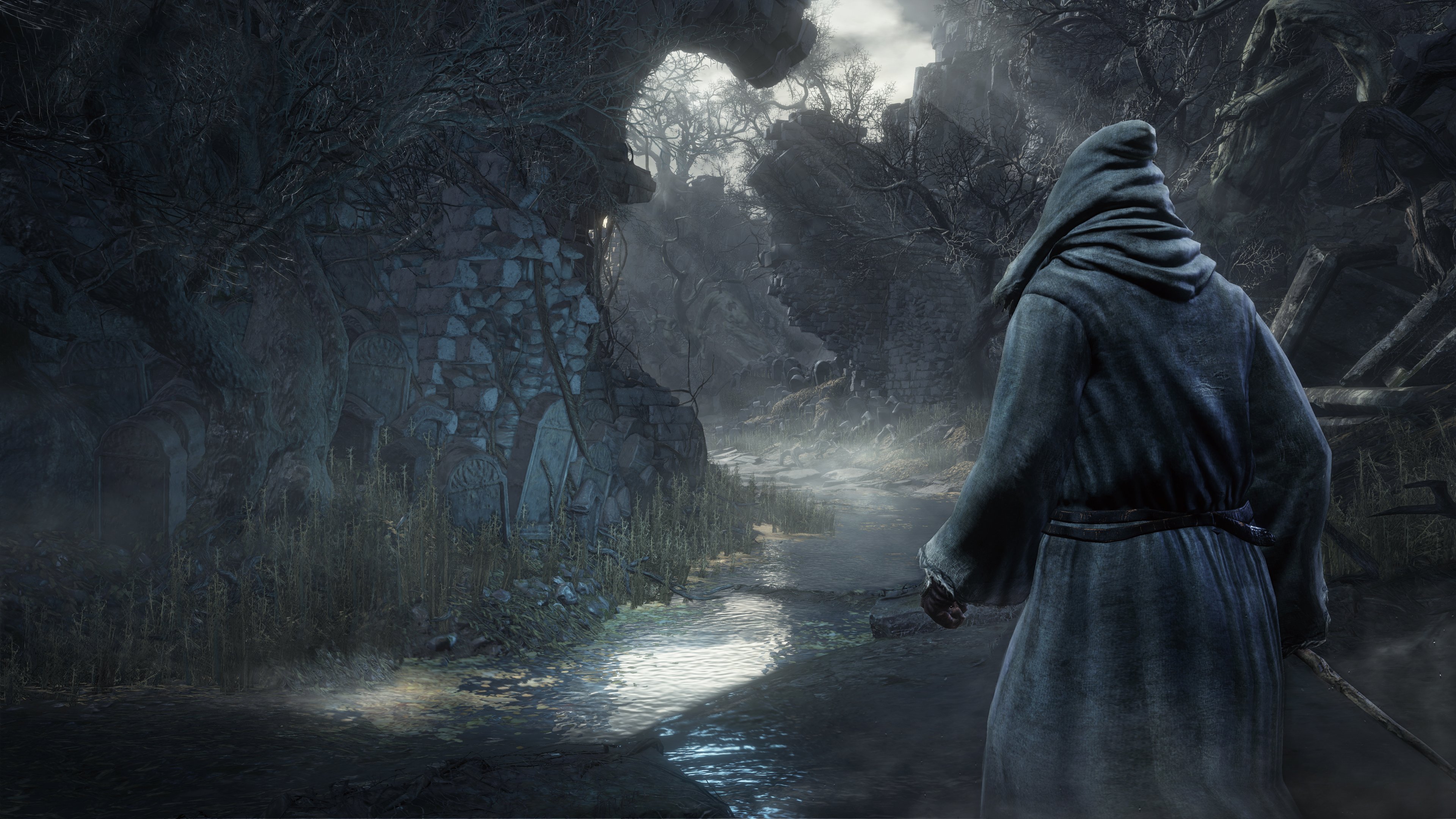
-
dark-souls-iii #49
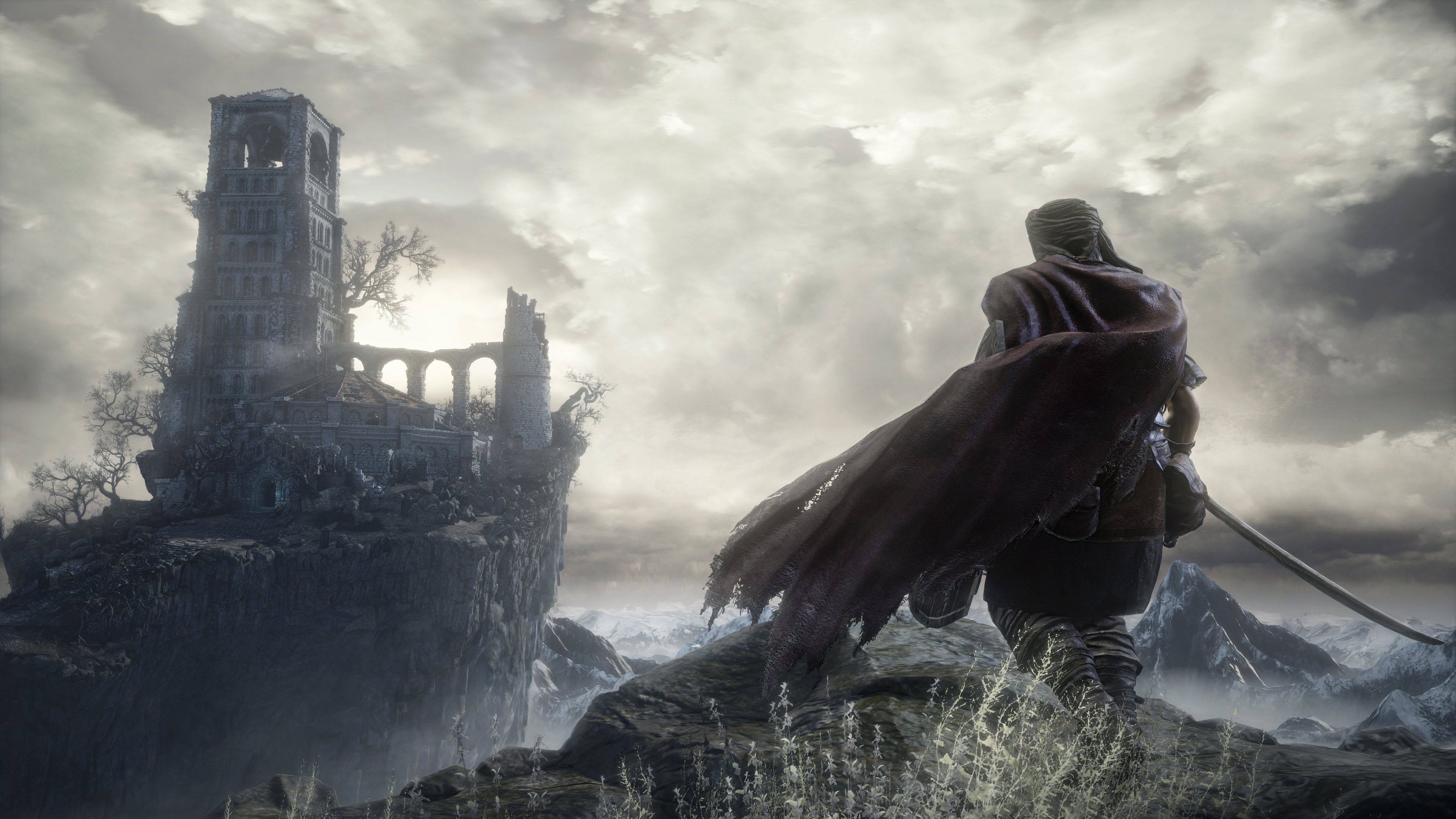
-
dark-souls-iii #50
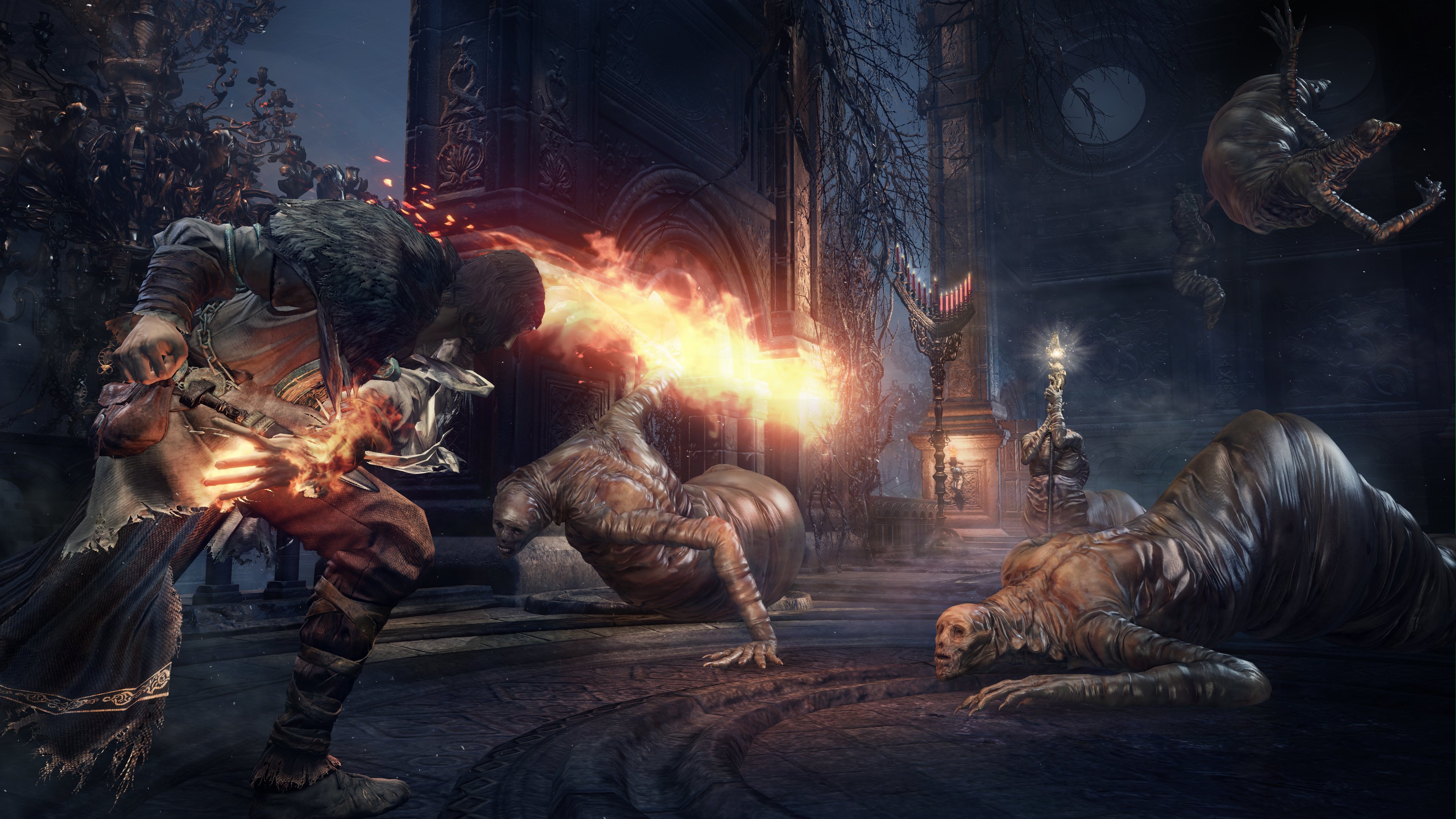
-
dark-souls-iii #51
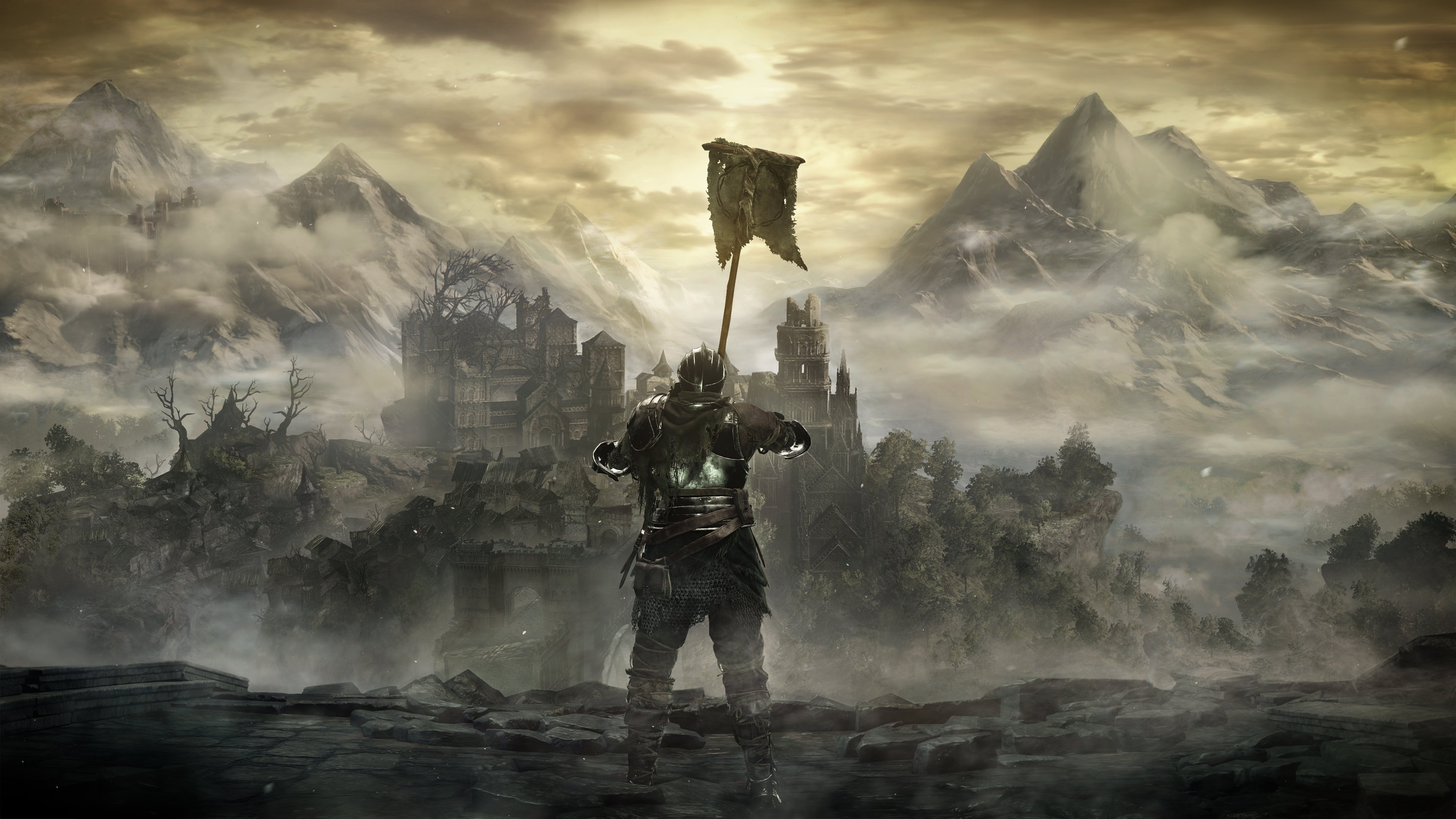
-
dark-souls-iii #52
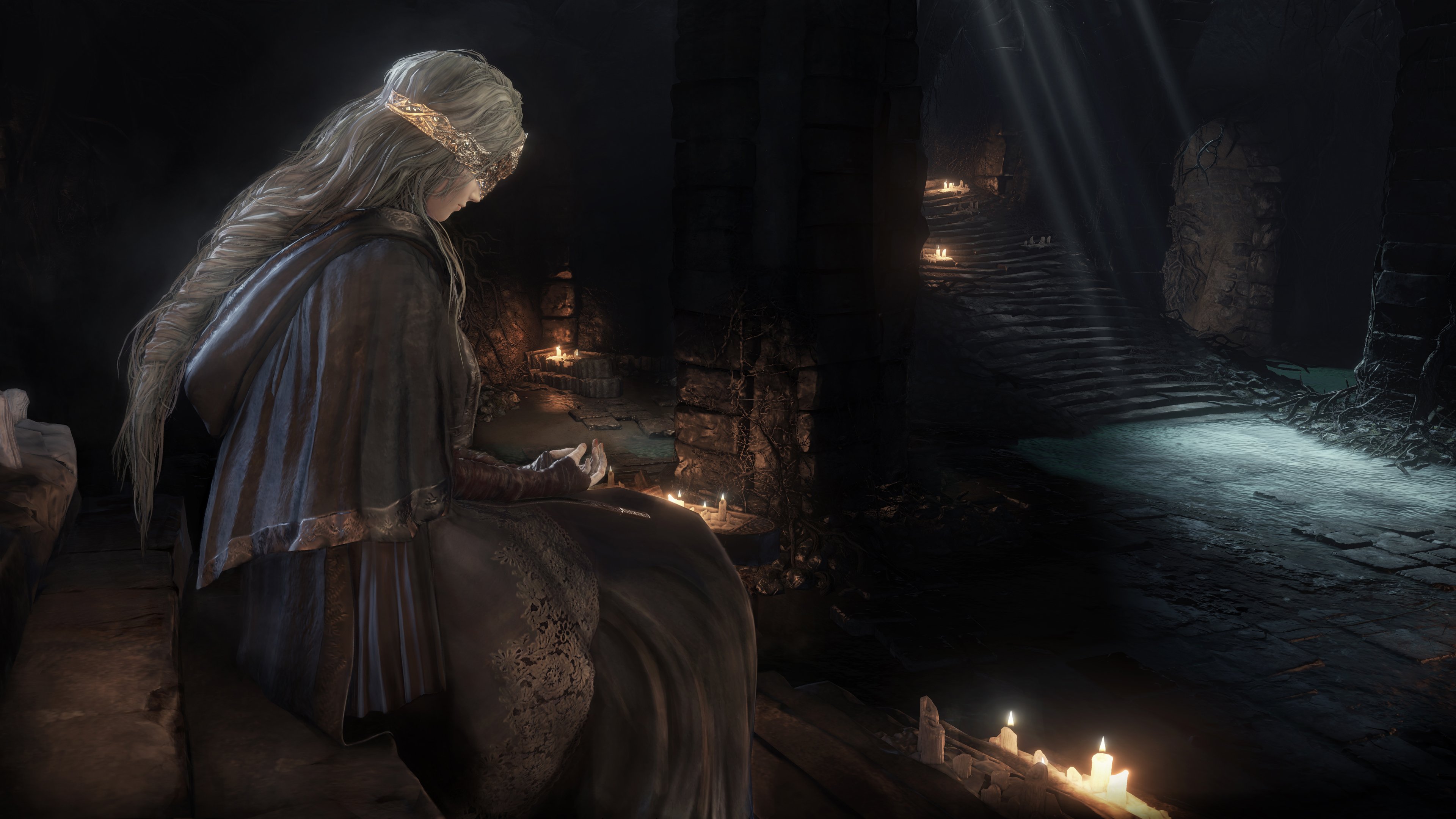
-
dark-souls-iii #53
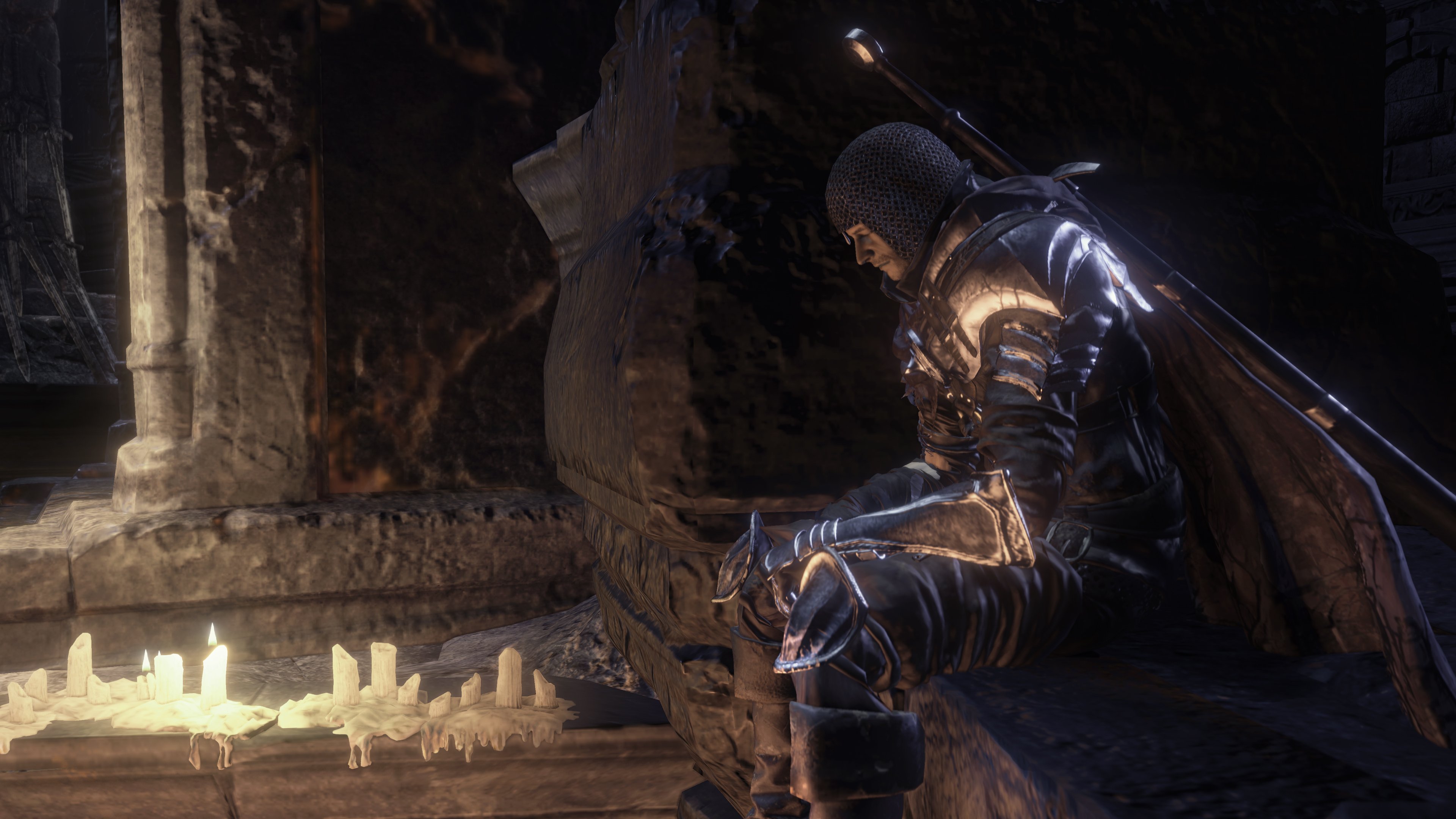
-
dark-souls-iii #54
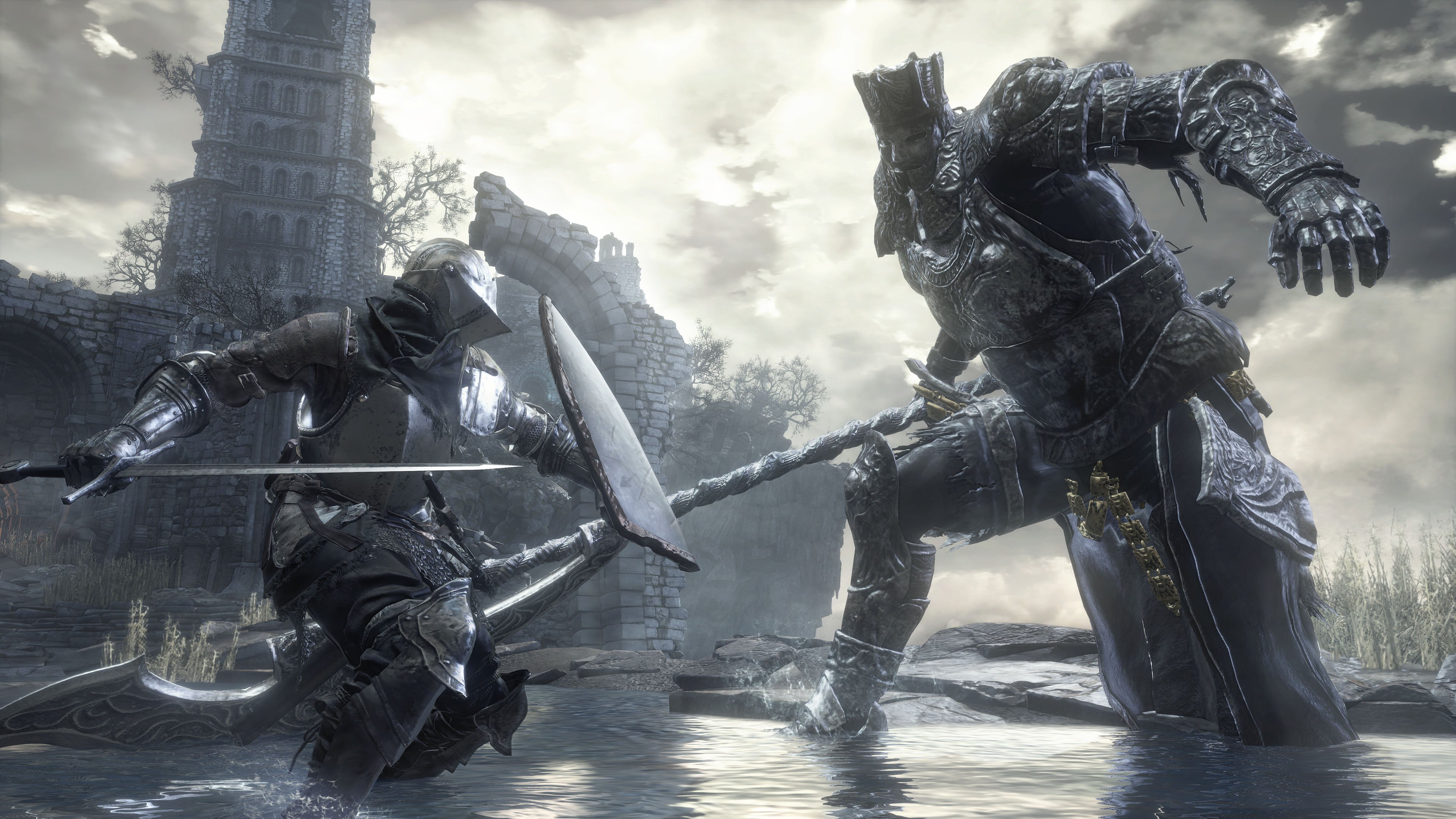
-
dark-souls-iii #55
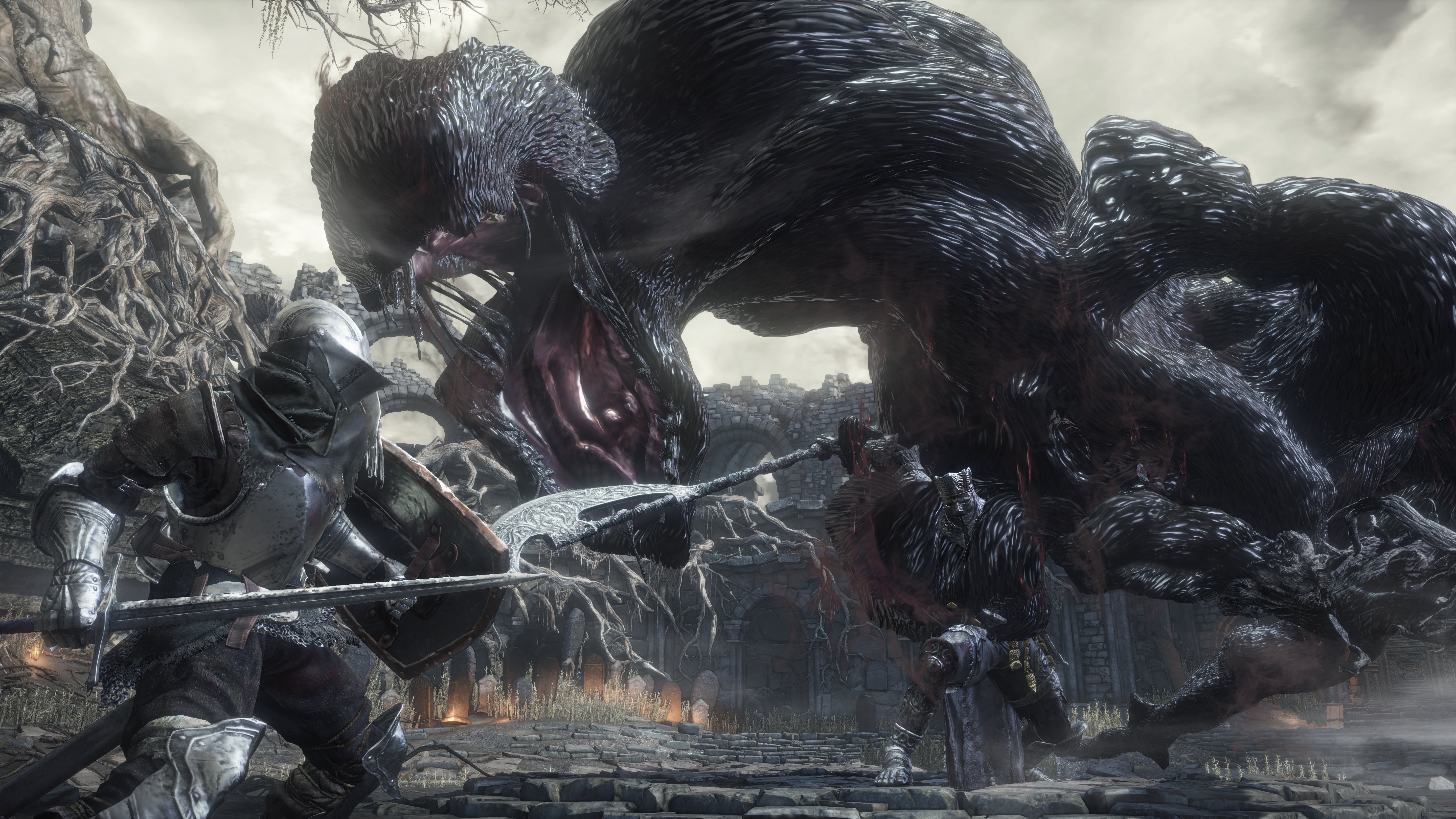
-
dark-souls-iii #56
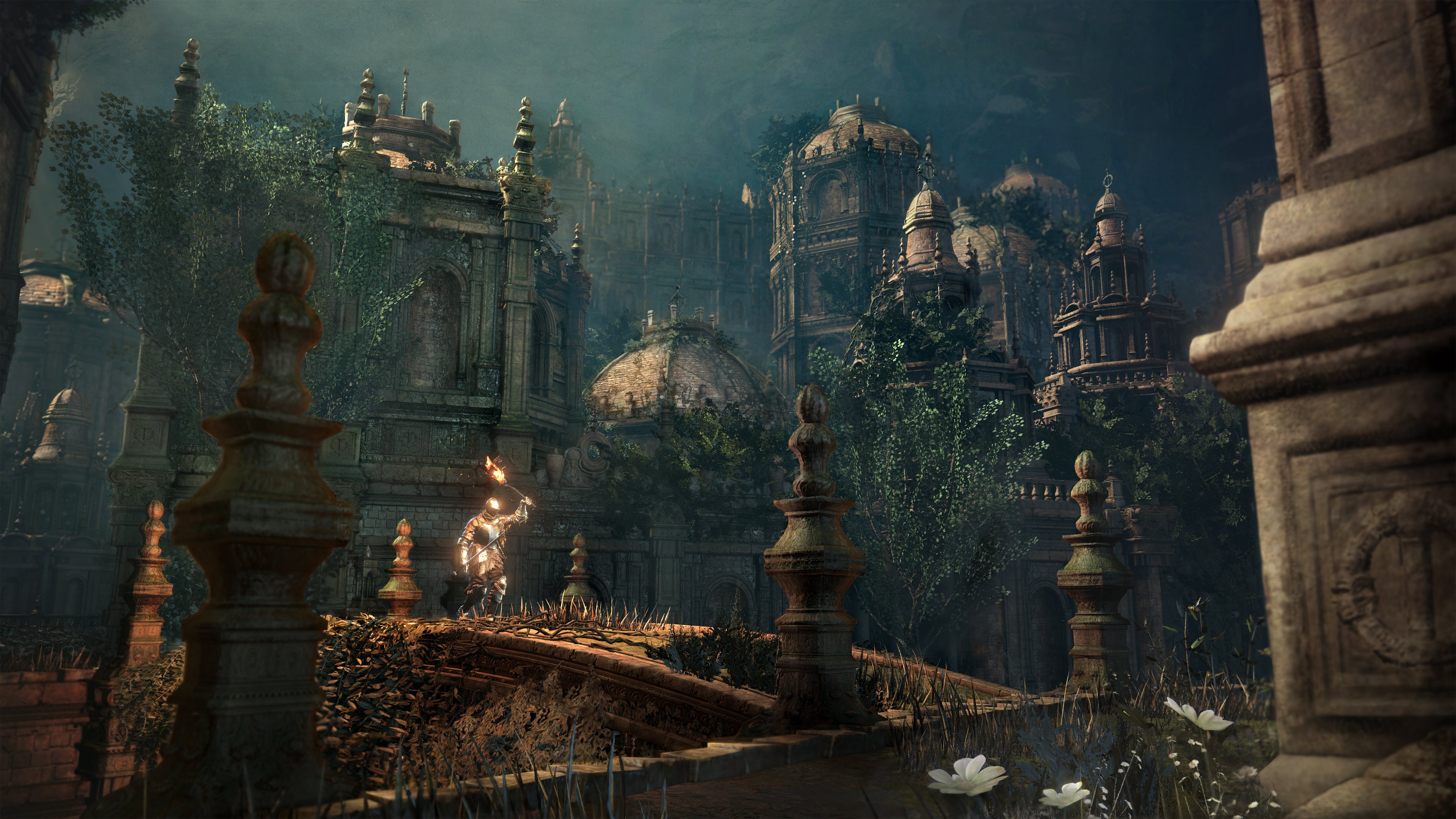
-
dark-souls-iii #57
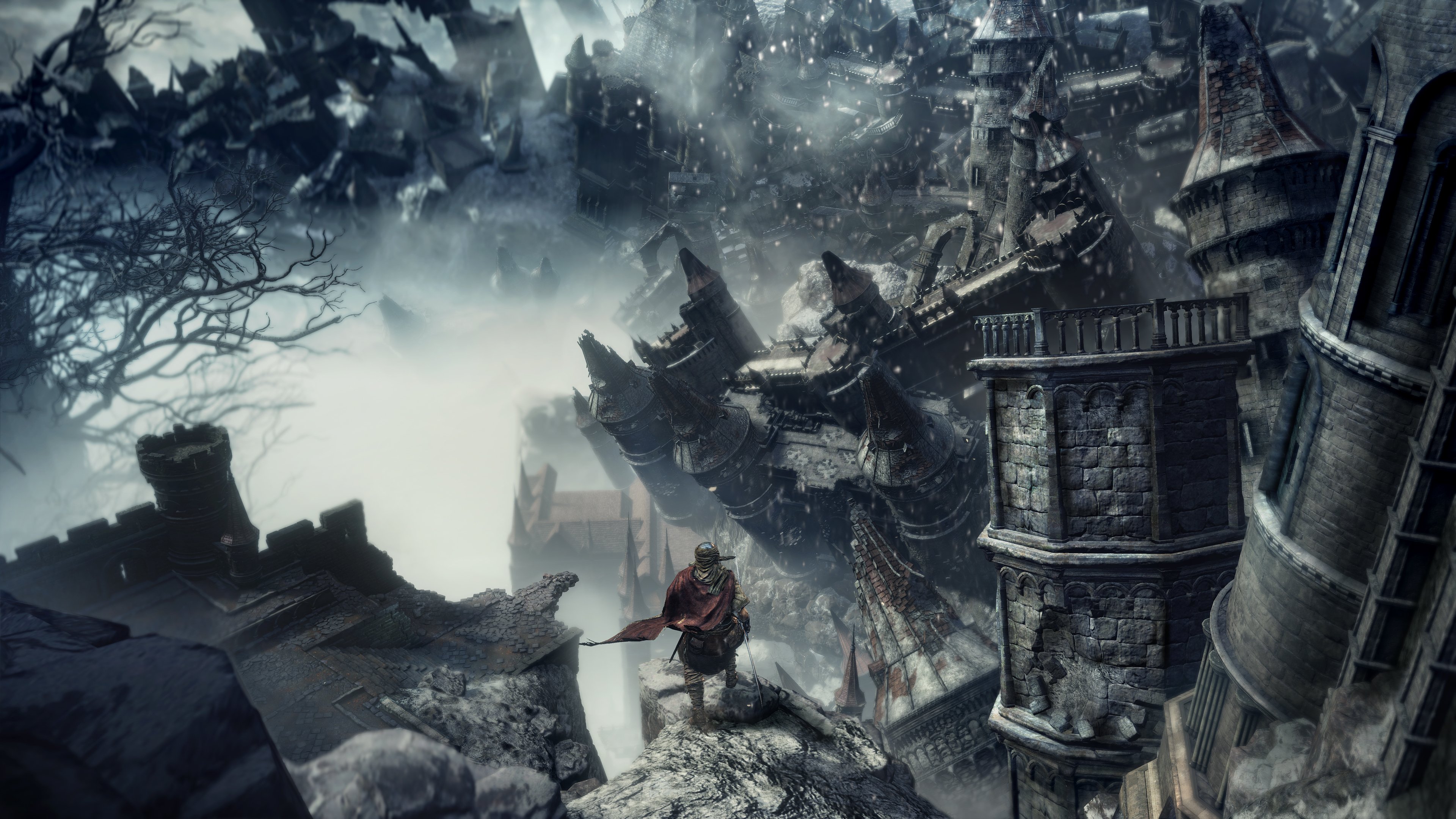
-
dark-souls-iii #58
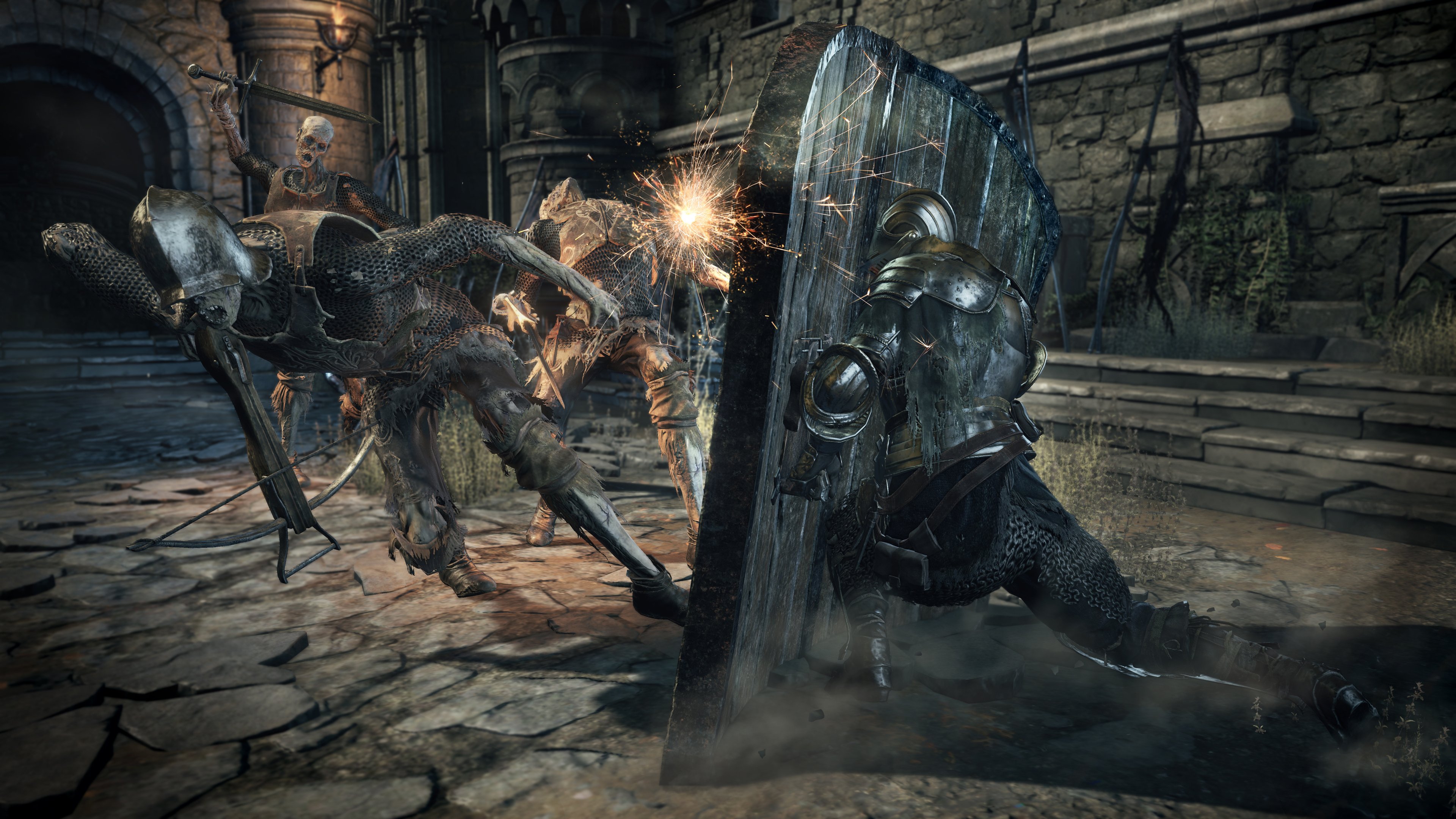
-
dark-souls-iii #59
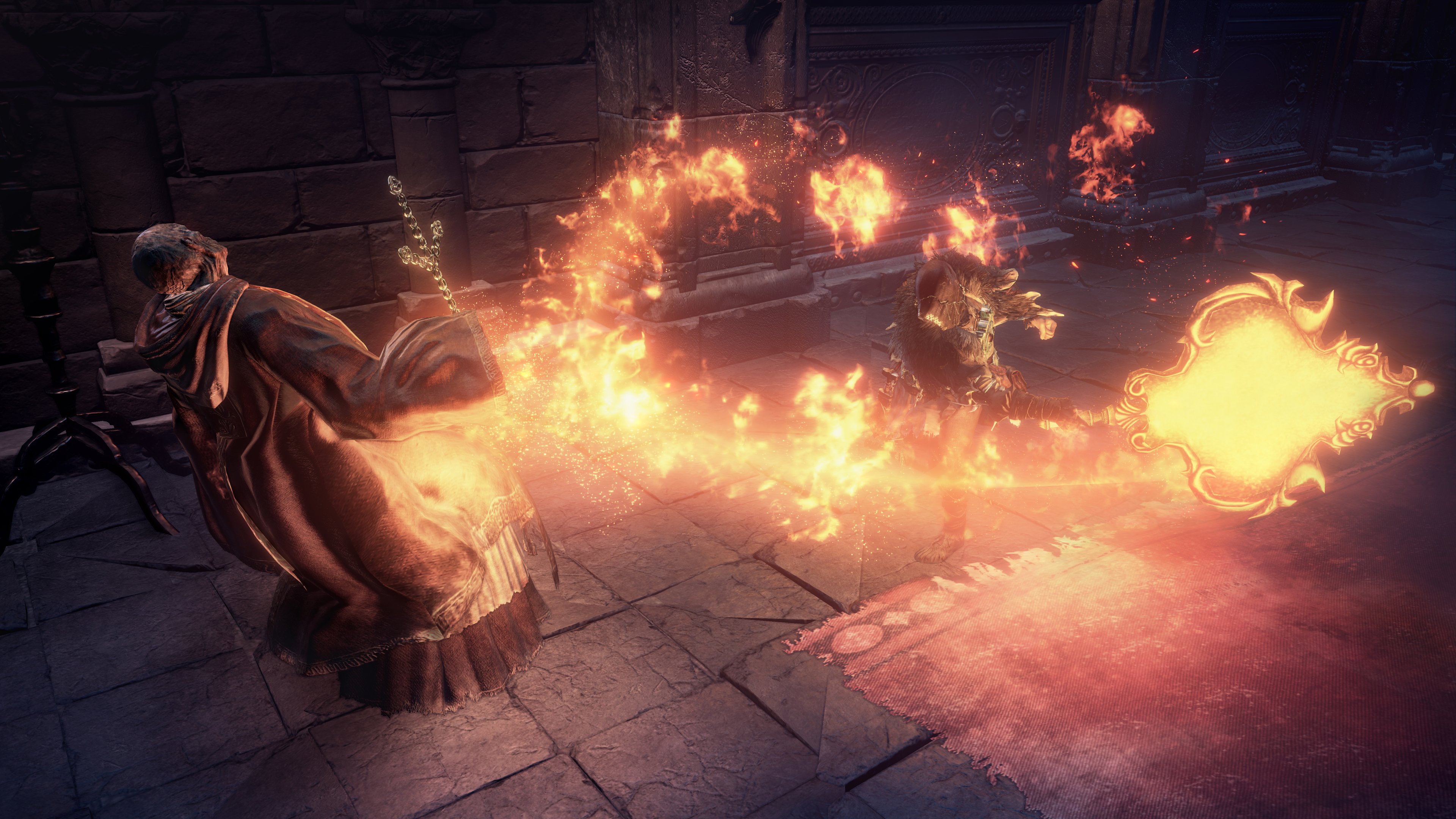
-
dark-souls-iii #60
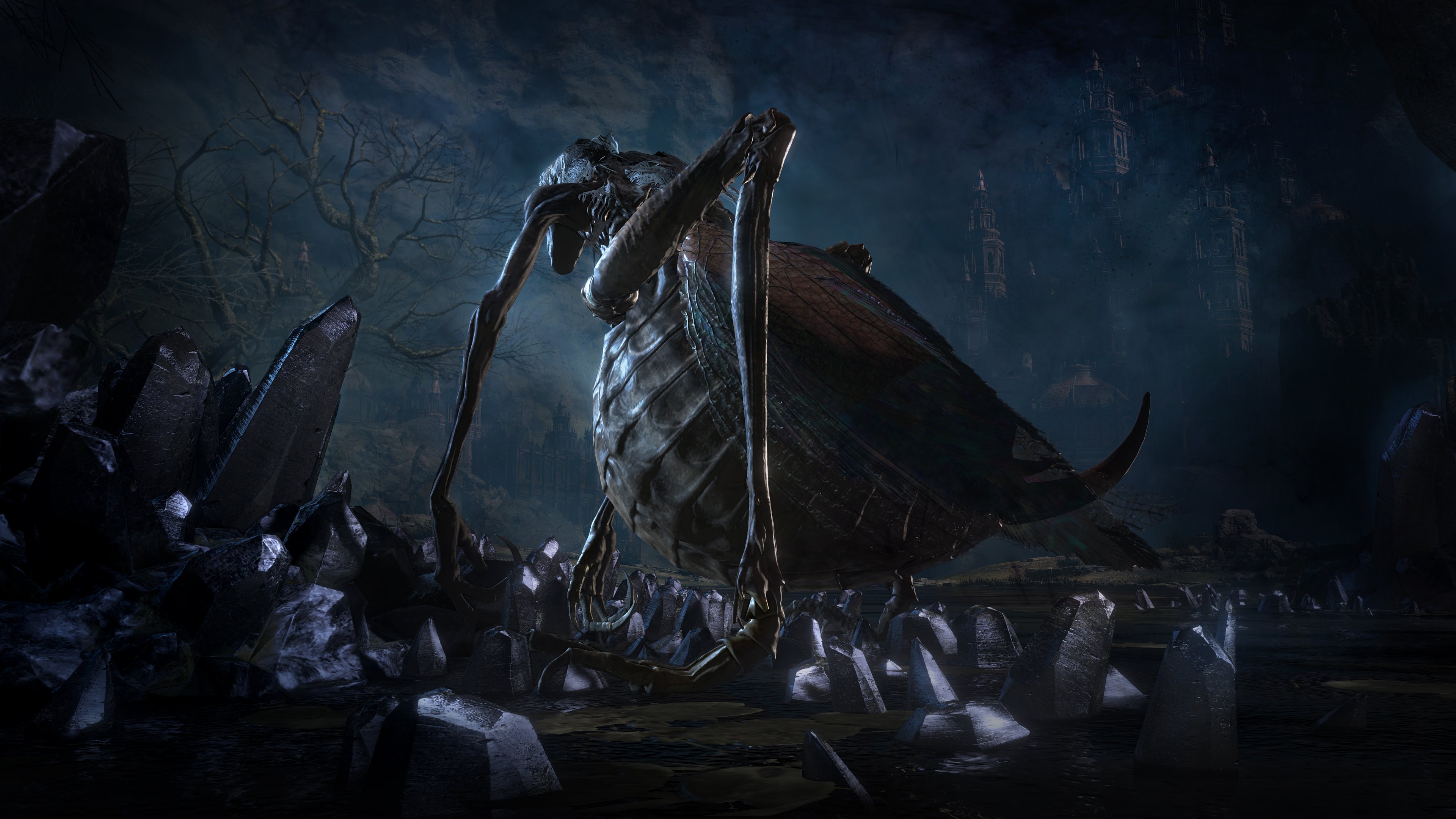
-
dark-souls-iii #61
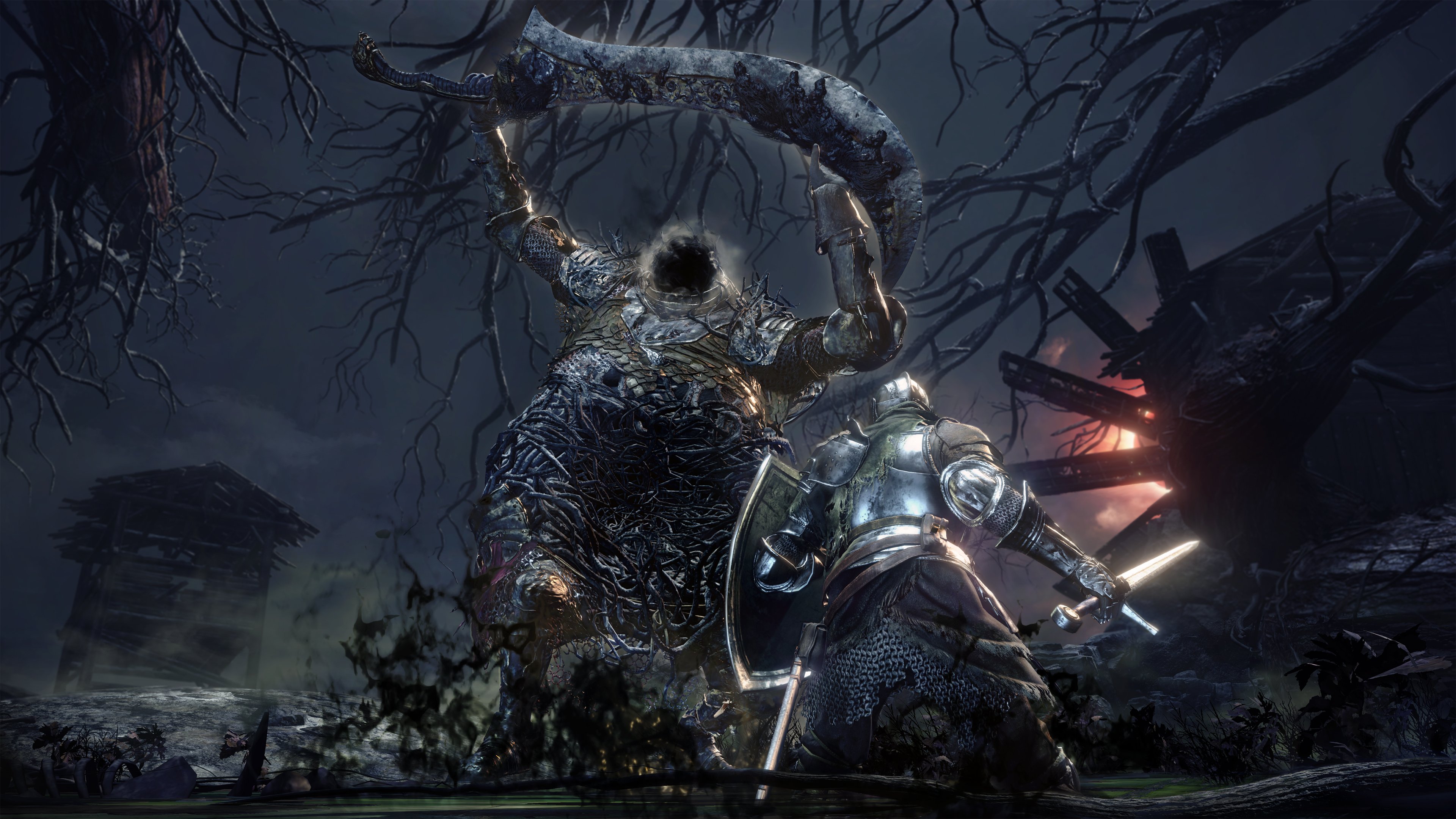
-
dark-souls-iii #62
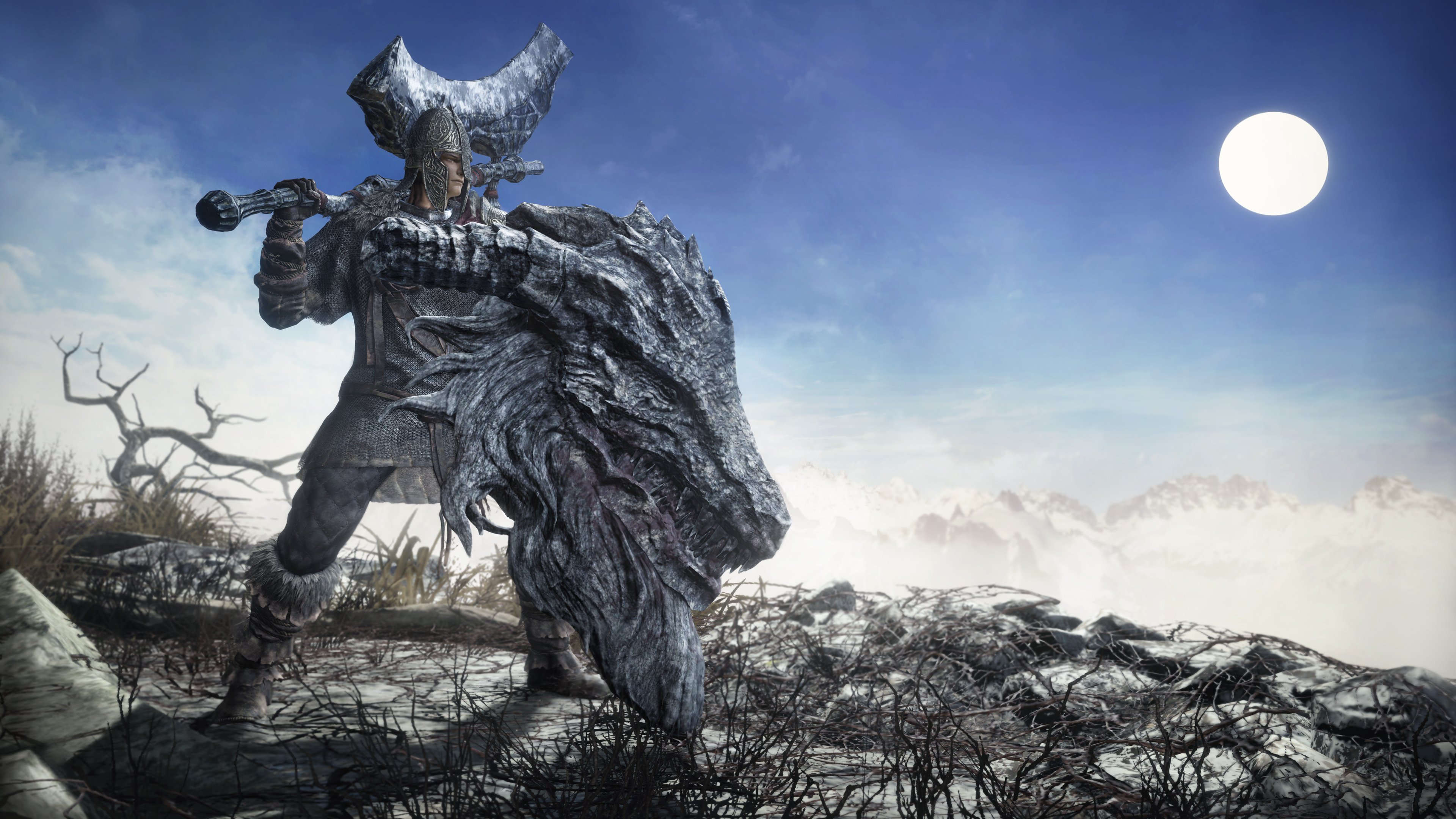
-
dark-souls-iii #63
